Worple Road to Church Road: History of the Wimbledon grounds
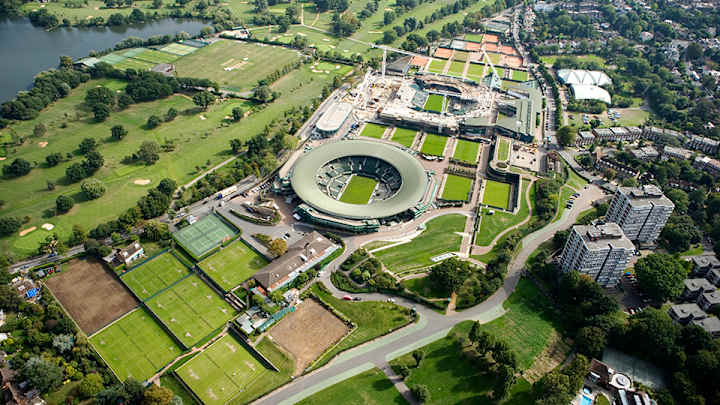
If you go to the original site of the All England Lawn Tennis Club today, you may find students at Wimbledon High School getting in a bit of exercise.
Since its start in 1877, the world’s oldest tennis tournament has enjoyed two homes, both in London’s southwest suburb of Wimbledon. The AELTC was founded as a croquet club in 1868 on four acres of leased meadowland between Wimbledon’s Worple Road and a railway line. As lawn tennis gained popularity over the next few years, the club added the sport to its offerings and the first edition of The Championships—open only to men, with 21 competitors—was held in 1877. By 1884, the AELTC added permanent stands around the club’s Centre Court, named for its location within the grounds.
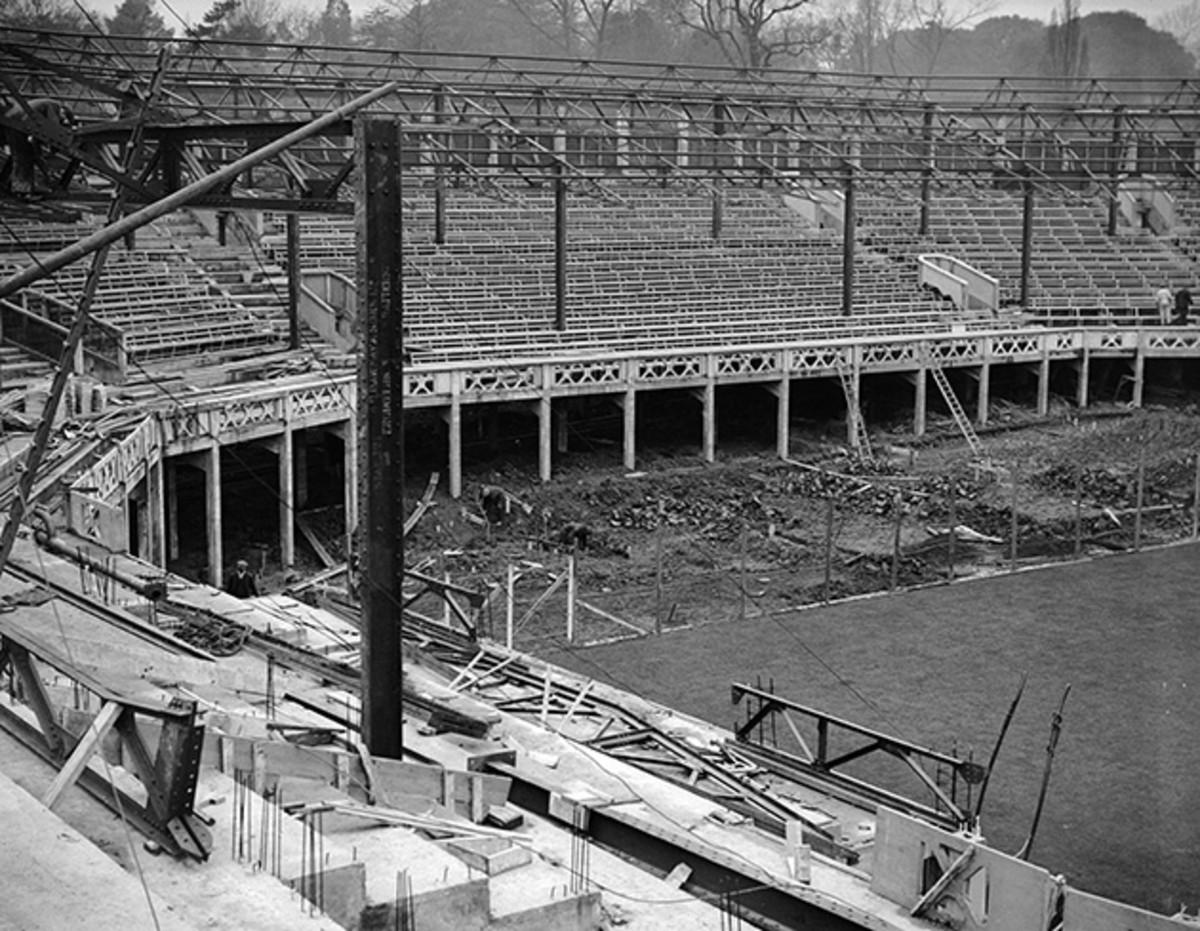
The Worple Road site enjoyed modest growth prior to World War I, but shortly after the war the tournament had simply outgrown its leased site and the All England Club purchased land off nearby Church Road in 1920, playing there for the first time in 1922. (Upon moving from Worple Road, the site transitioned and is now used by local students at Wimbledon High School.)
As attention turned to Church Road, the focus on that location has remained there for over 95 years. When opened it in 1922, the 14,000-seat Centre Court was joined by 12 other courts. The original No. 2 Court came in 1923 and the original No. 1 Court in 1924.
• Inside the year-long process to prepare the Wimbledon grass courts
Just over 15 years after moving to Church Road, World War II put a halt on the tournament from 1940 through 1945, including the bombing of Centre Court in 1940. During the war, the facilities housed fire and ambulance services and a decontamination unit. Troops camped at the club, including within the concourses.
When the club was restored after the war, growth remained fairly quiet for many decades. A 1,088-seat addition joined the top of Centre Court in 1979, bringing its total capacity to just shy of 15,000 seats, including 74 dark green Lloyd Loom wicker chairs within the Royal Box, which the Queen attended in 1957, ‘62, ‘77 and 2010.
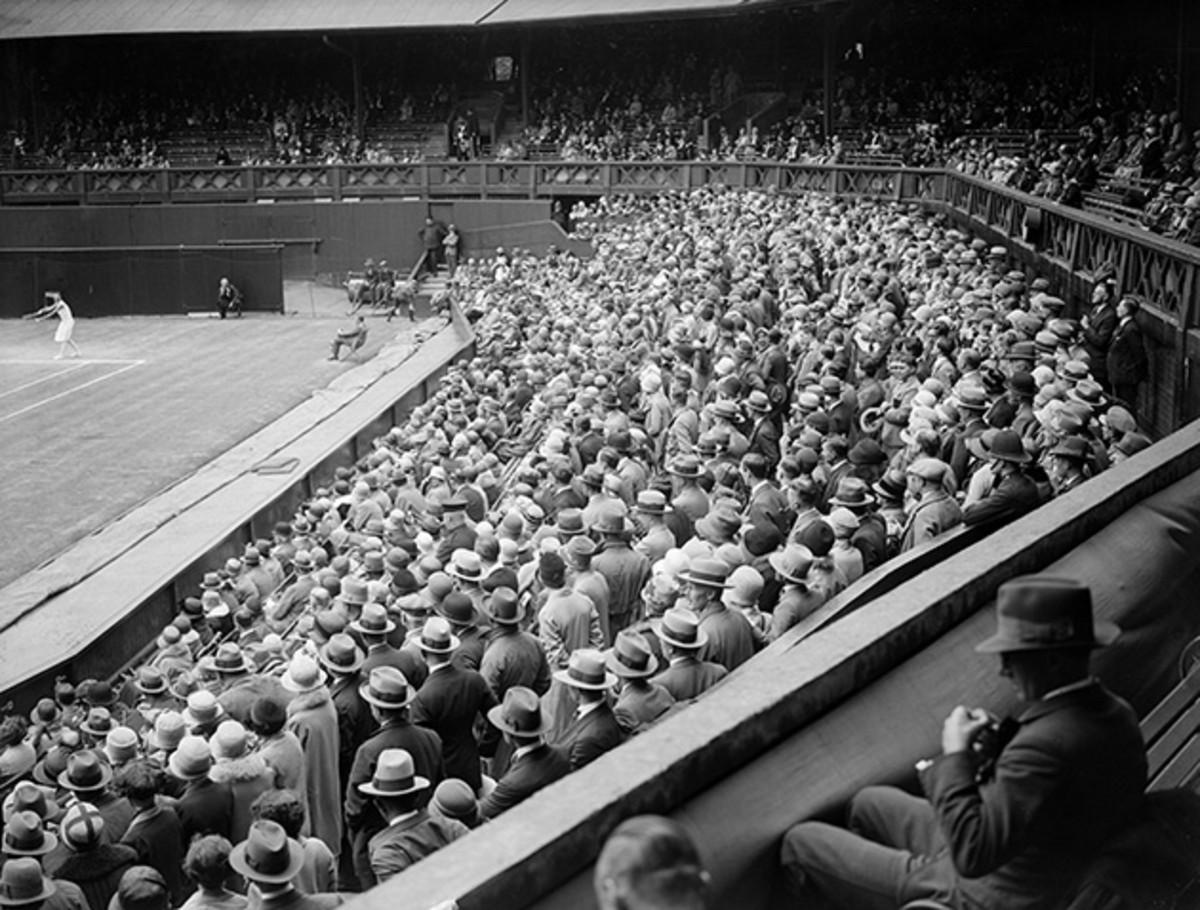
The real changes, though, started in the 1990s.
The addition of a new No. 1 Court in Aorangi Park—the 11 acres located to the north of Centre Court—gave The Championships a second major stadium, this with 11,393 seats. Also in 1997, a new broadcast center and two additional grass courts joined the grounds.
WIMBLEDON 2015 TOP 100 MOMENTS
Top 100 Photos from Wimbledon 2015
Lucie Safarova
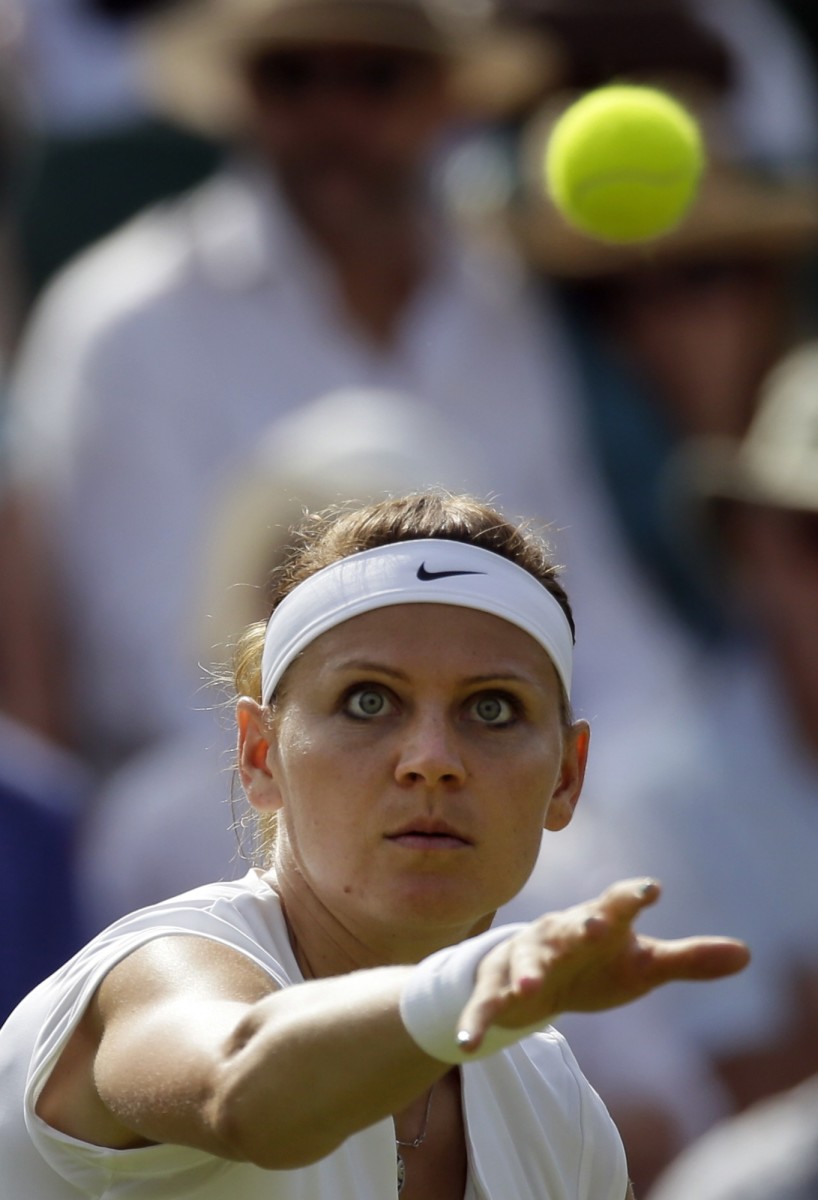
Madison Keys
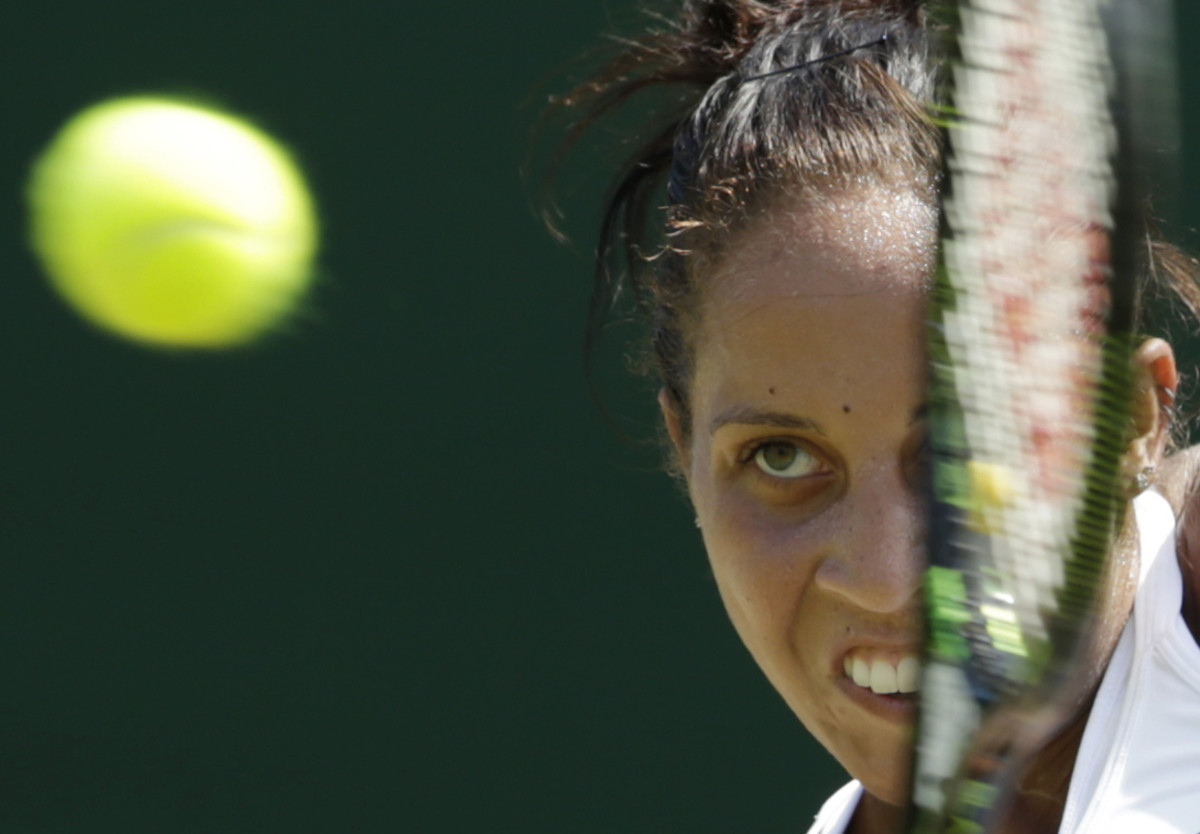
Roger Federer
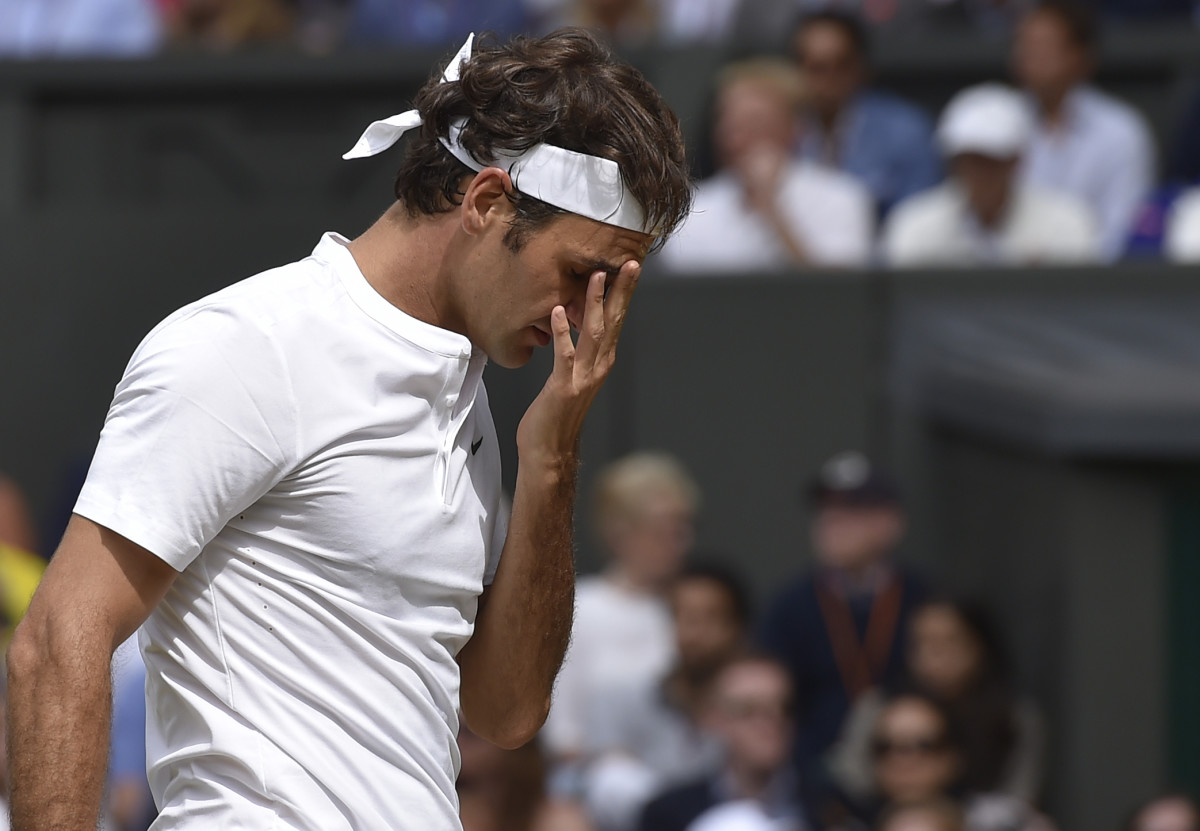
Roger Federer
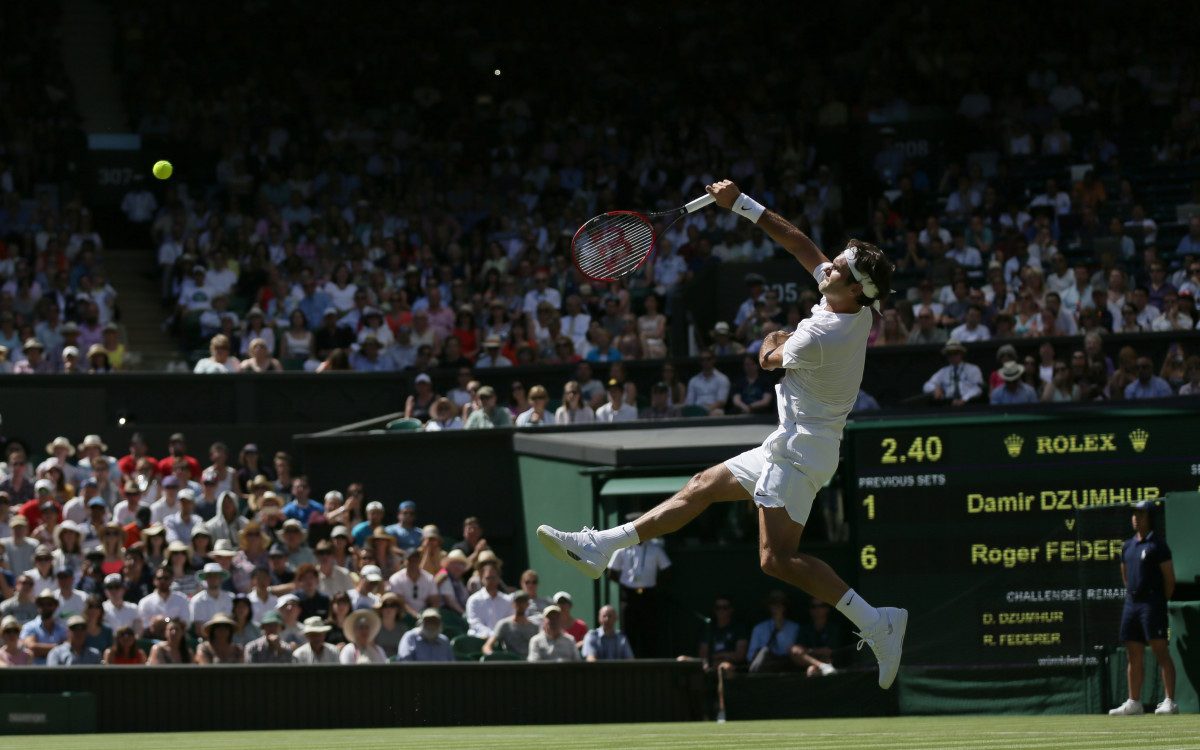
Gael Monfils
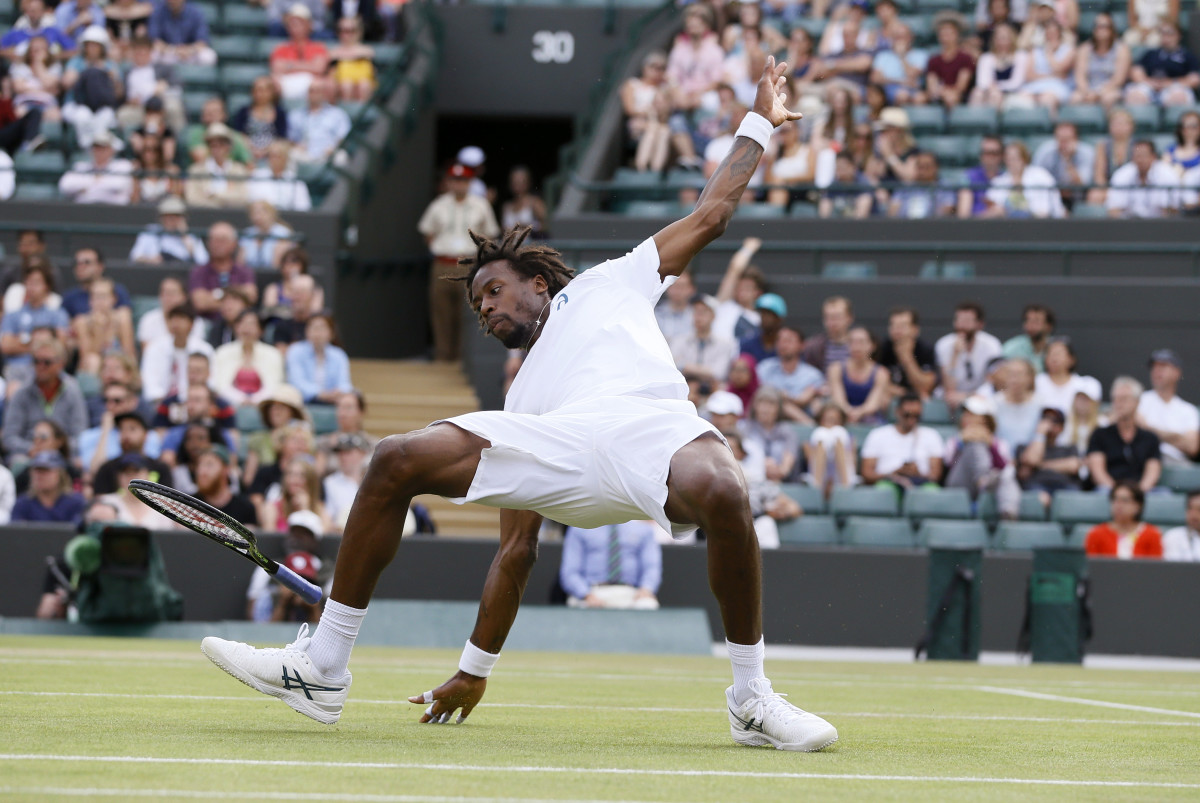
Novak Djokovic
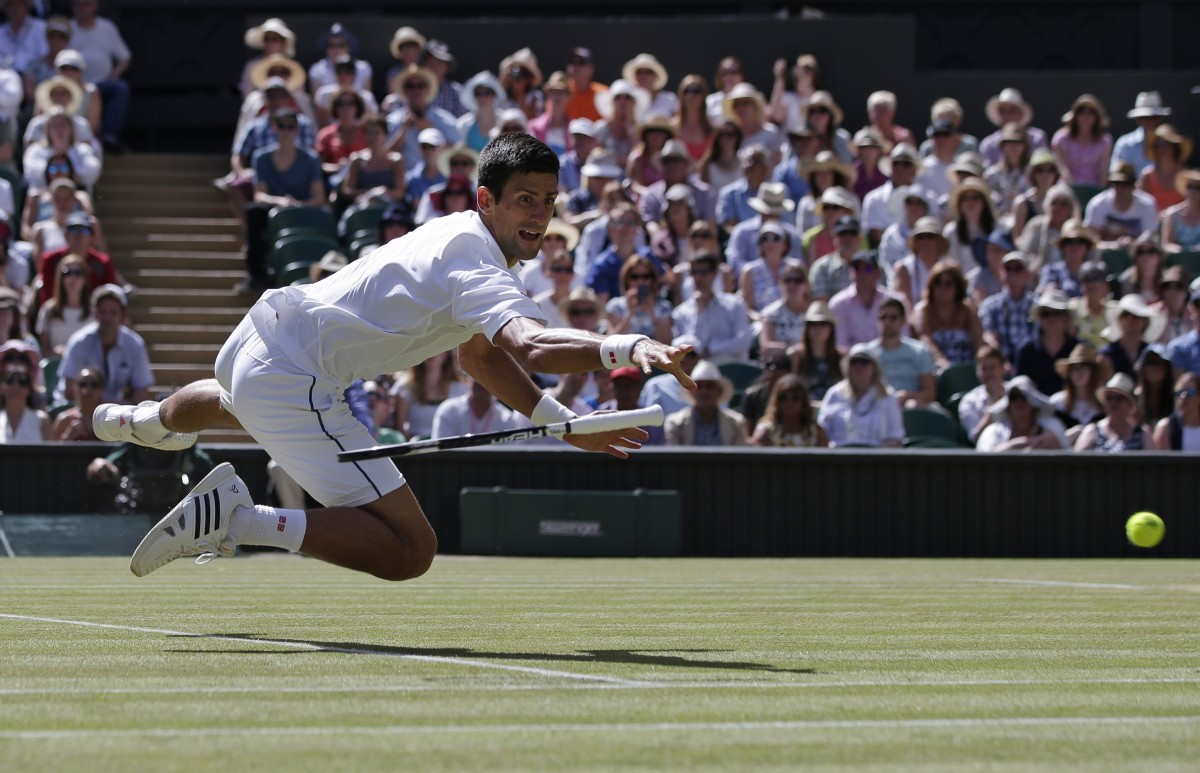
Ricardas Berankis
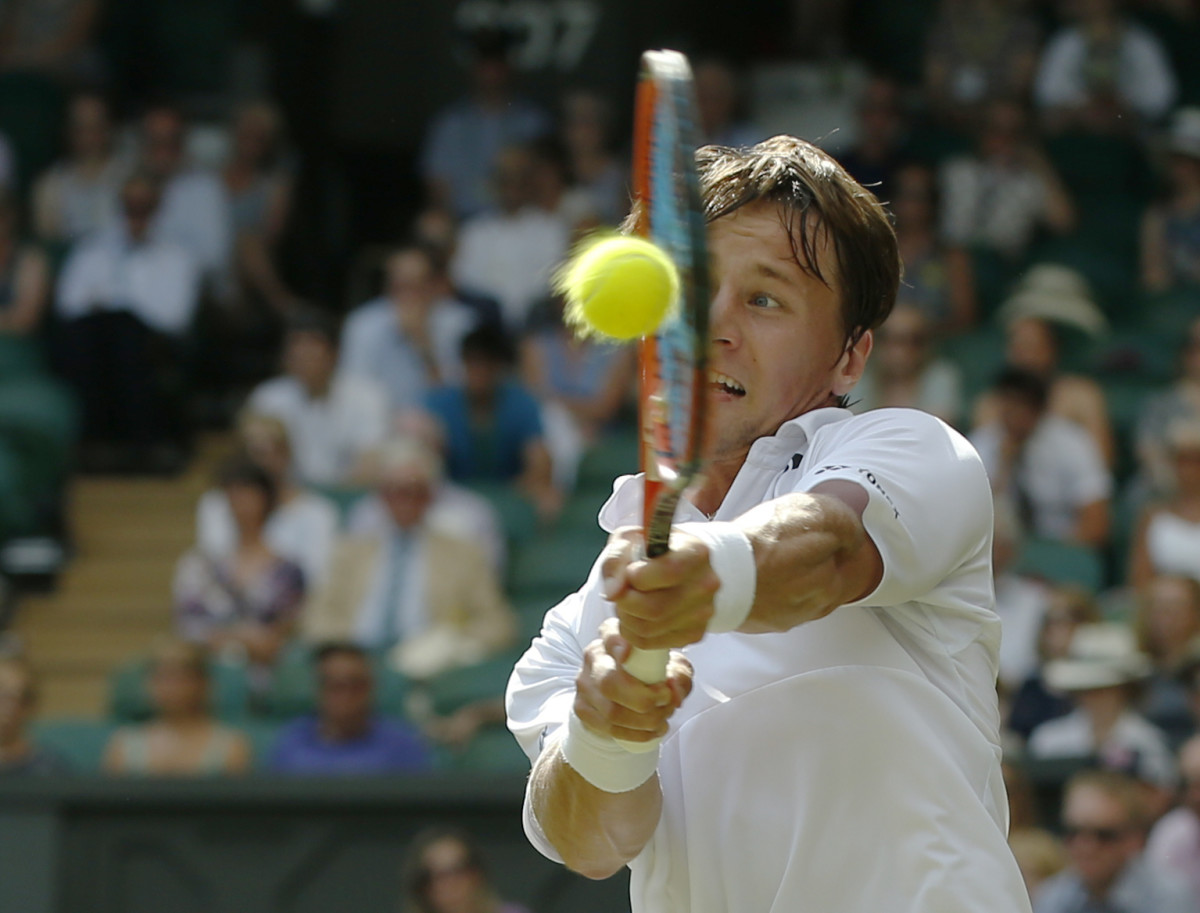
Dustin Brown
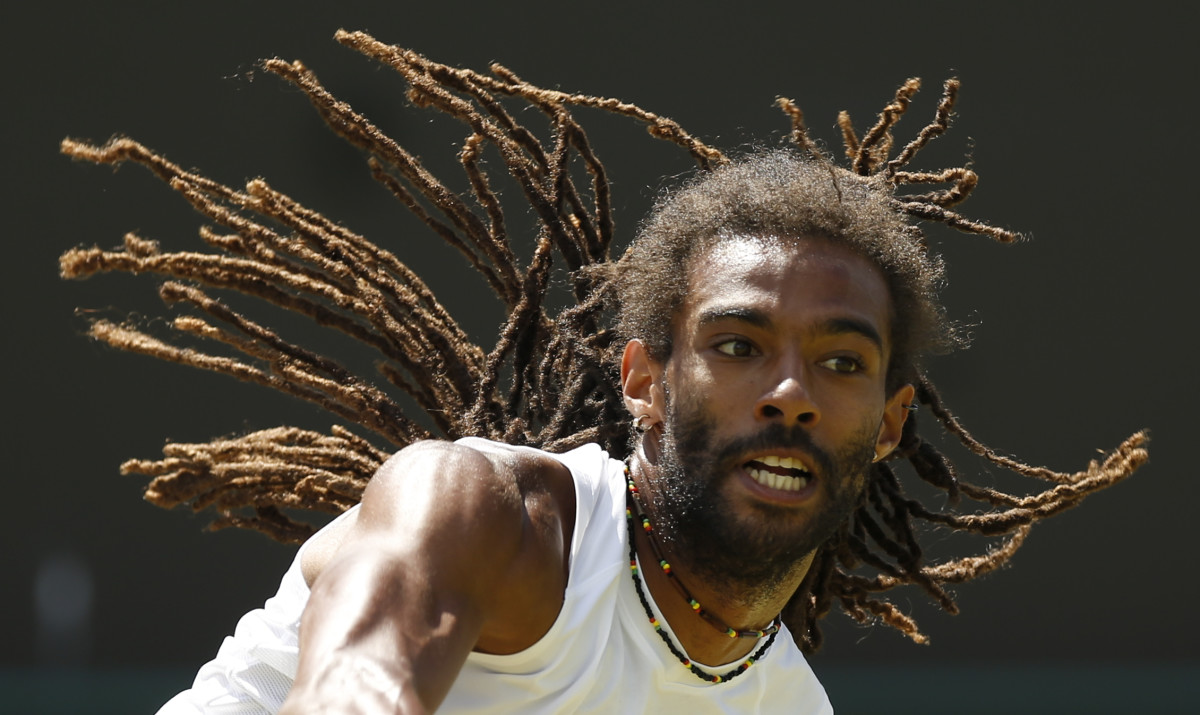
Andy Murray and Amelie Mauresmo
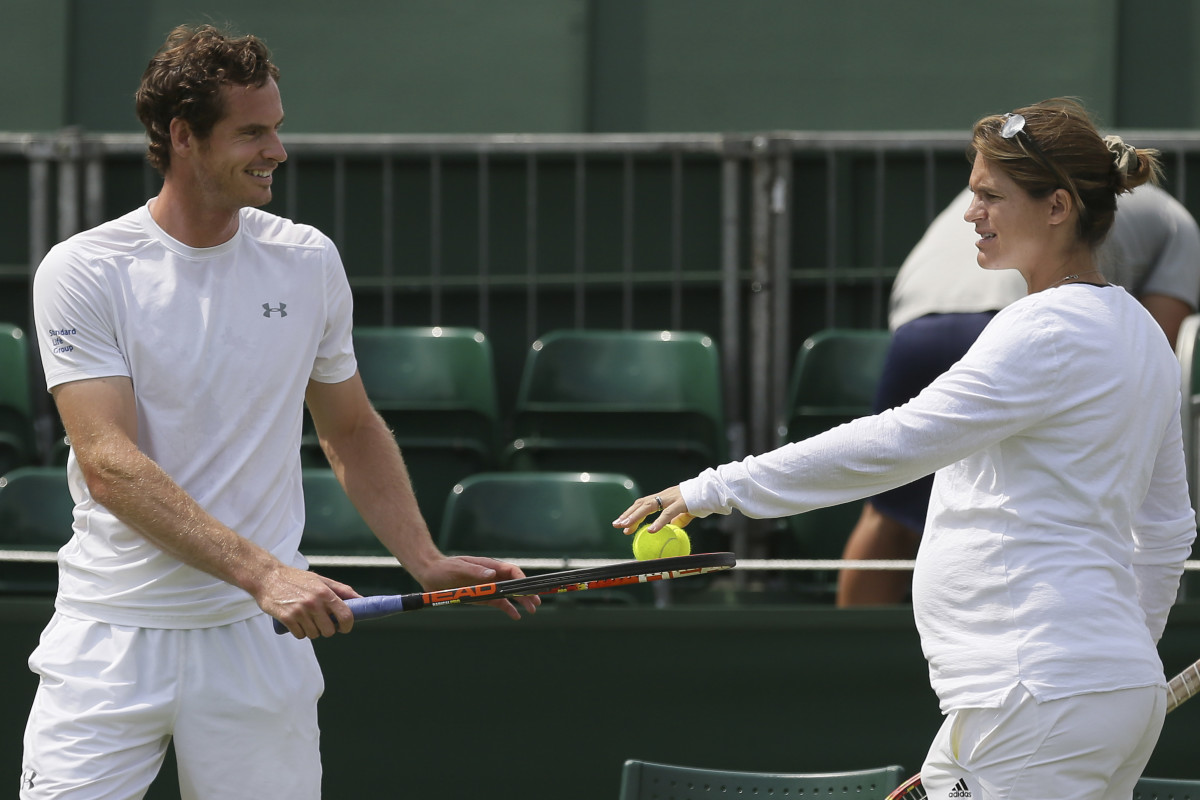
Richard Gasquet
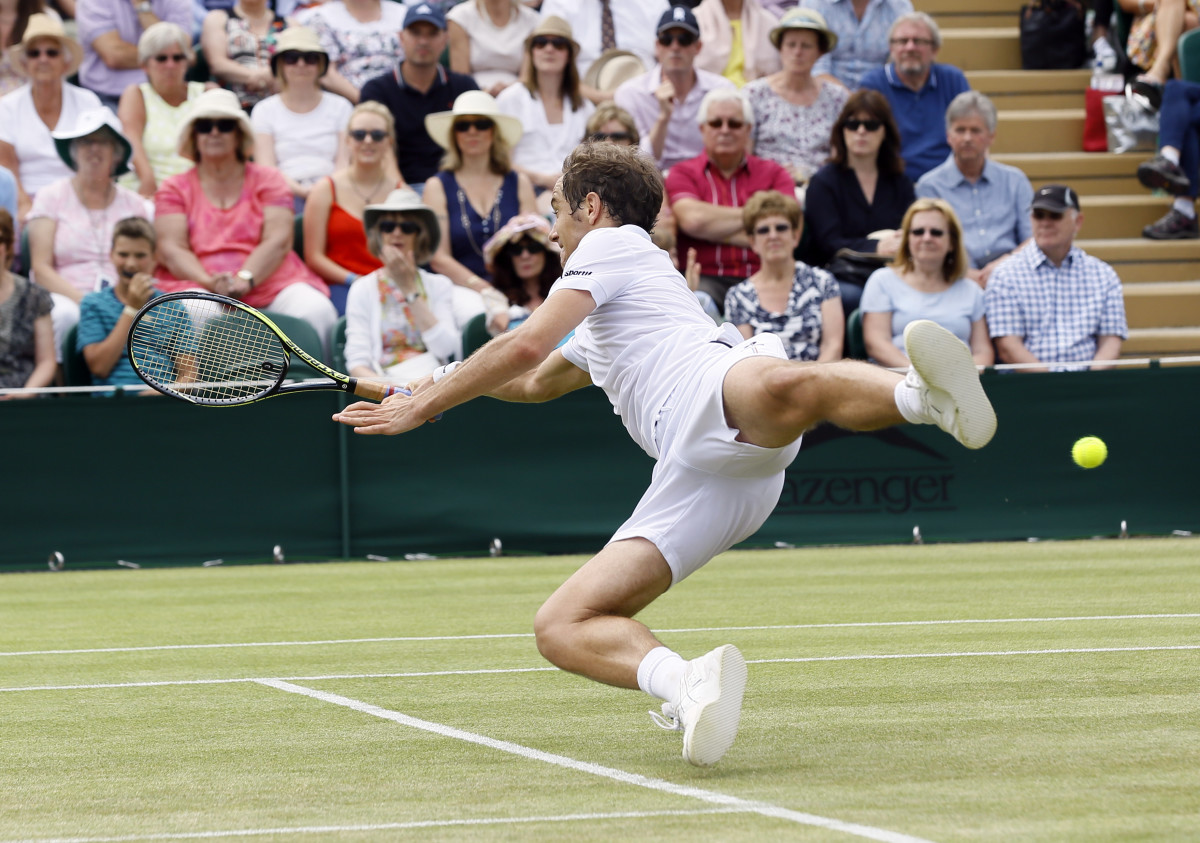
Wimbledon
Grigor Dimitrov
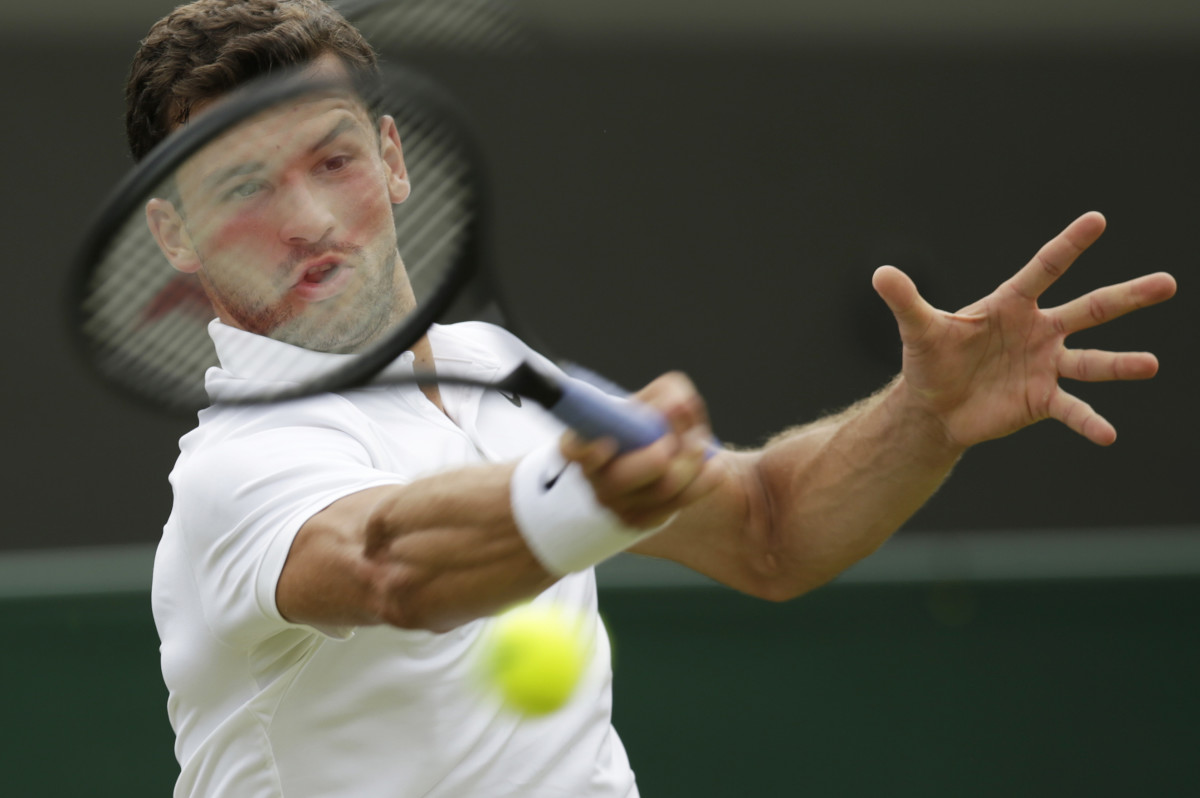
Serena Williams
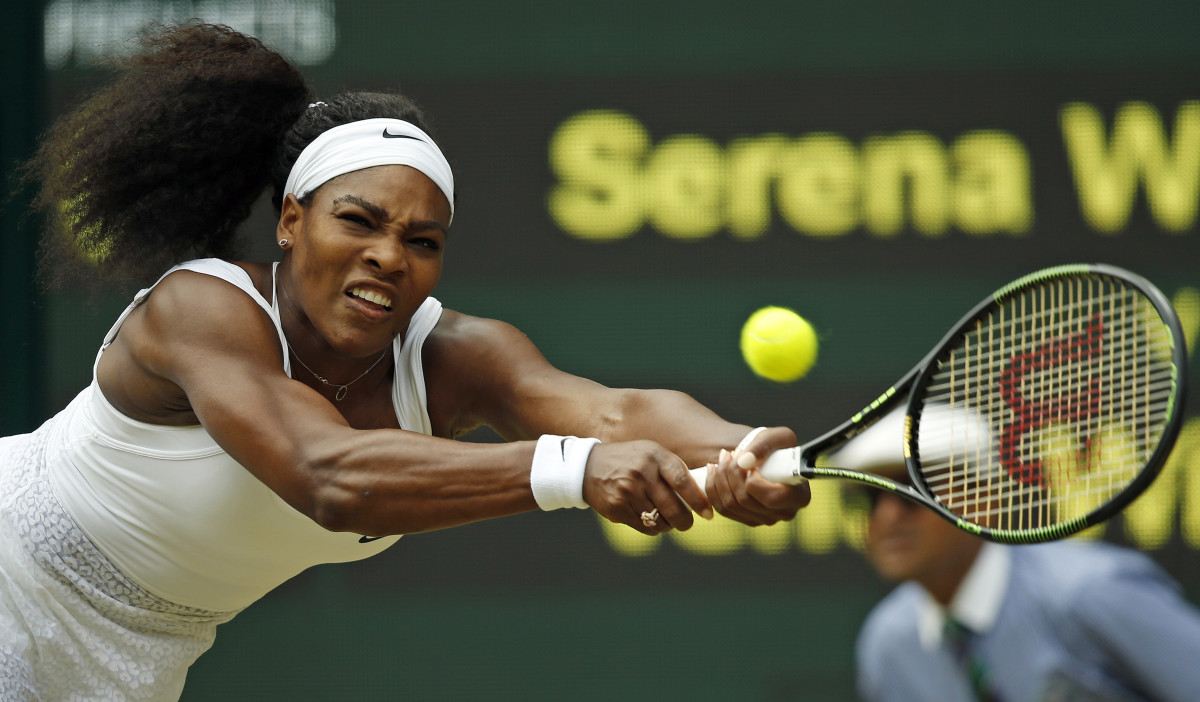
Serena Williams
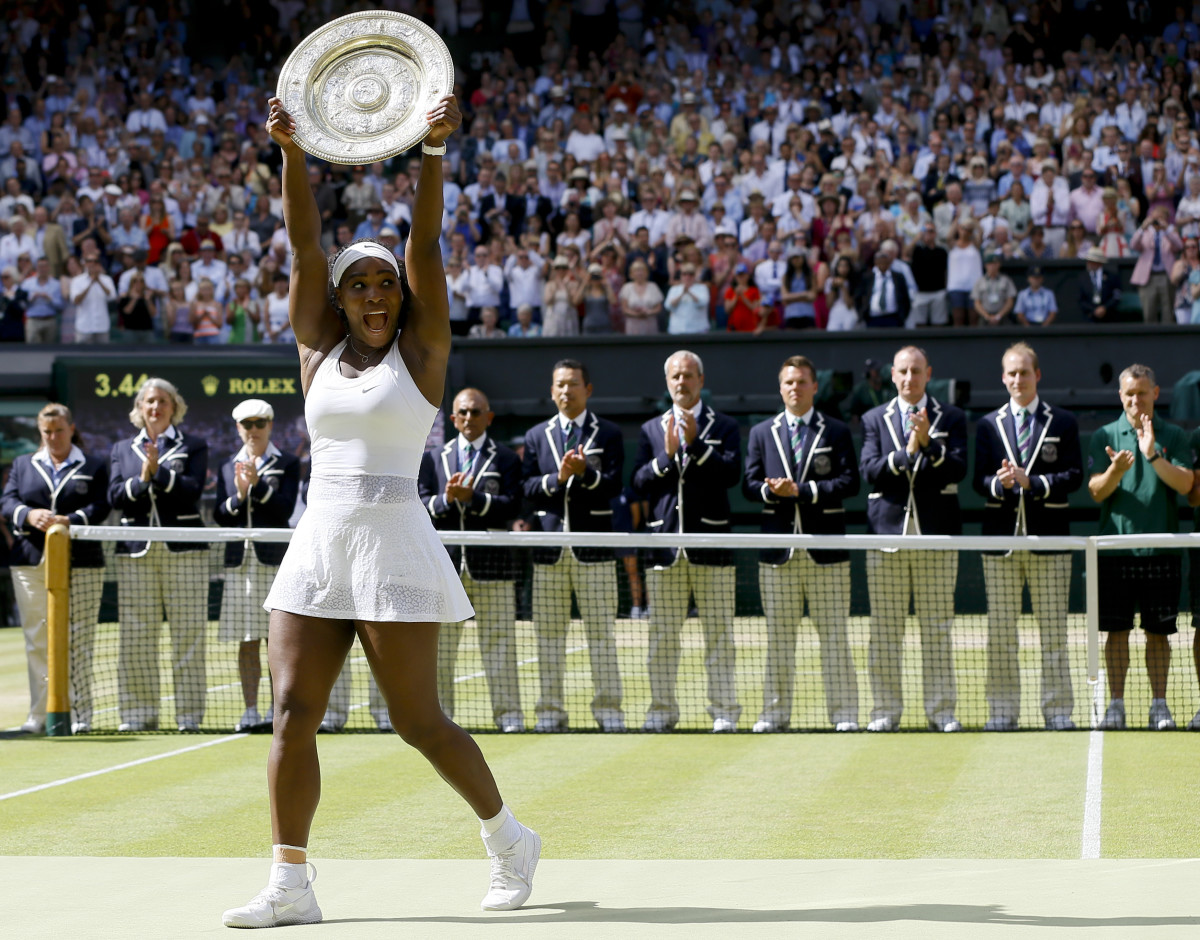
Serena Williams
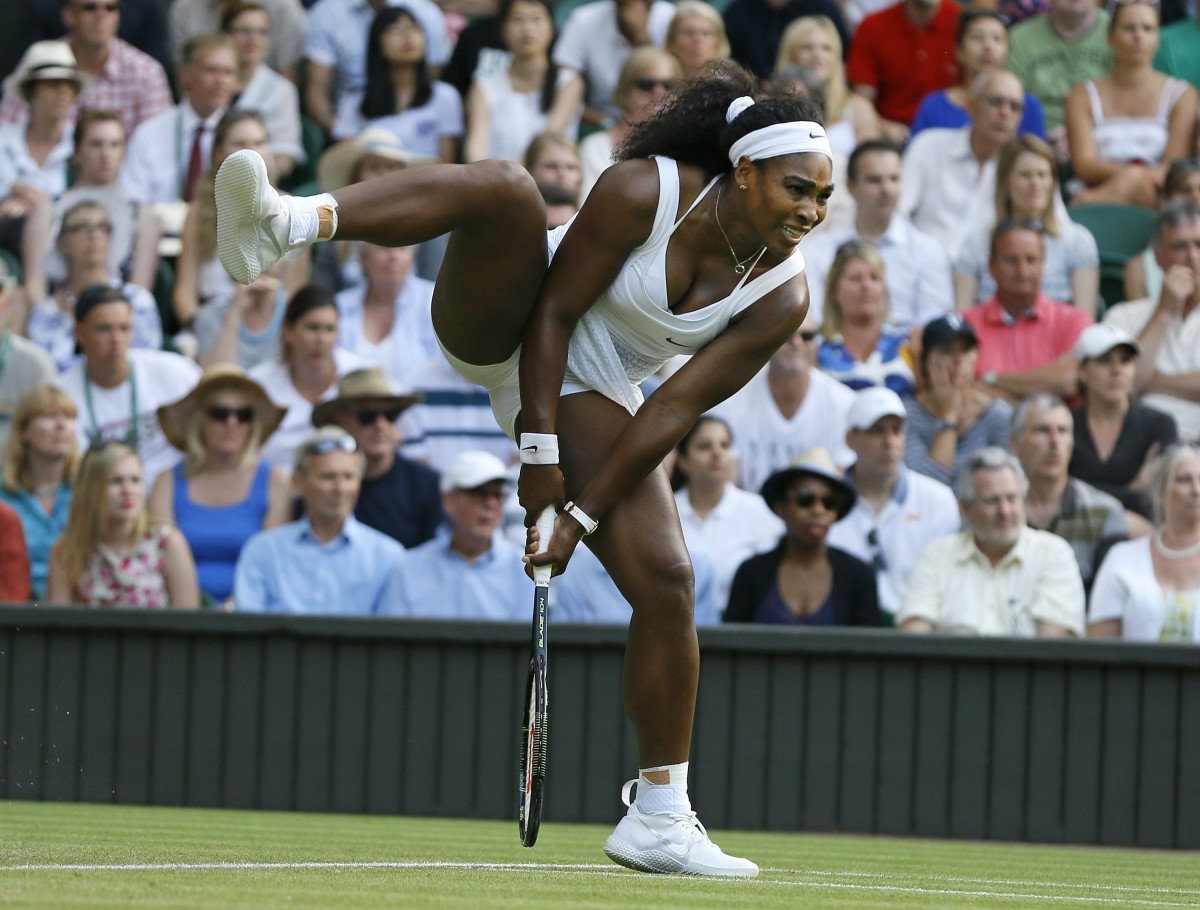
Petra Kvitova
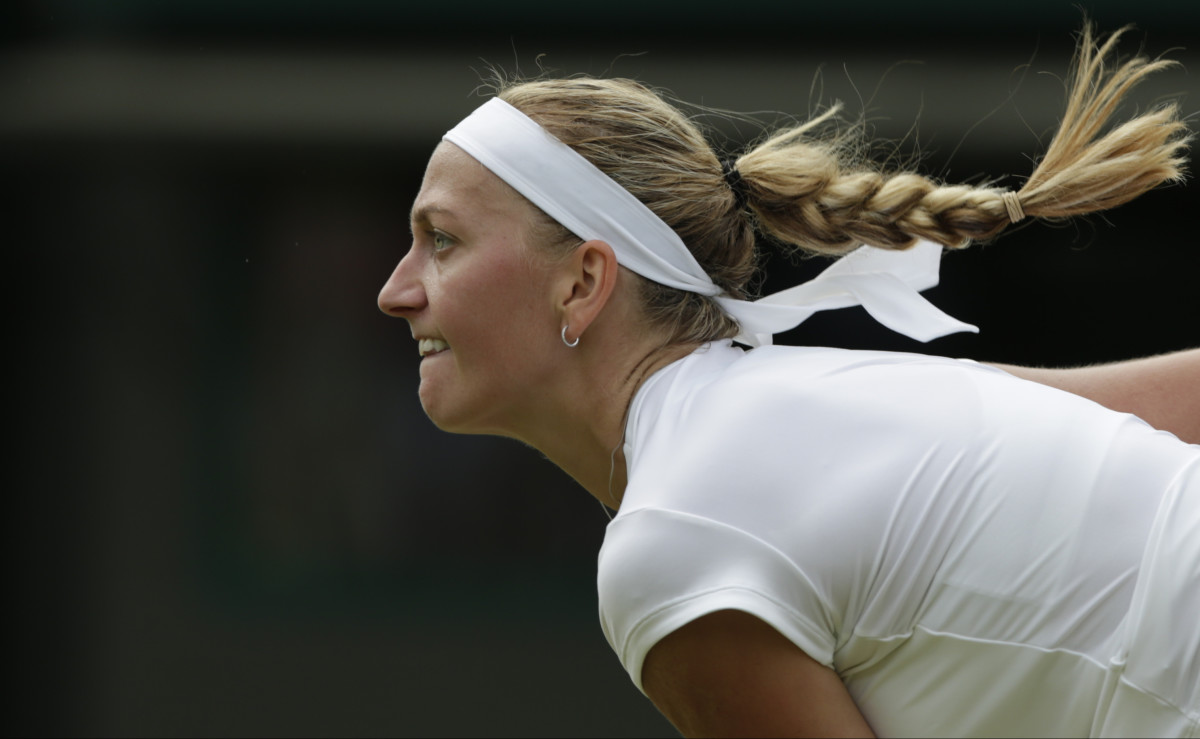
Aleksandra Krunic
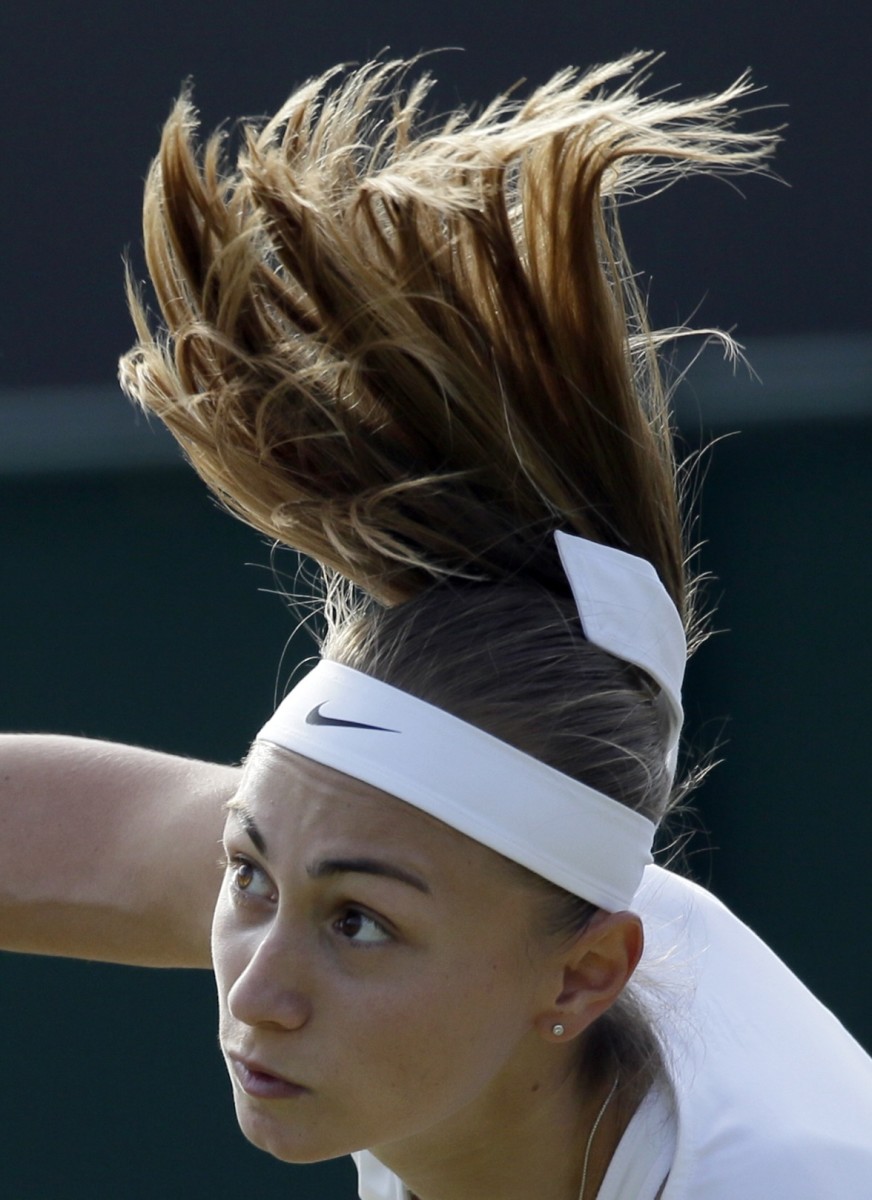
Novak Djokovic
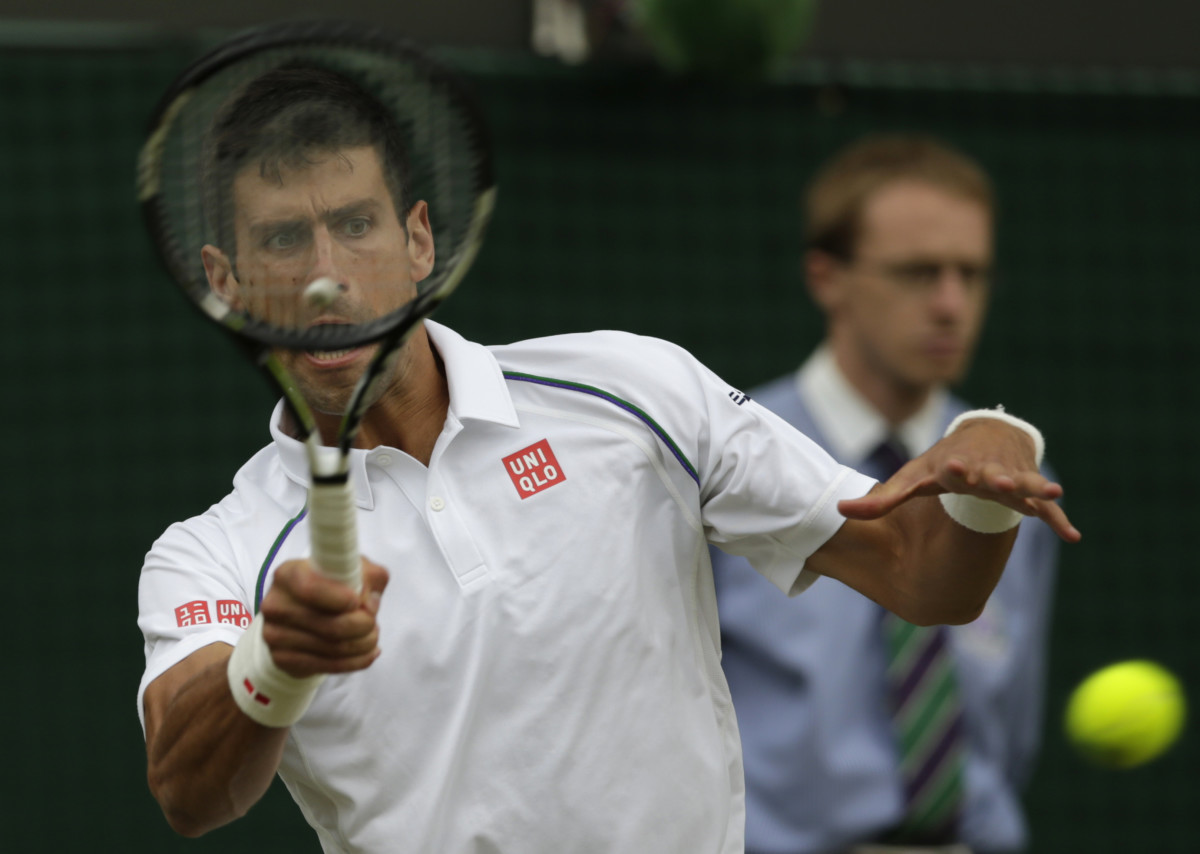
Novak Djokovic
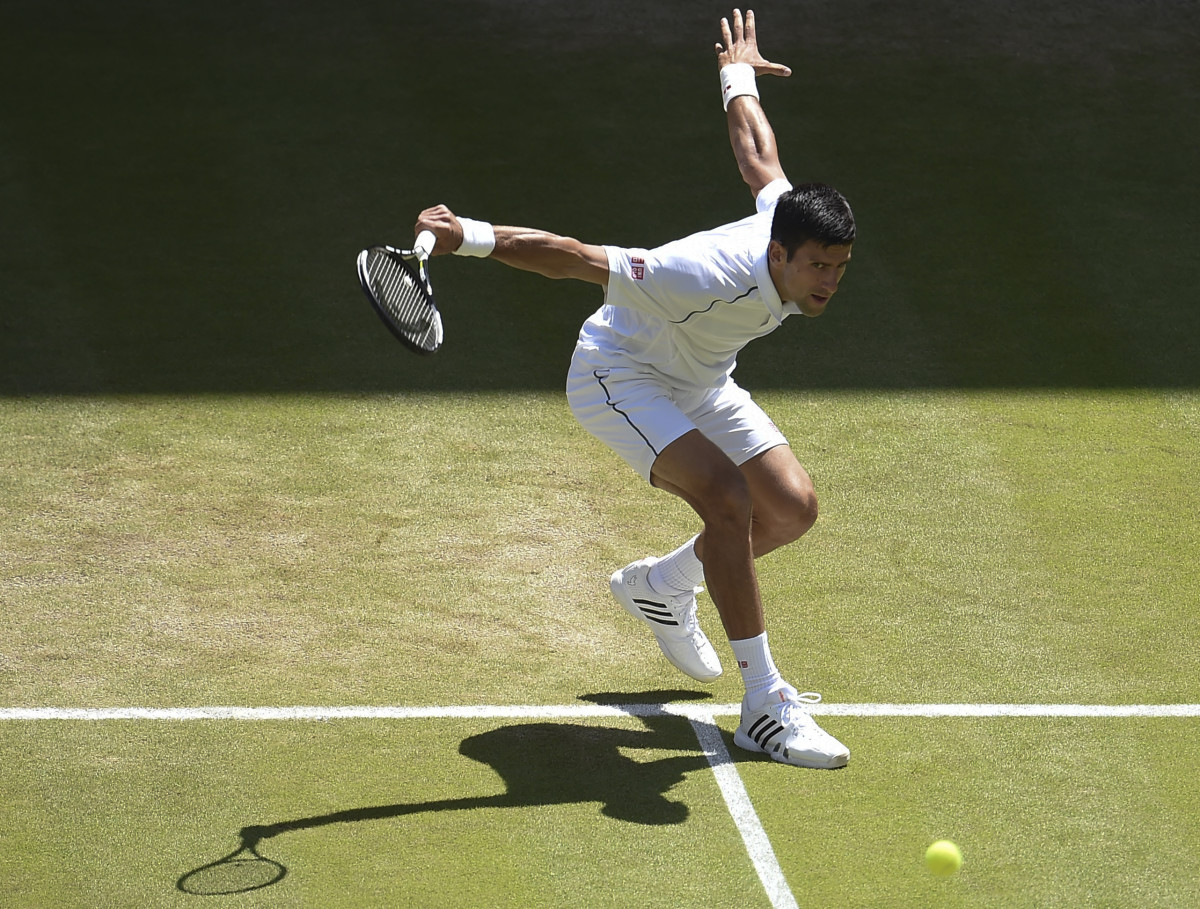
Sloane Stephens
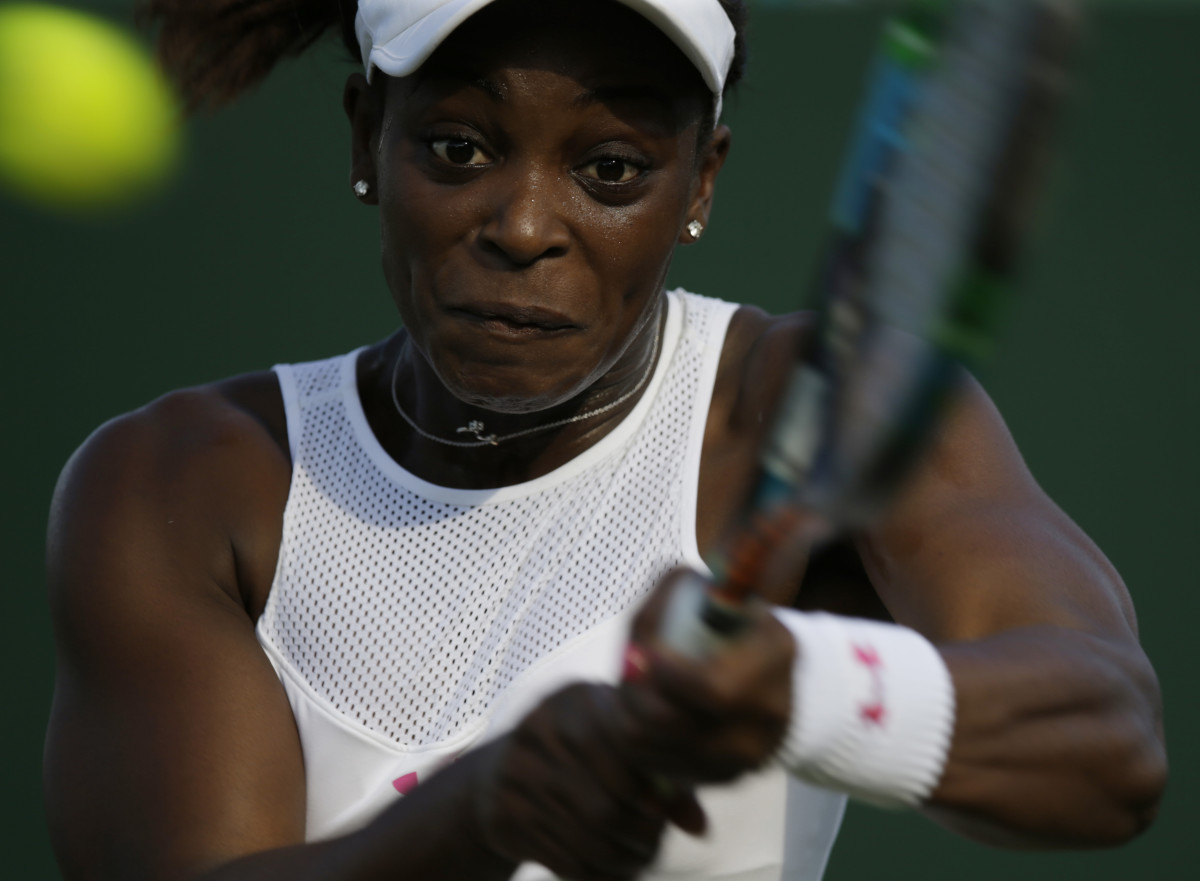
Novak Djokovic
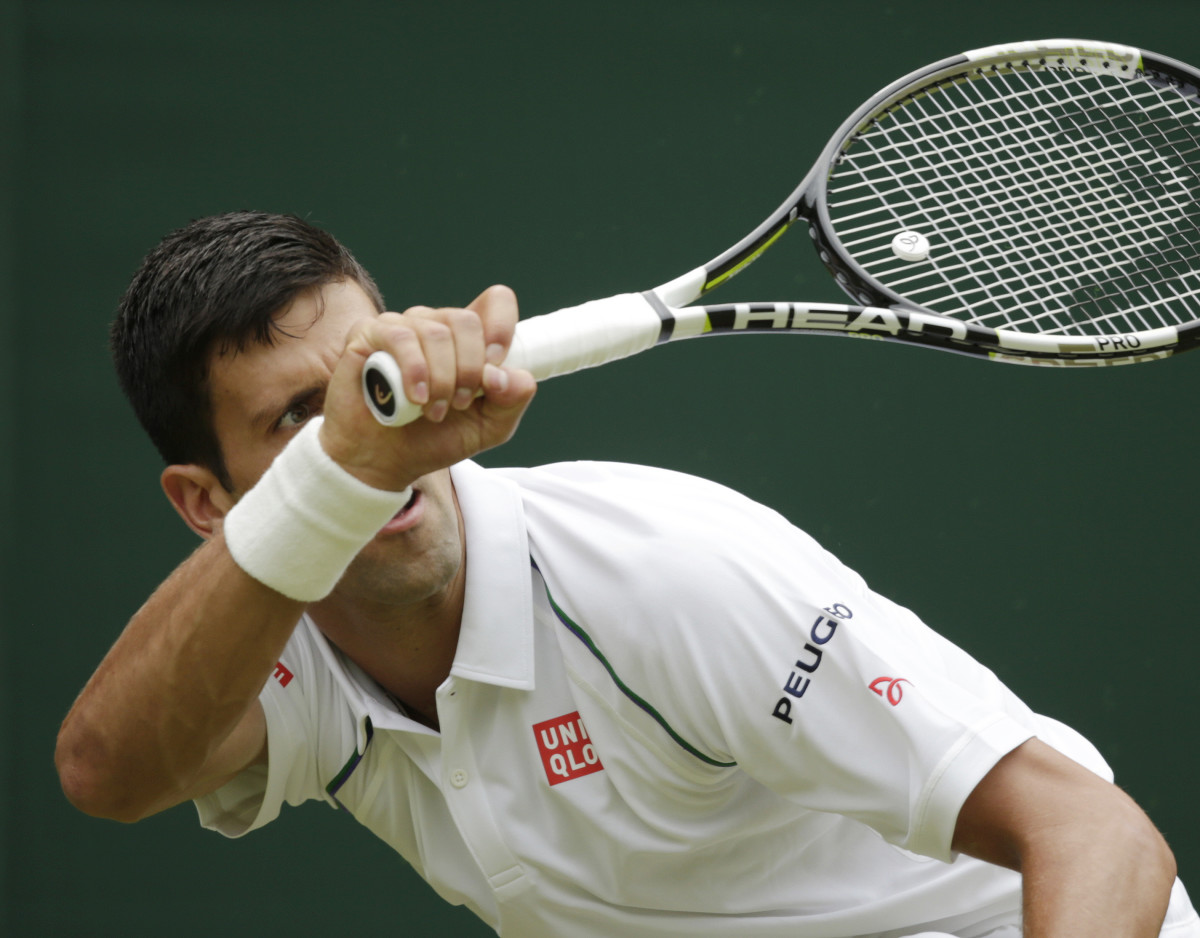
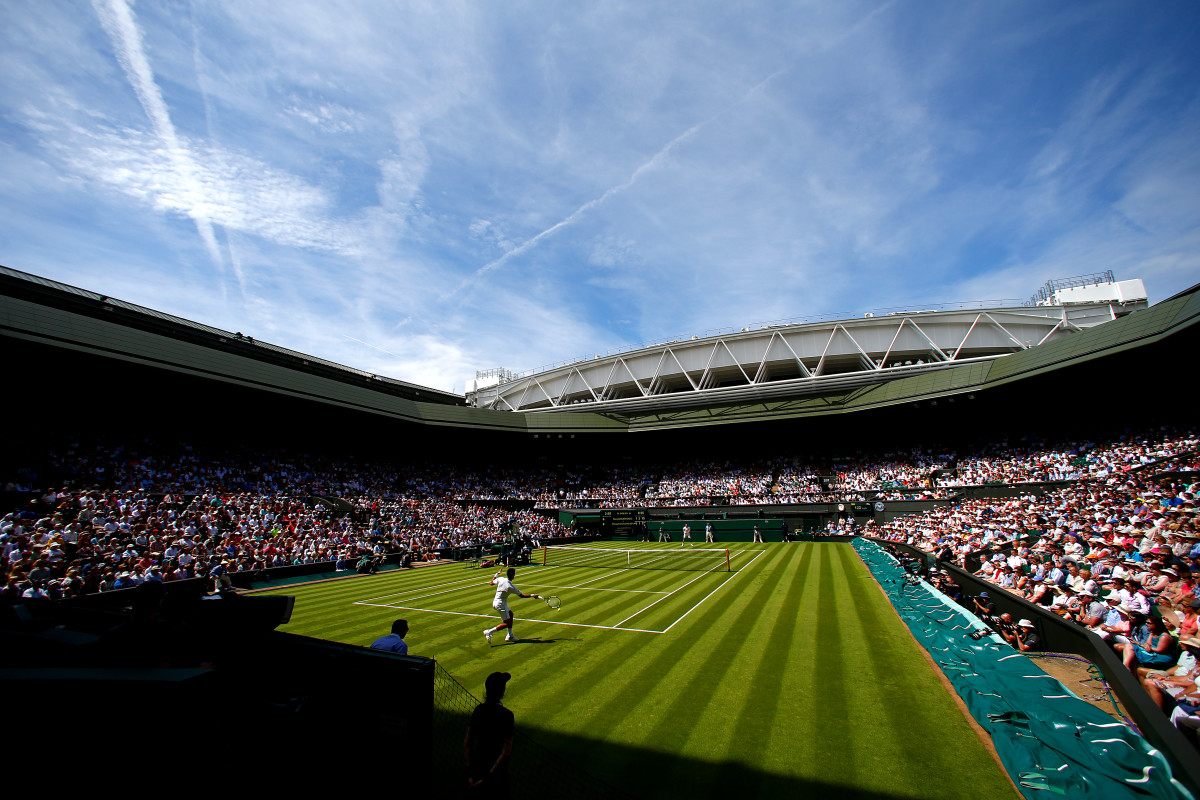
Maria Sharapova
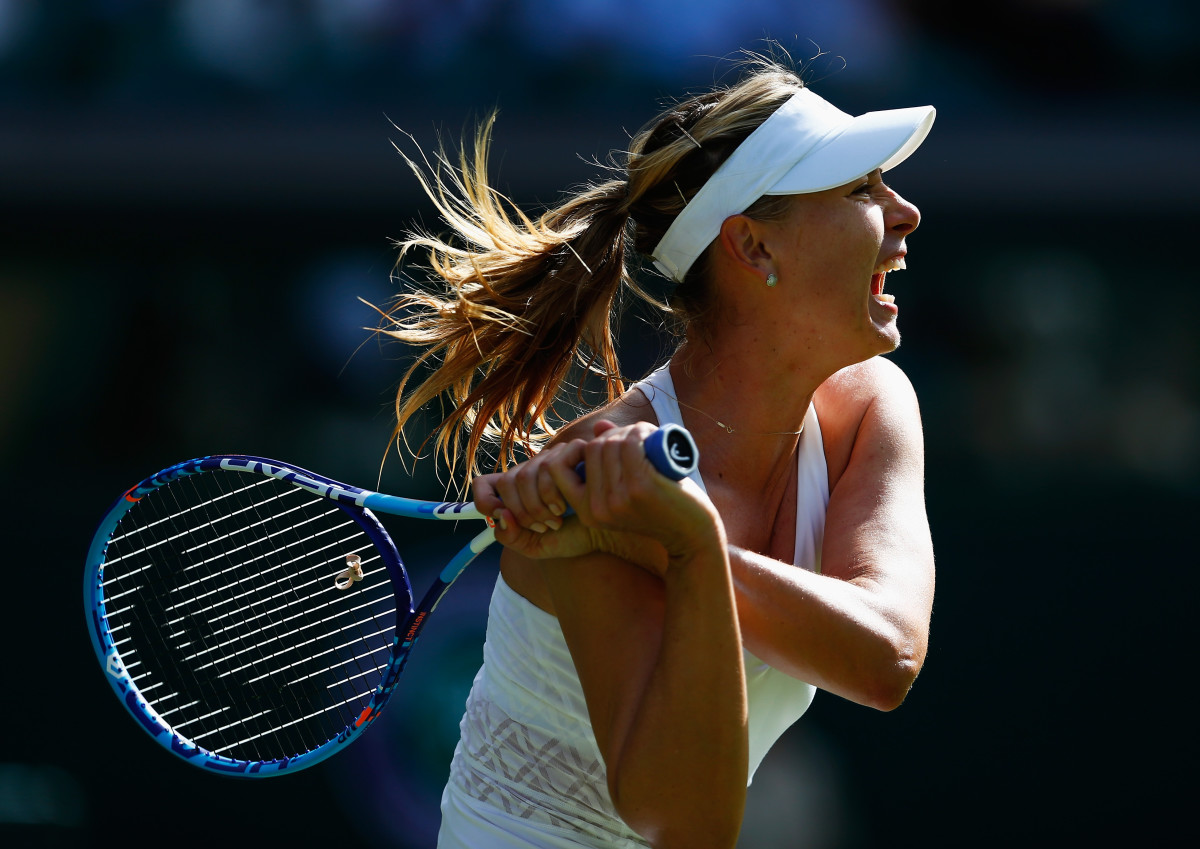
Sloane Stephens
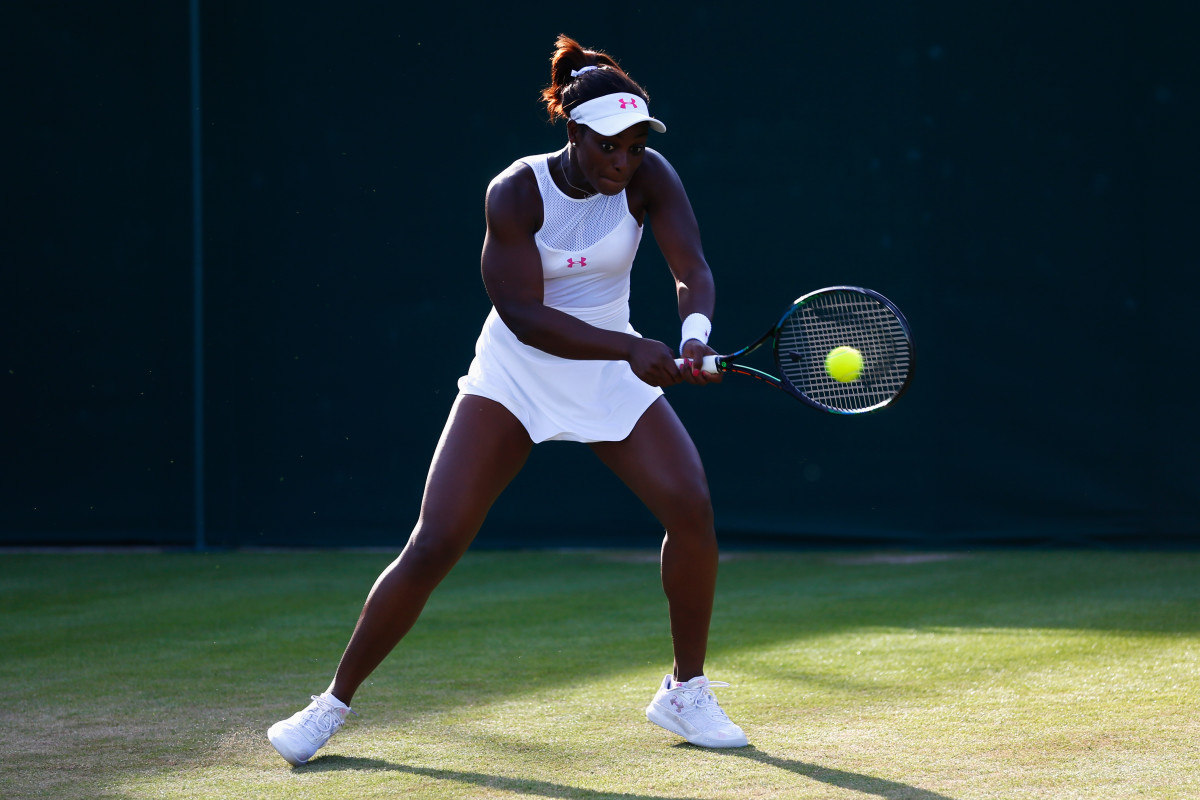
Pablo Andujar
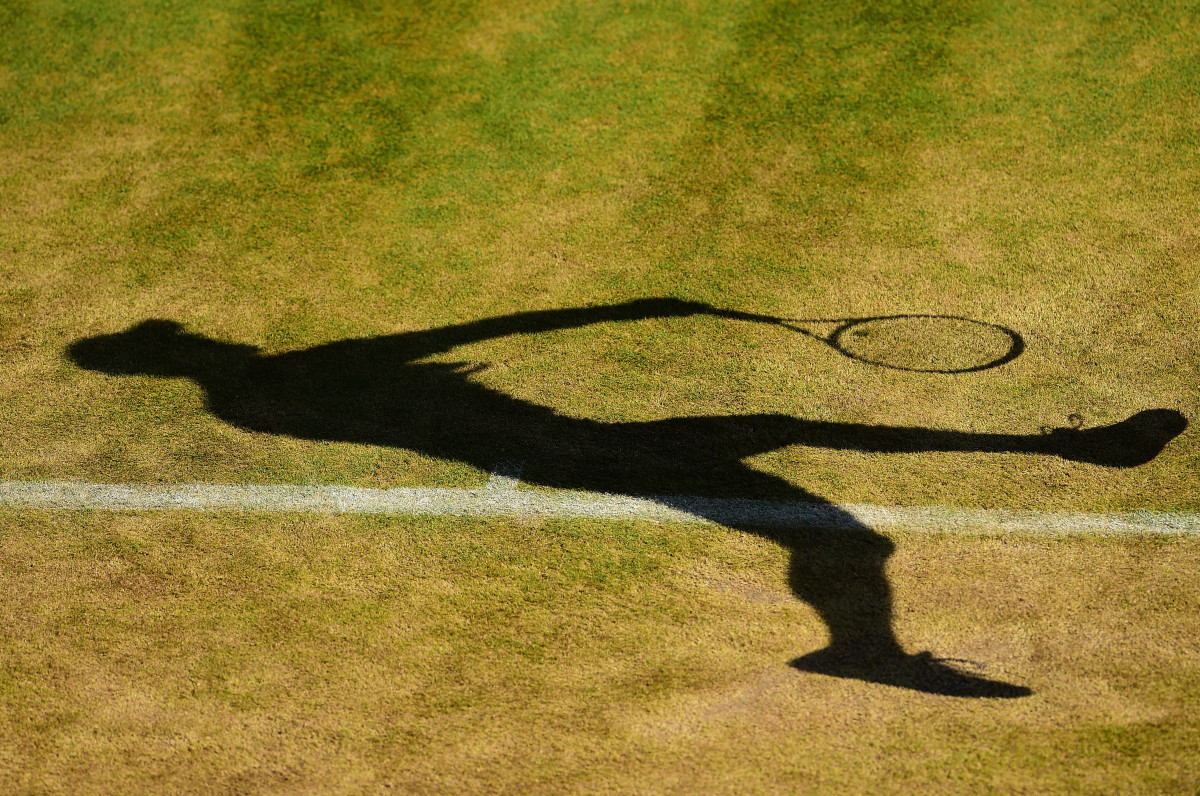
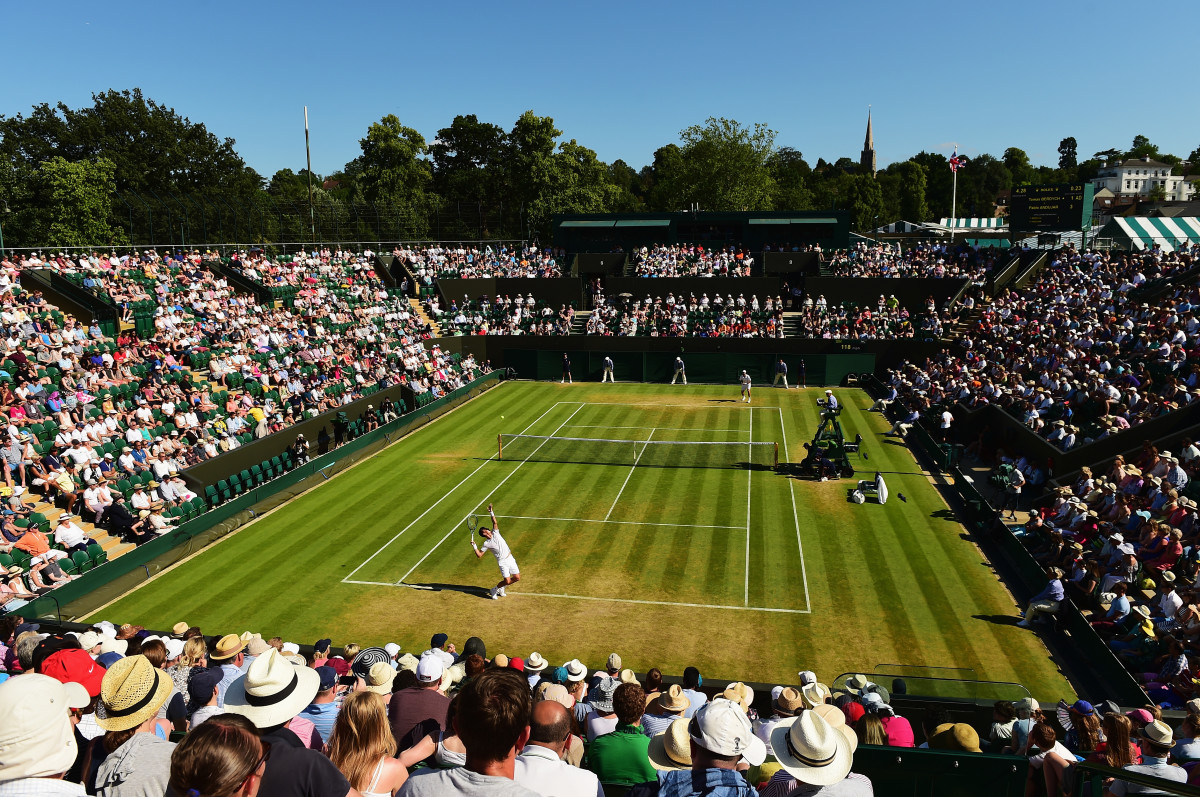
Andy Murray
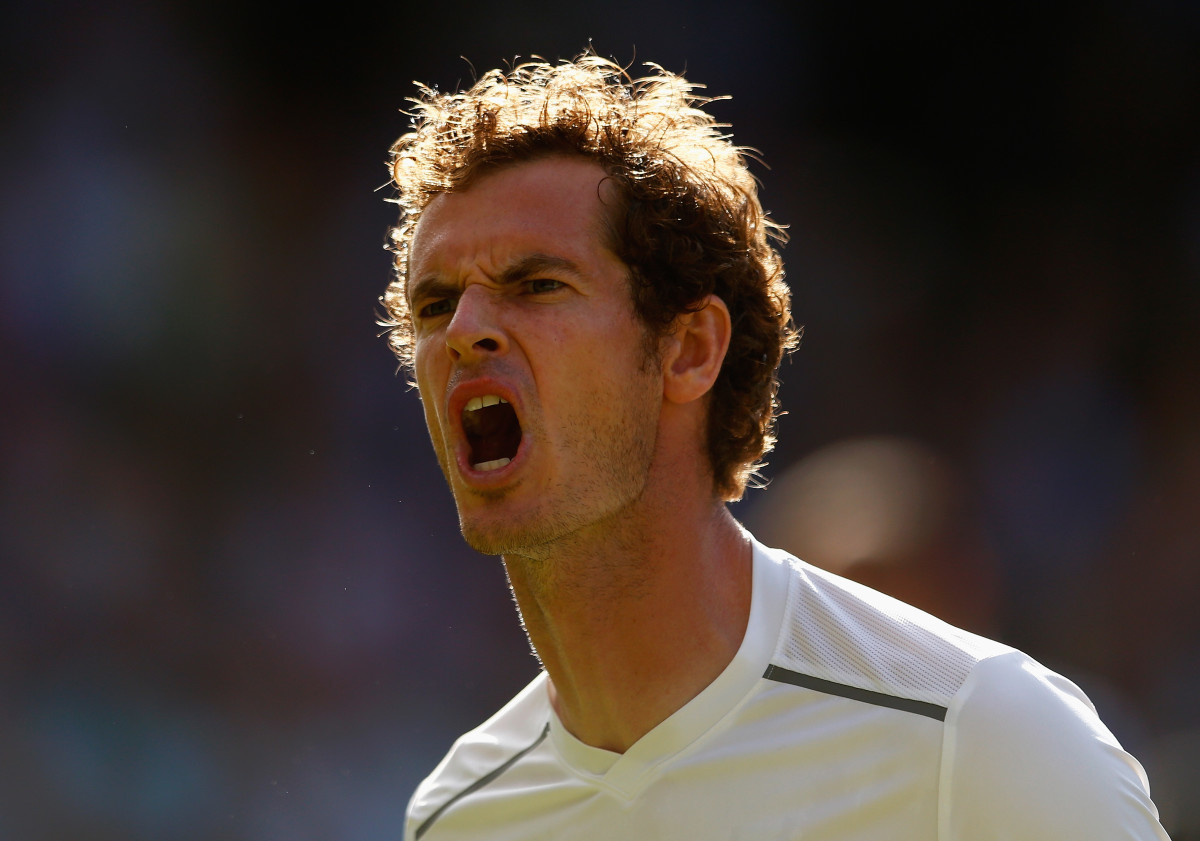
Novak Djokovic
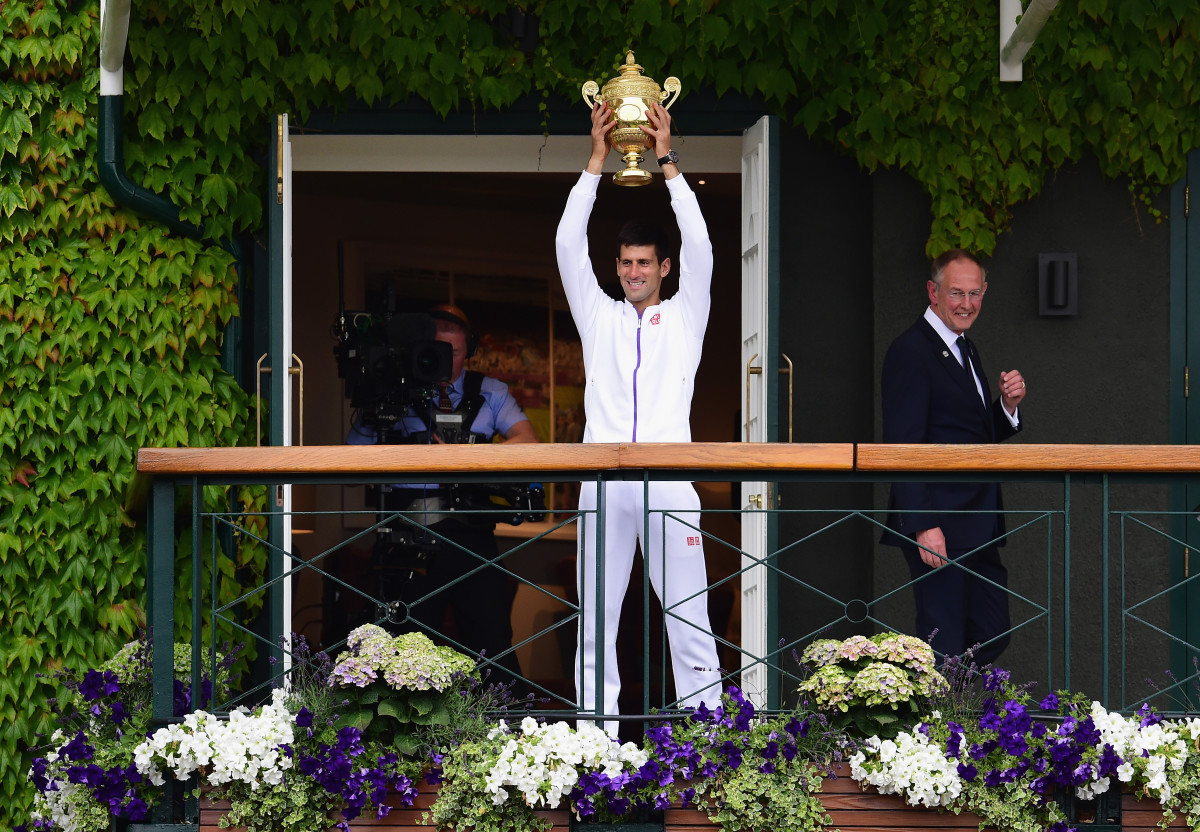
Leander Paes and Martina Hingis
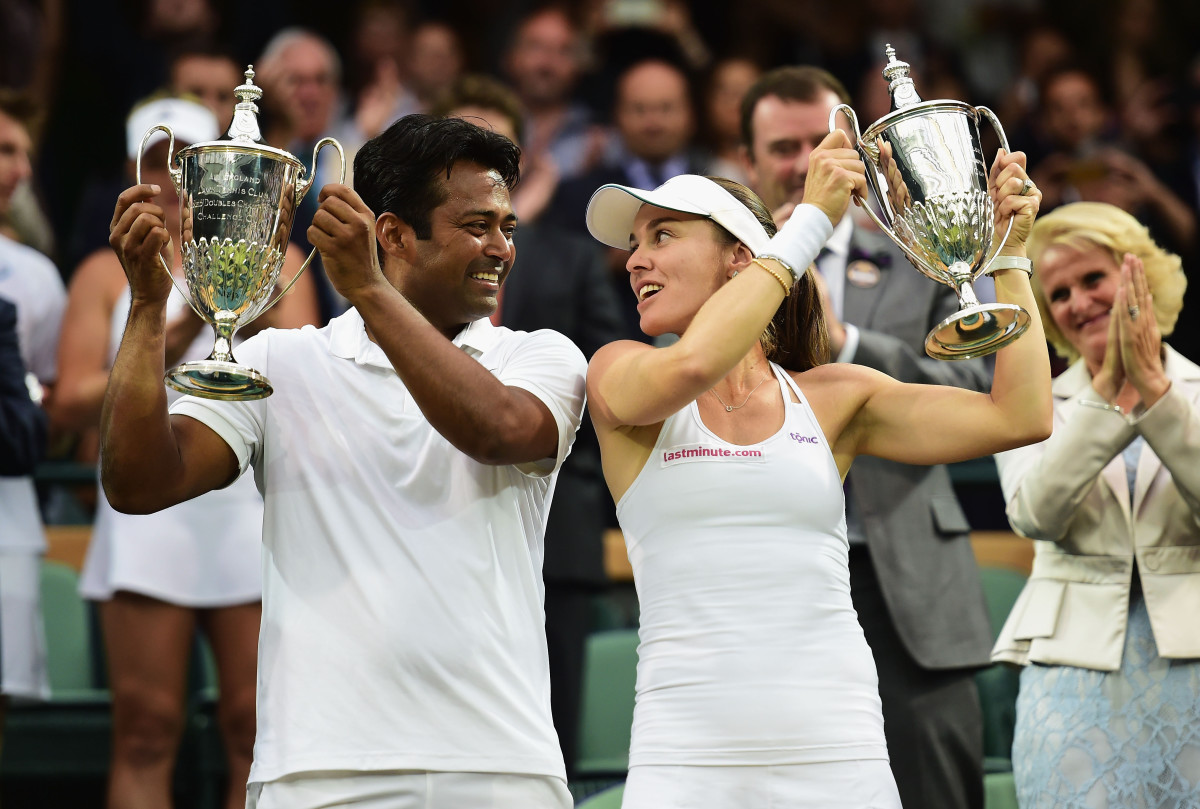
Wimbledon
Liam Broady

Maria Sharapova
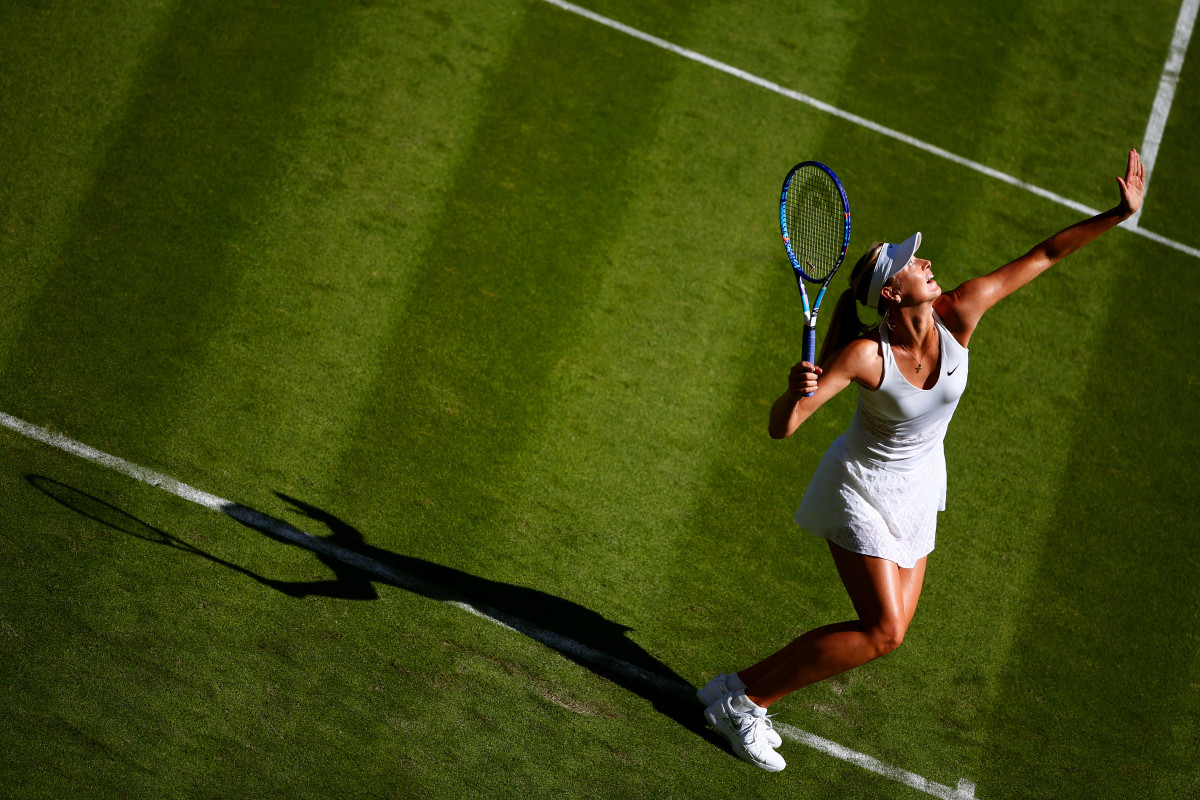
Kei Nishikori
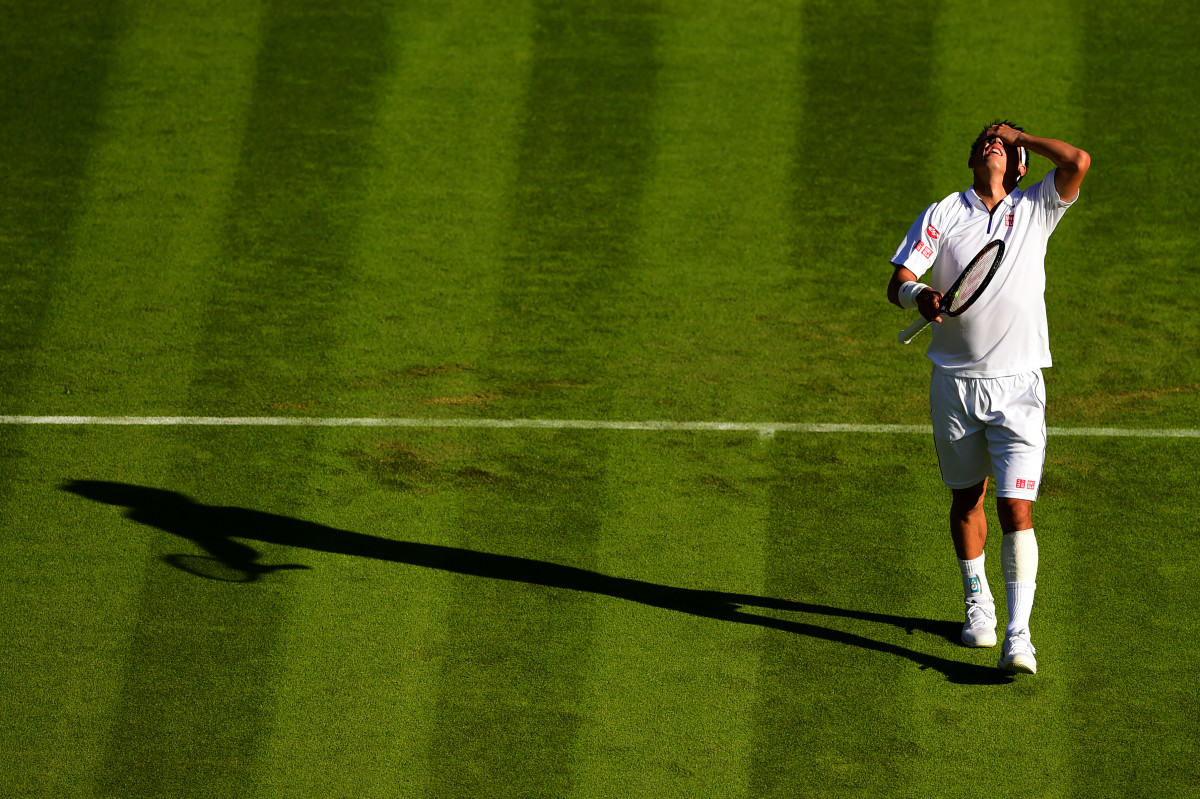
Grigor Dimitrov
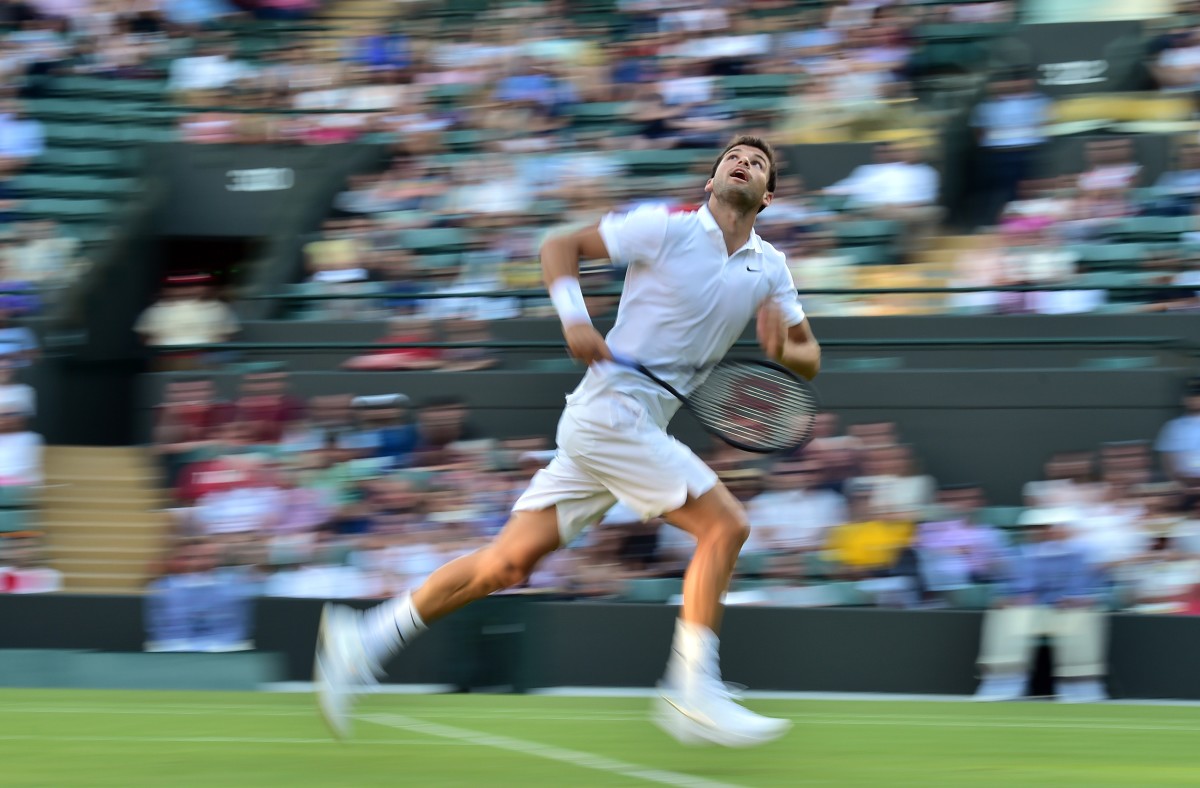
Donald Young
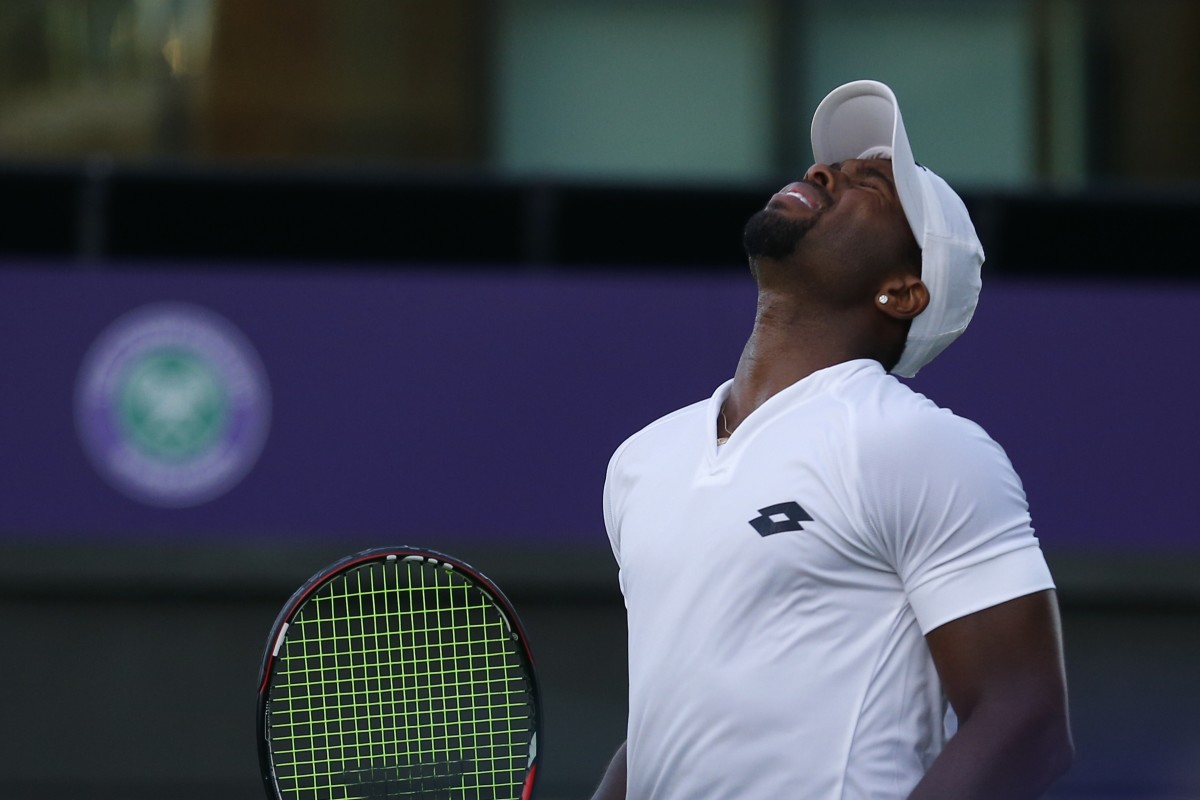
Sloane Stephens
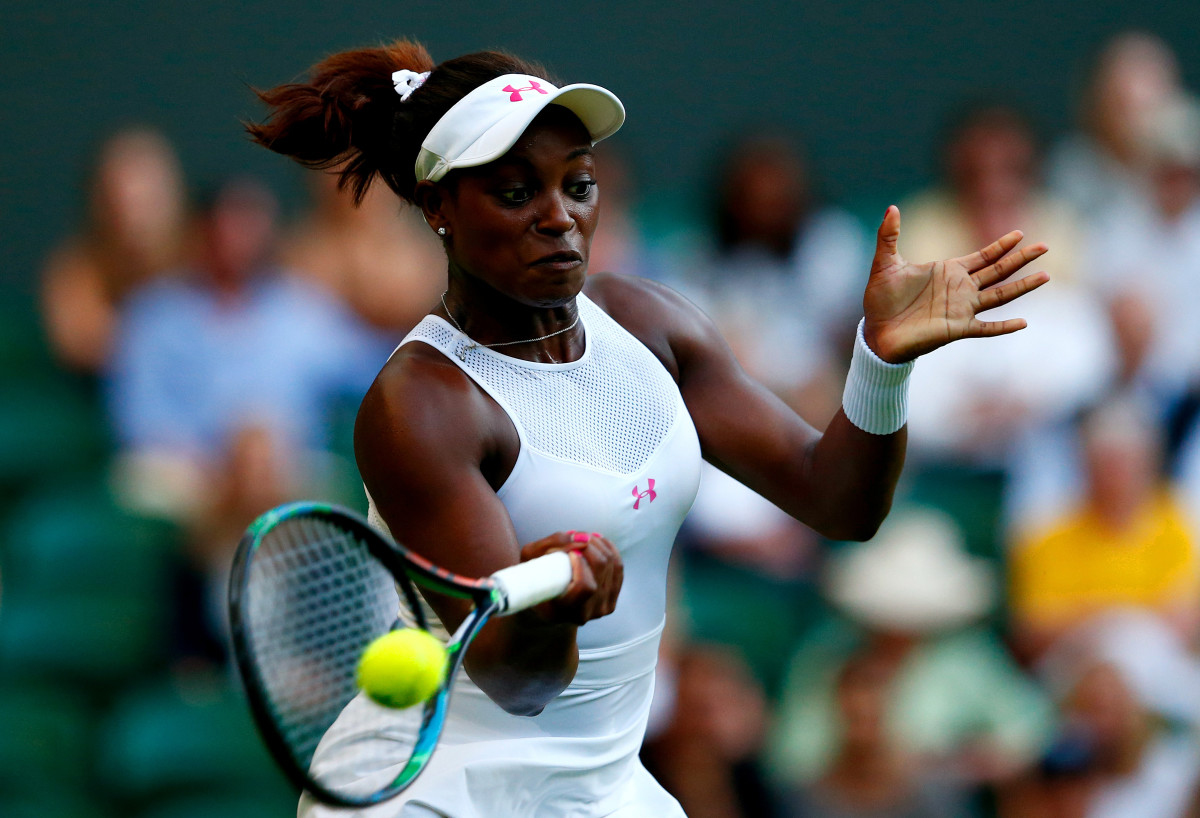
Rafael Nadal
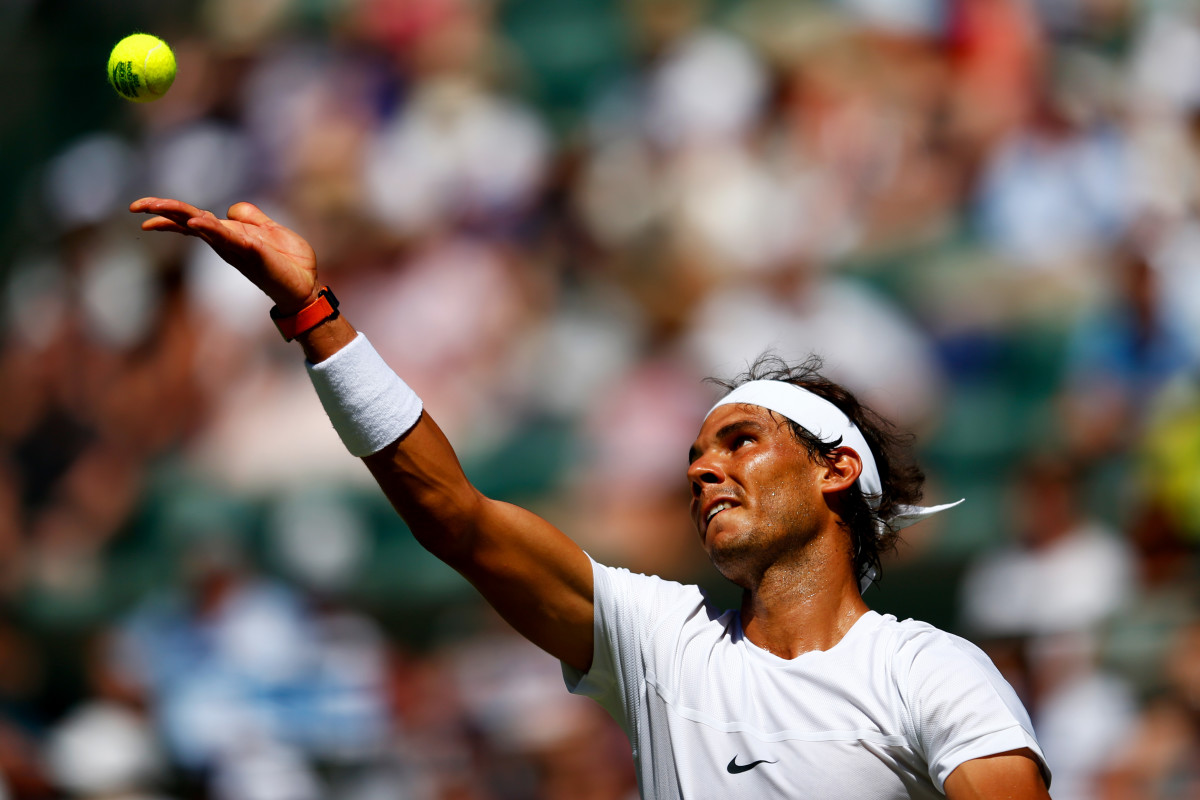
Feliciano Lopez
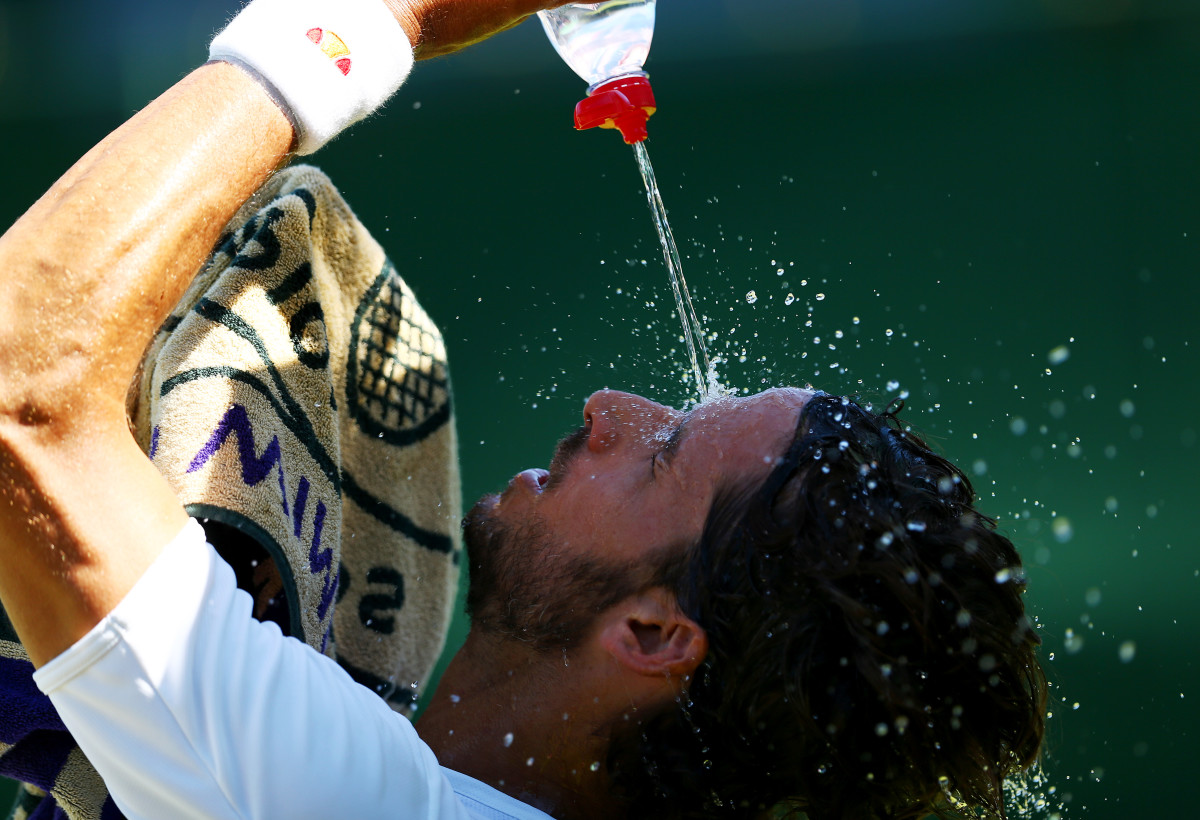
Caroline Wozniacki
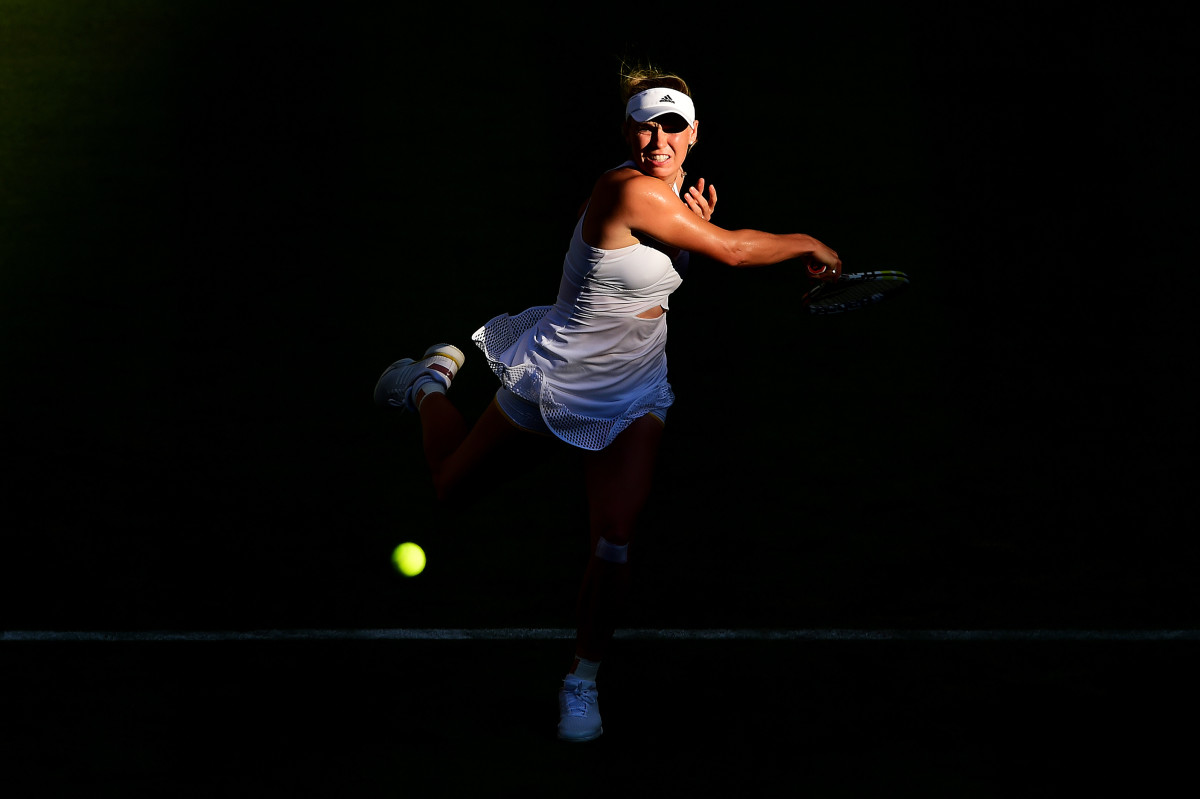
Jeremy Chardy
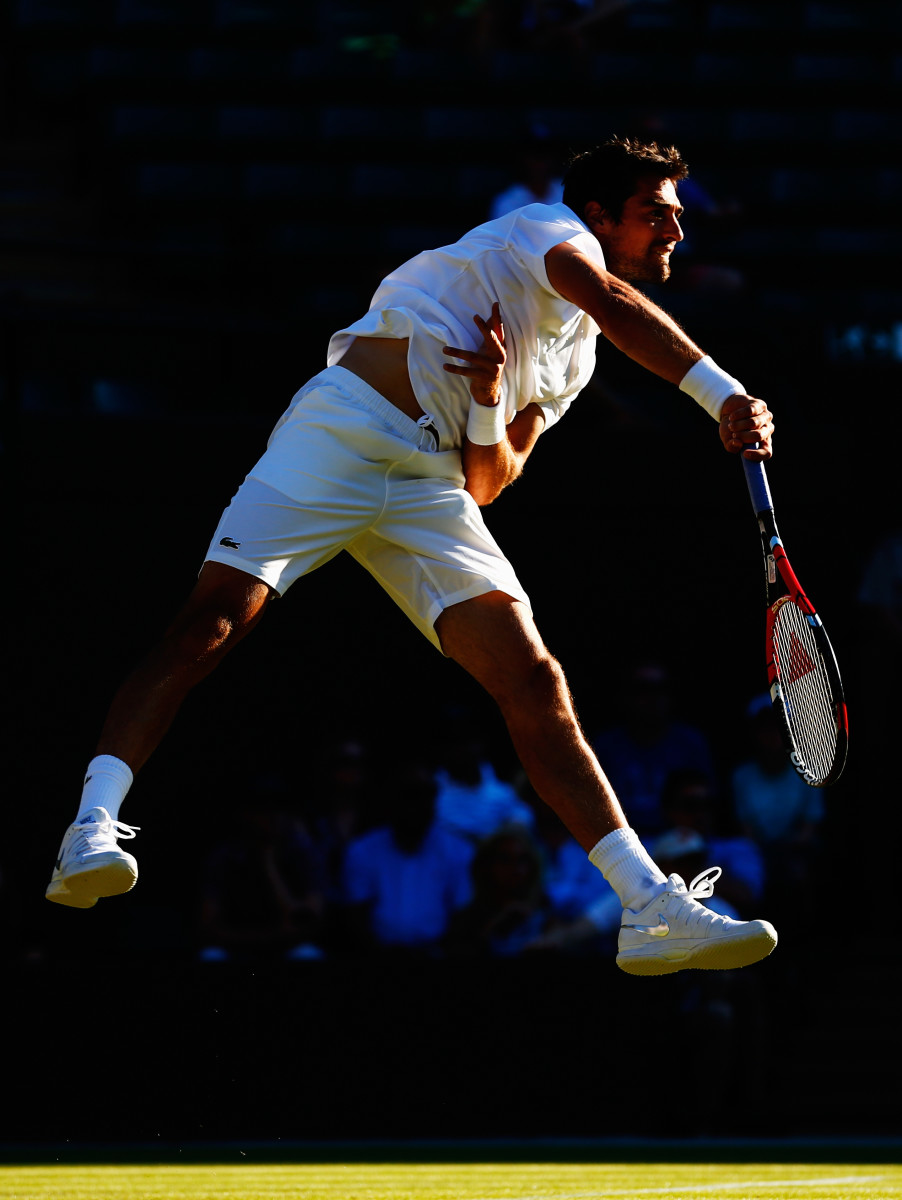
Amelie Mauresmo
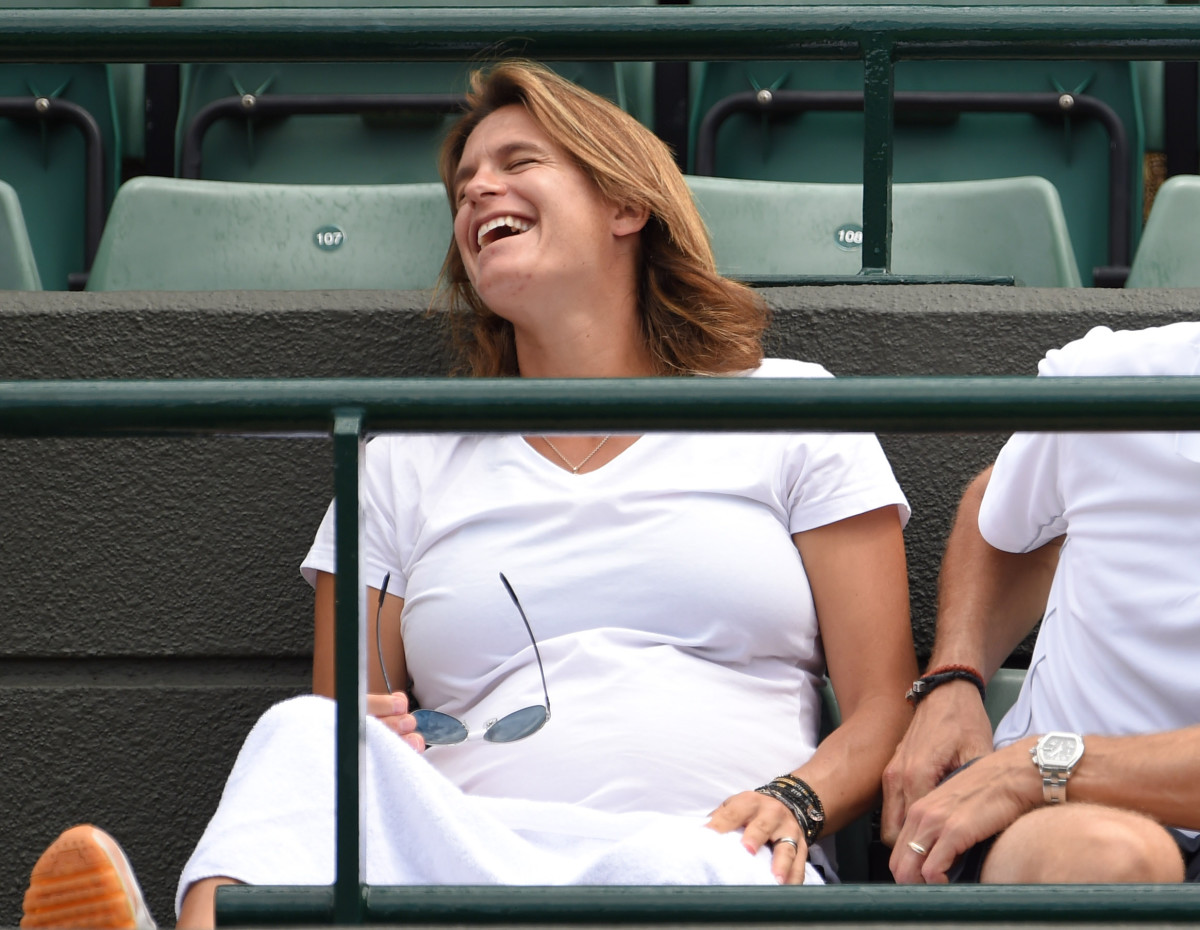
Sabine Lisicki
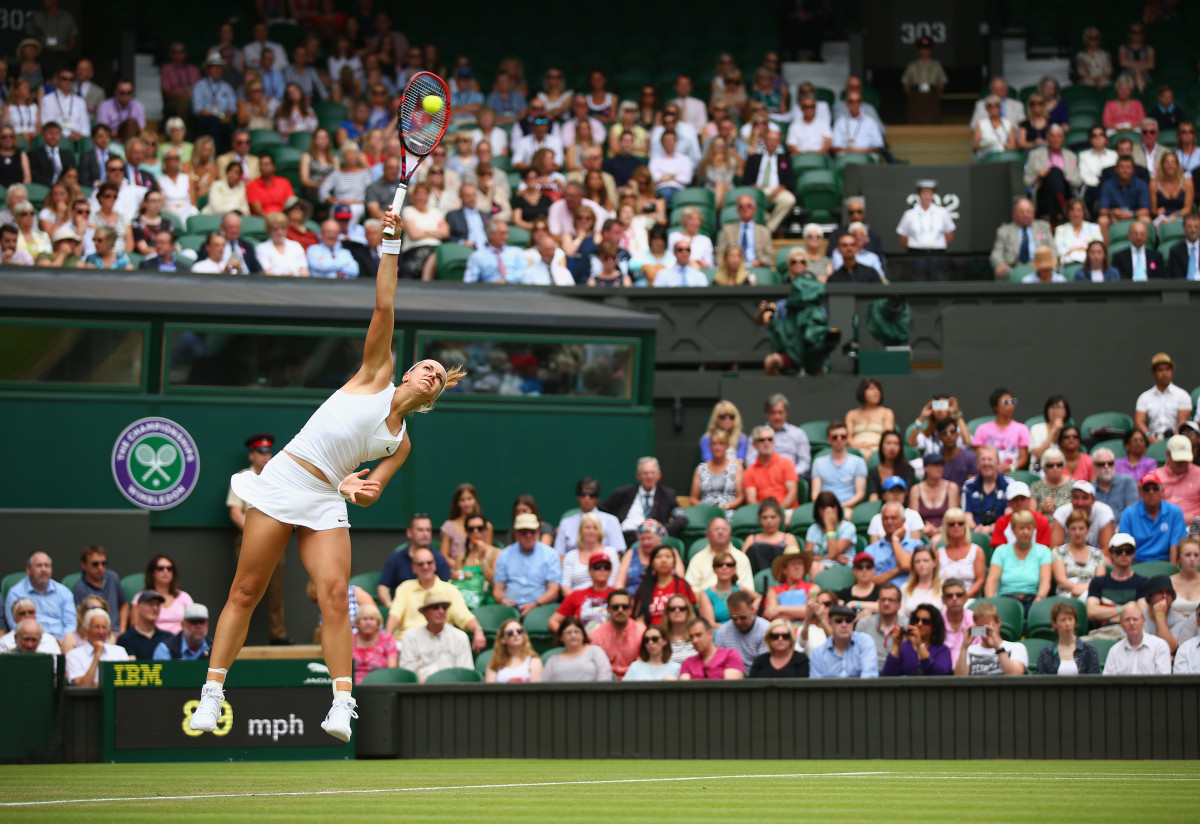
Serena Williams
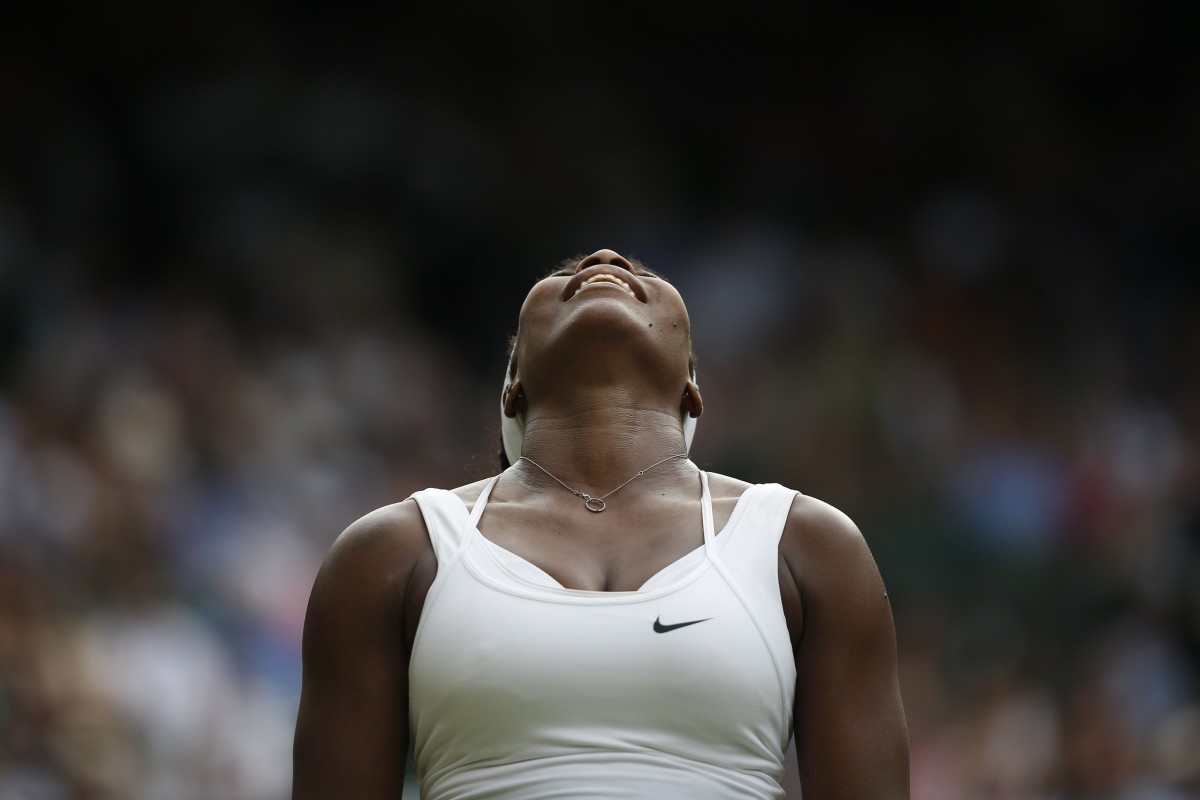
Serena Williams
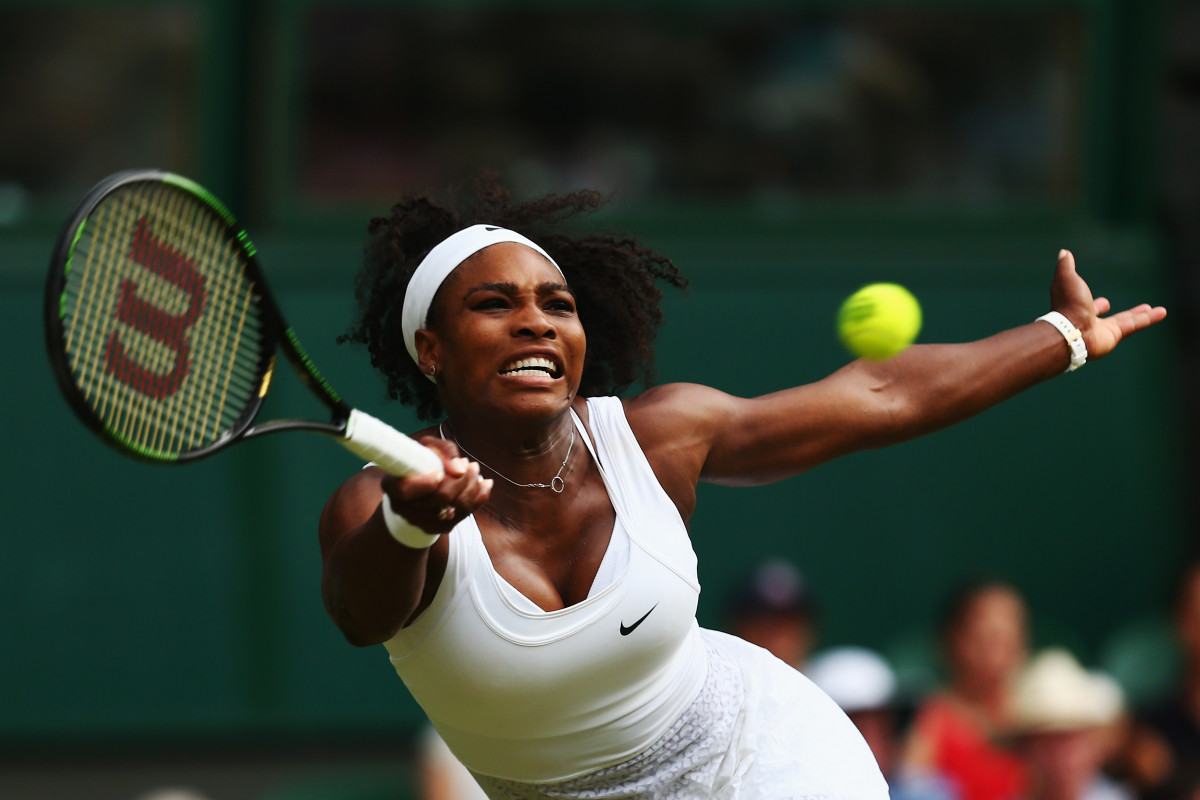
Wimbledon
Serena Williams
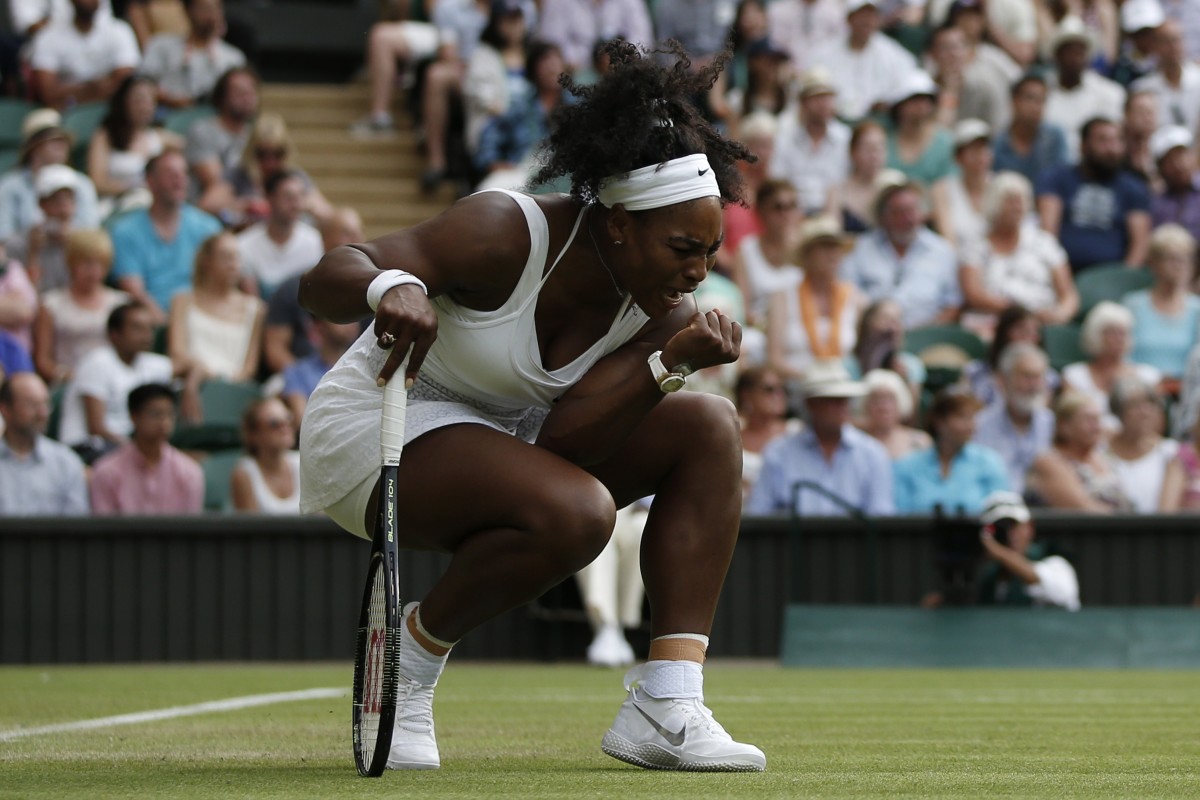
Venus Williams
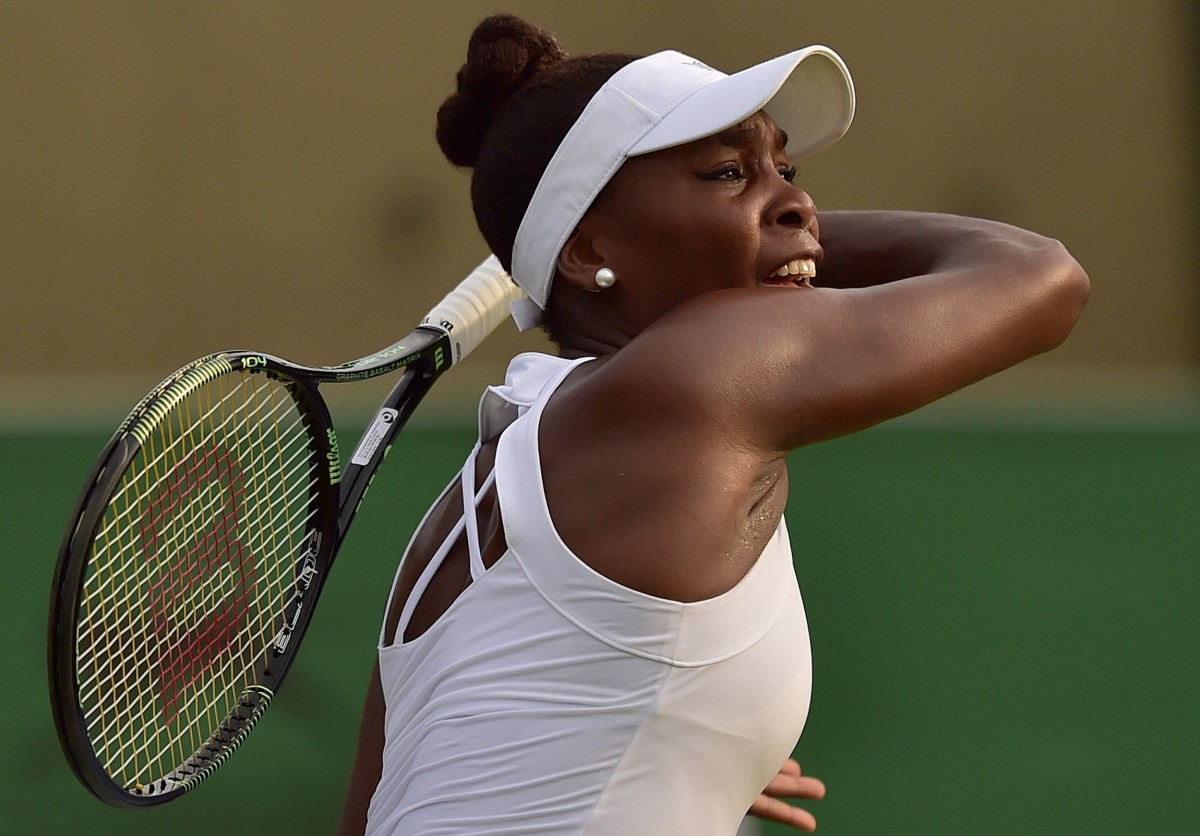
Serena Williams
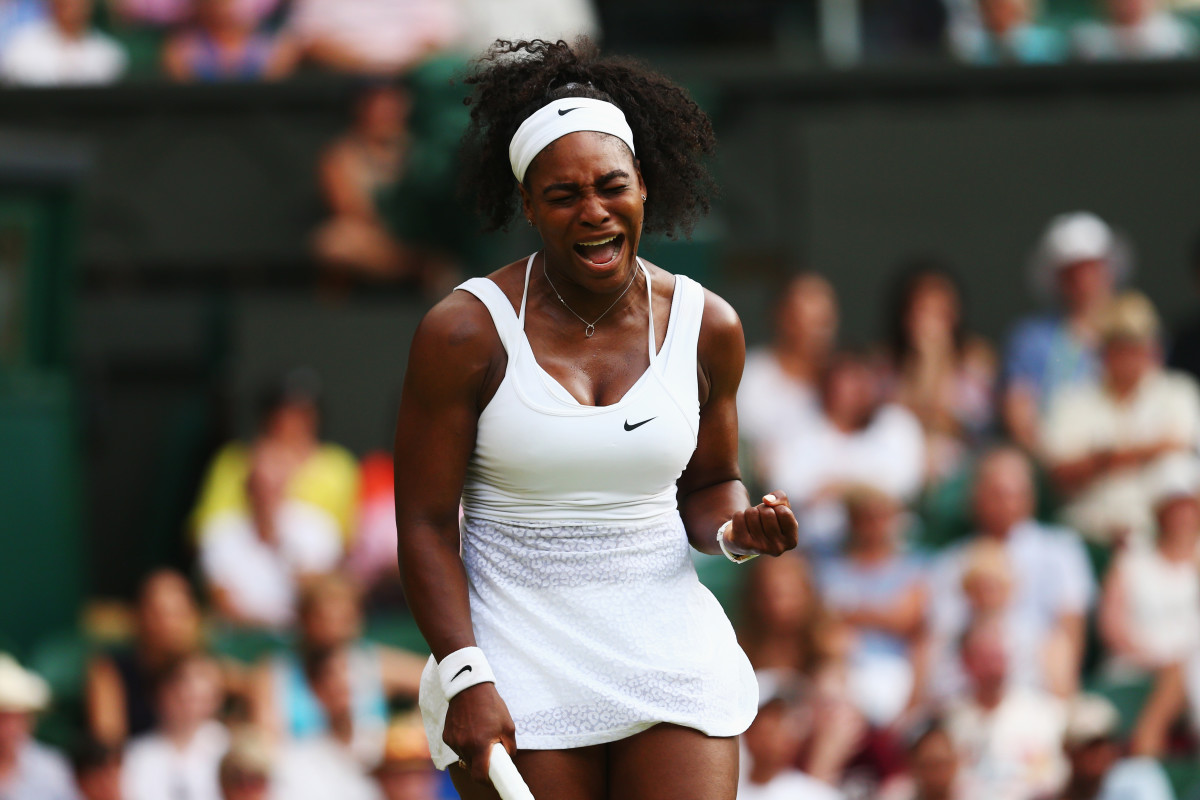
Aleksandra Krunic
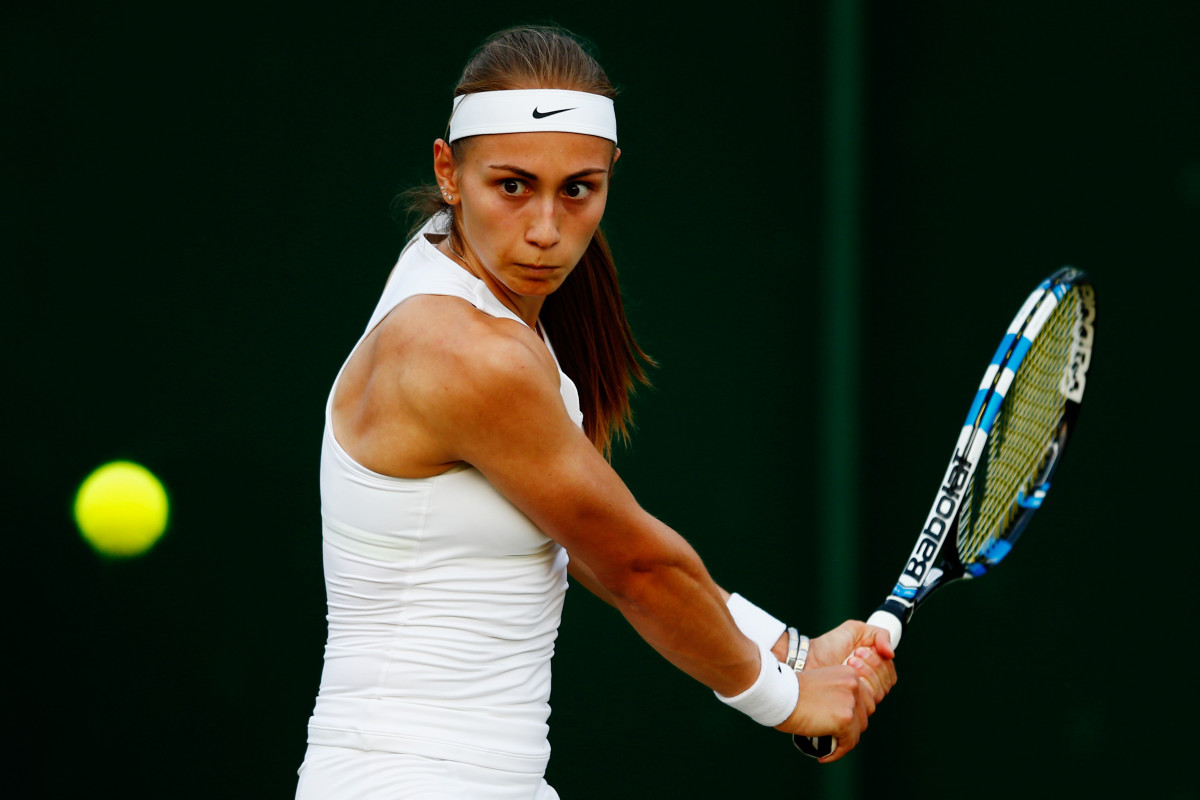
Sania Mirza and Martina Hingis
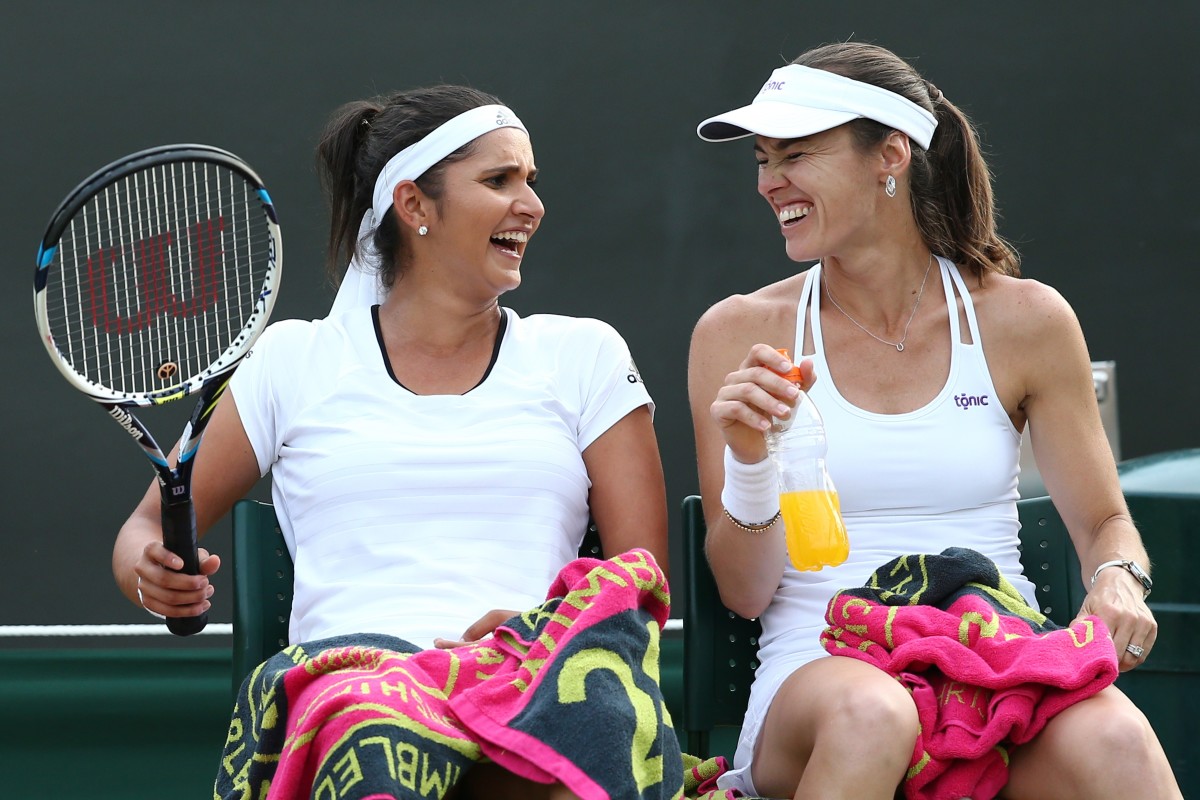
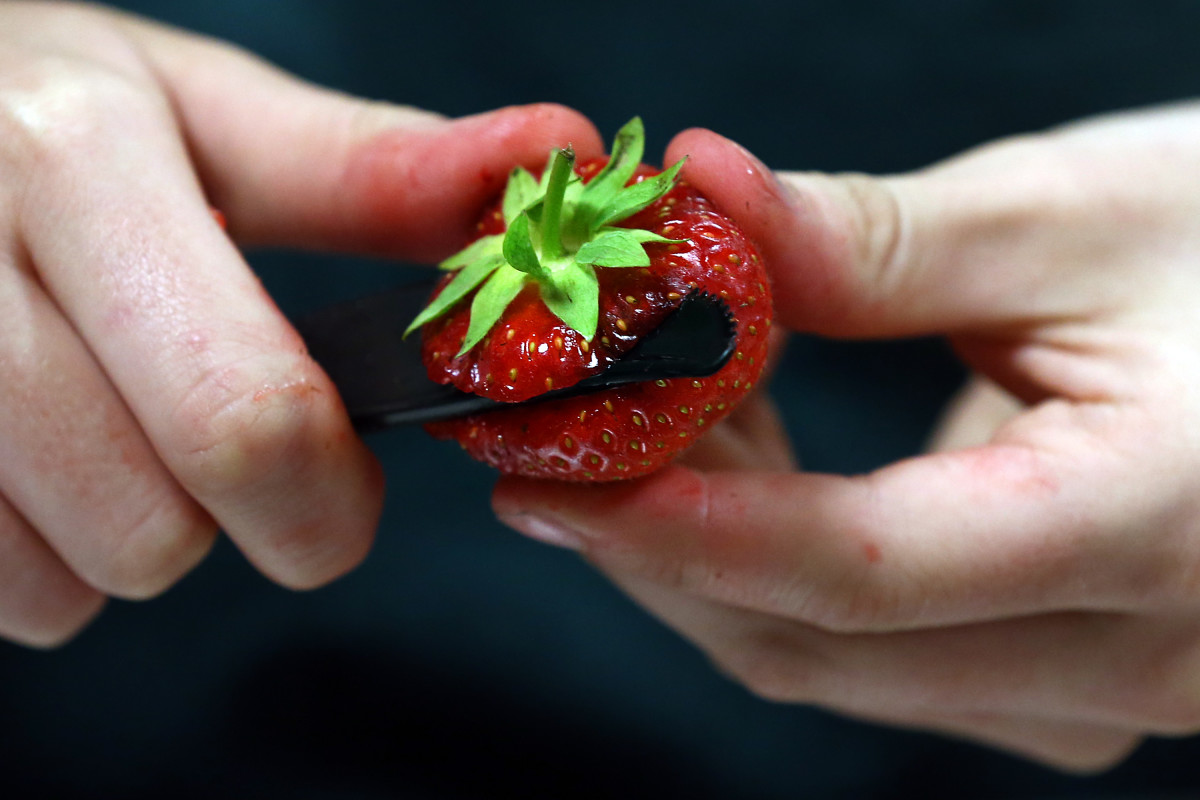
Jo-Wilfried Tsonga
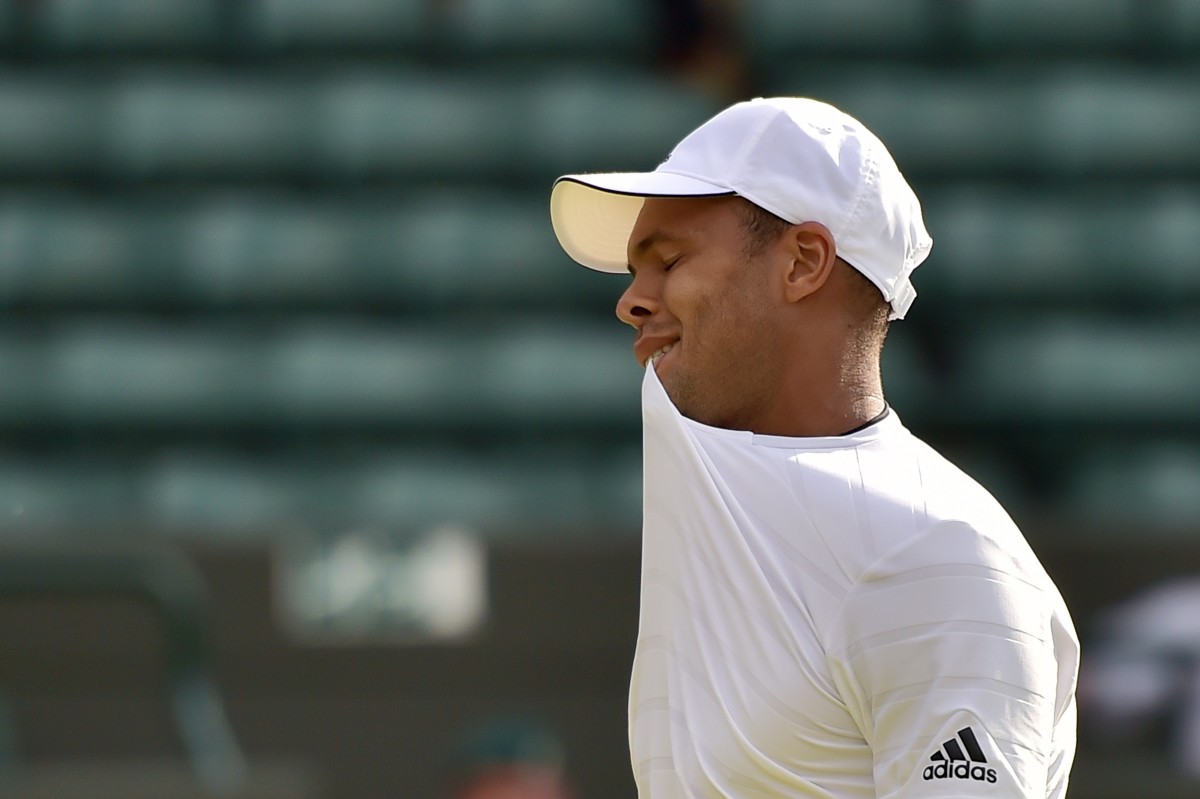
Catherine, Duchess of Cambridge
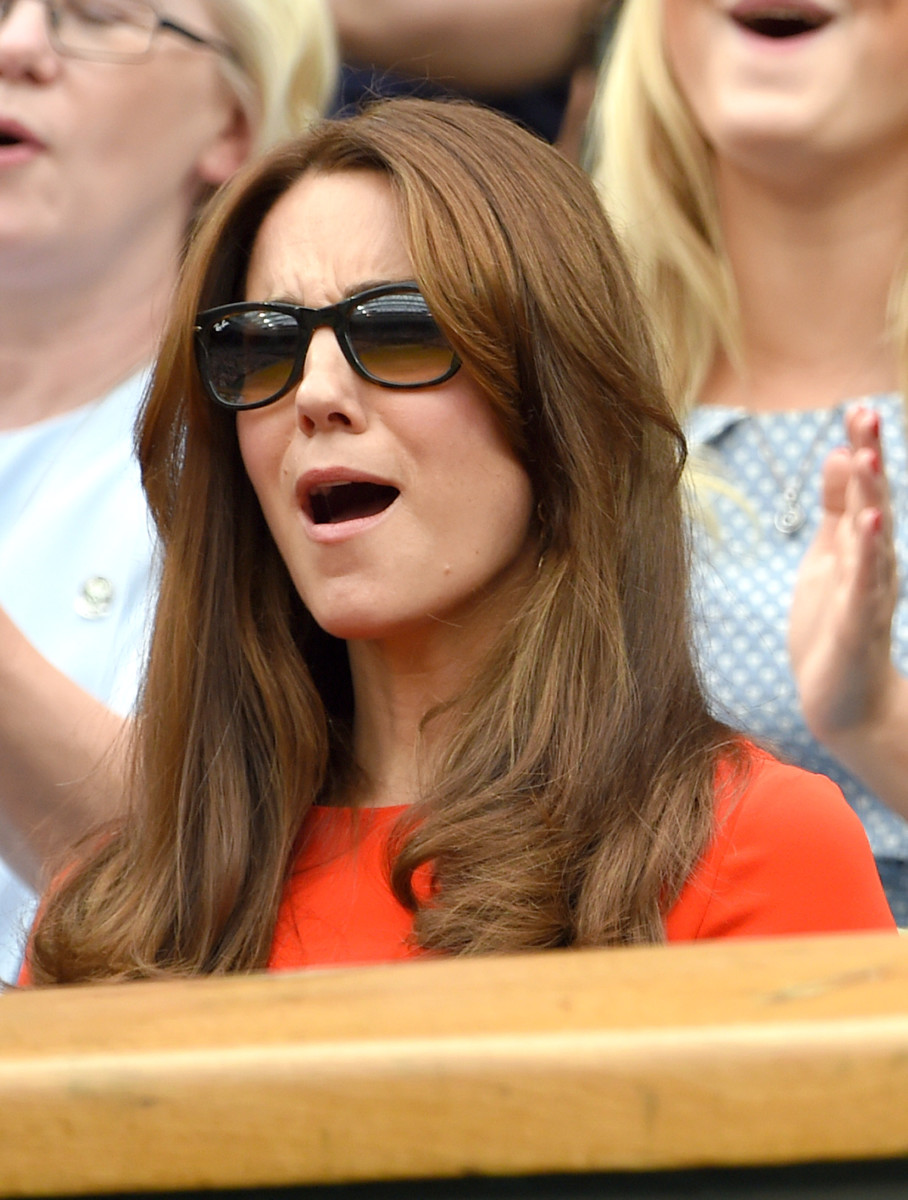
Catherine, Duchess of Cambridge and Prince William, Duke of Cambridge
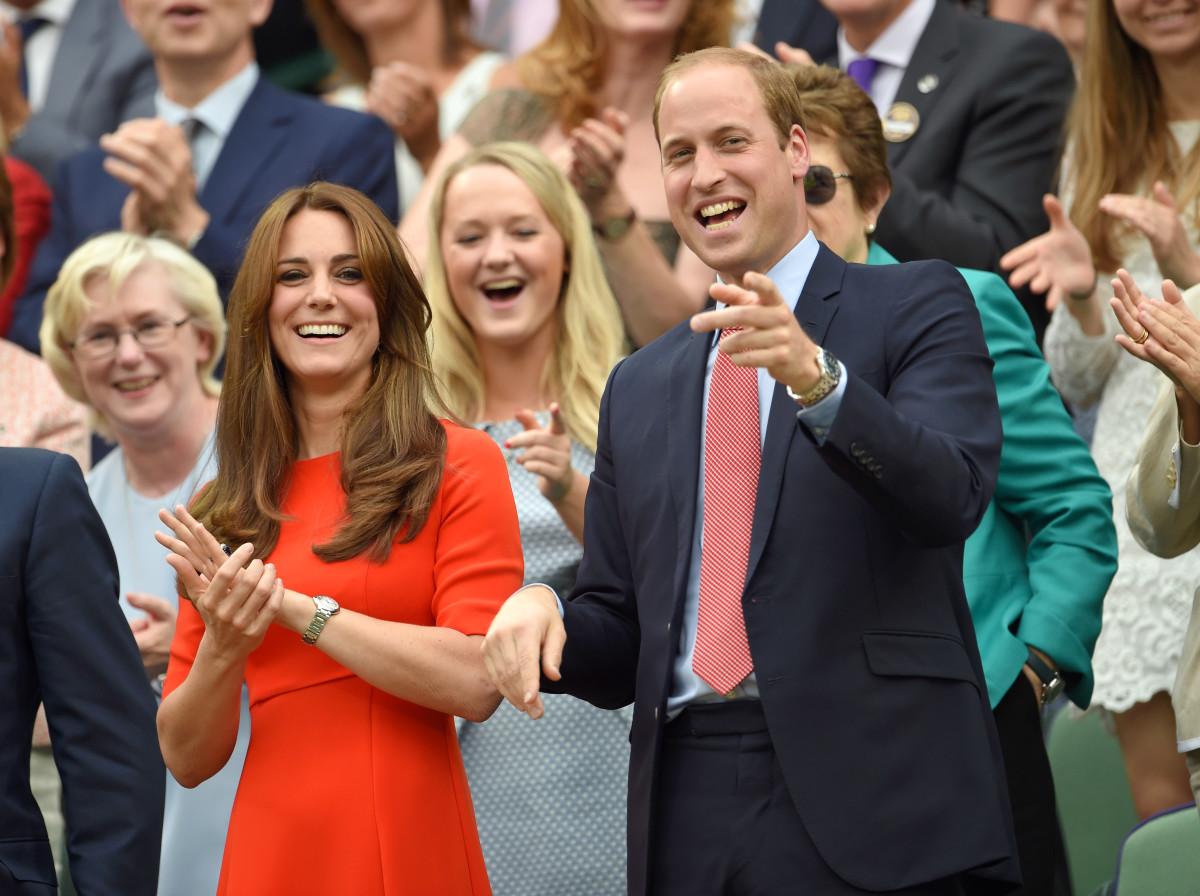
Richard Gasquet
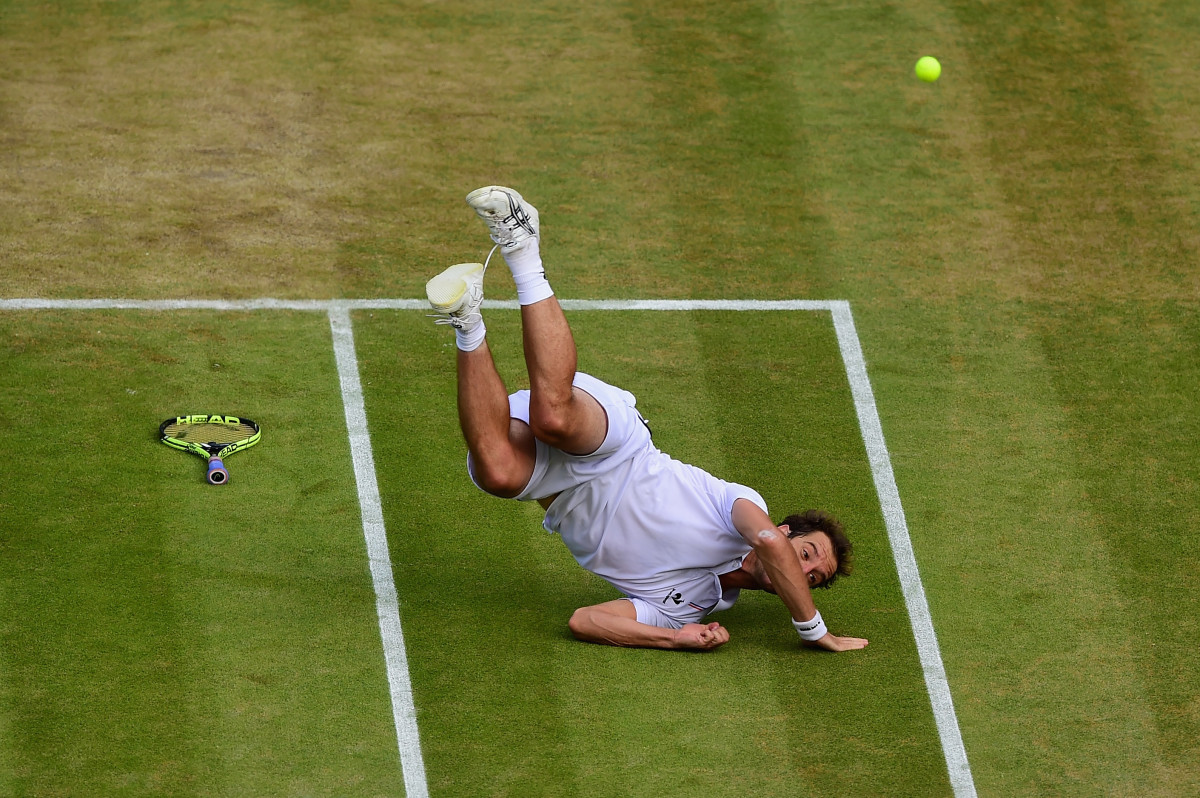
Garbine Muguruza
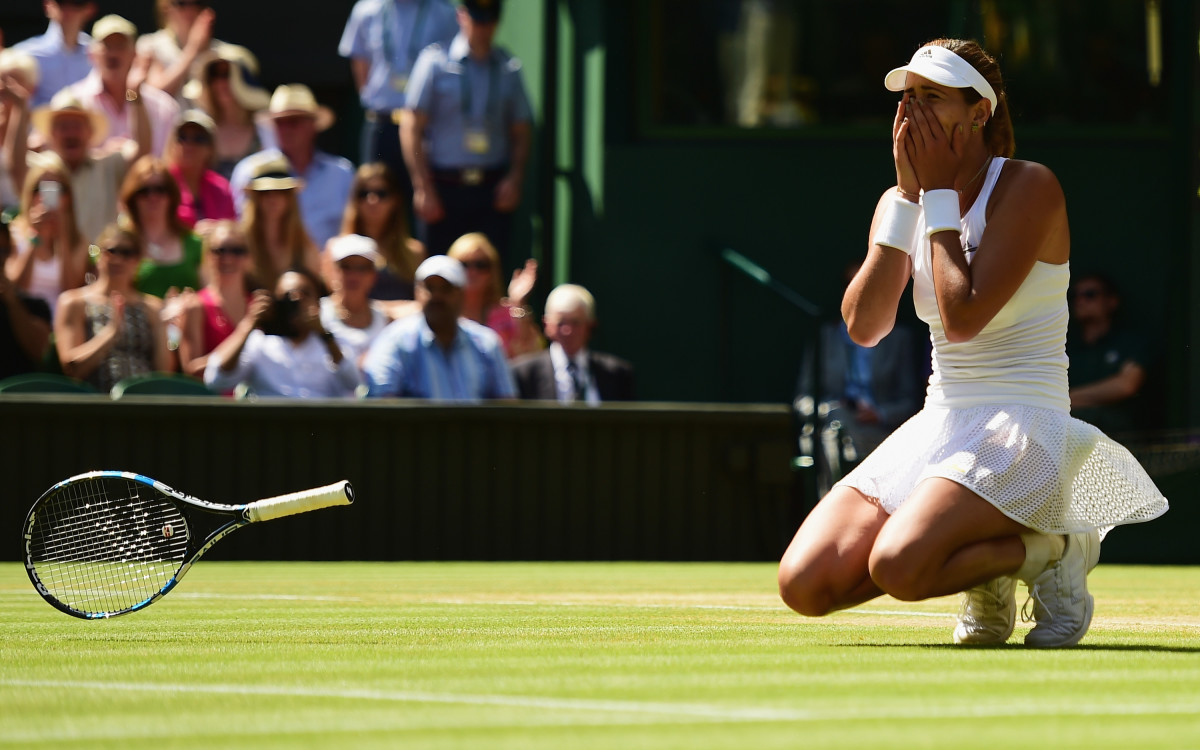
Wimbledon
Serena Williams, Maria Sharapova
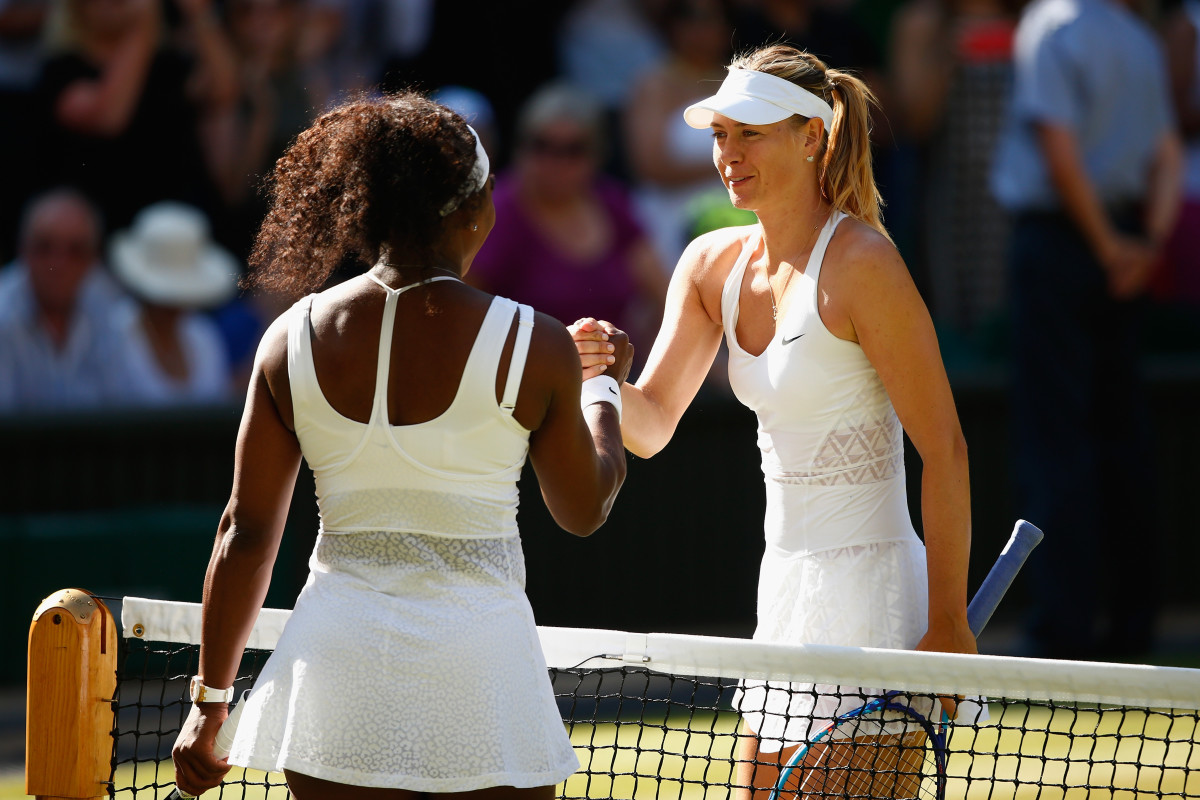
Wimbledon
Novak Djokovic
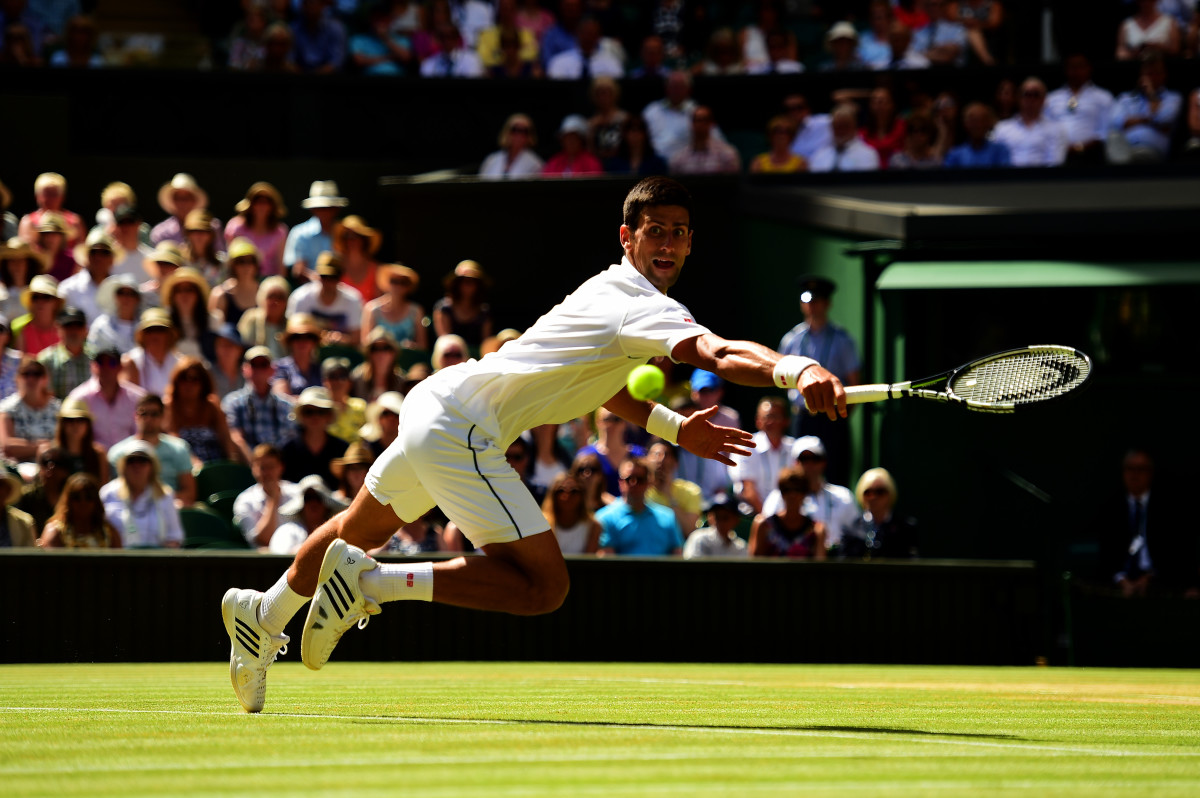
Novak Djokovic
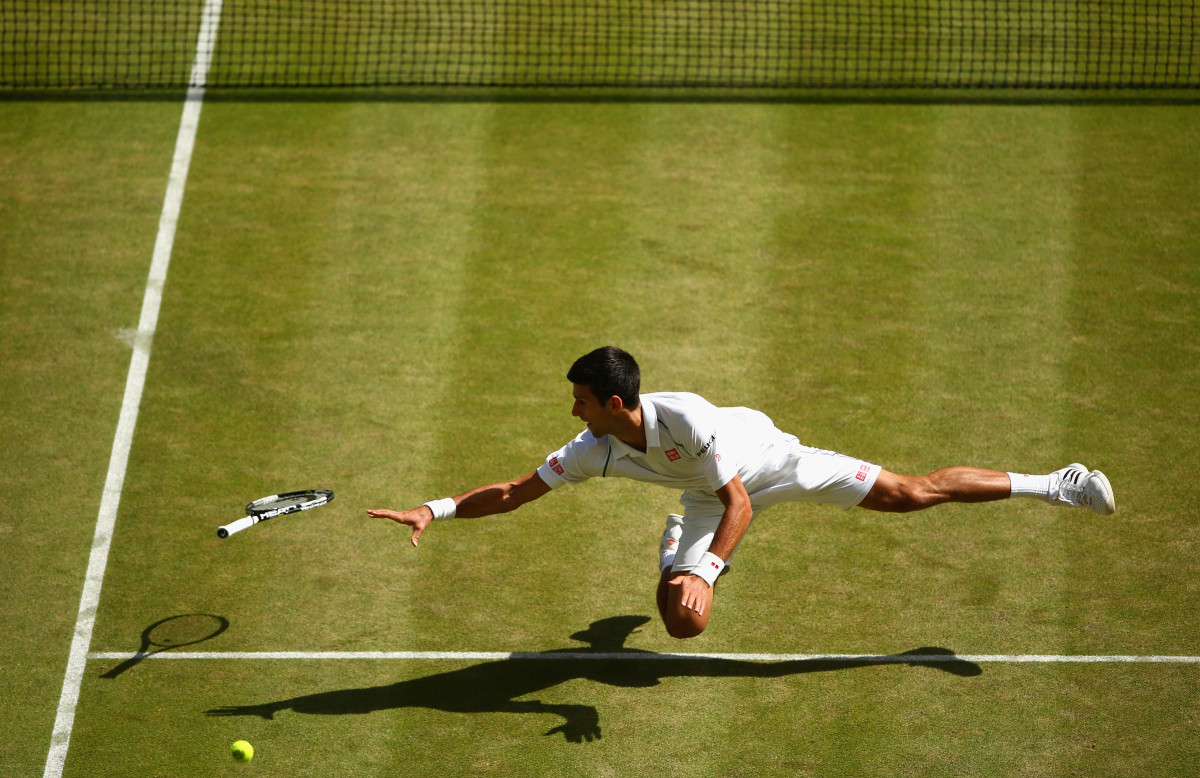
Novak Djokovic
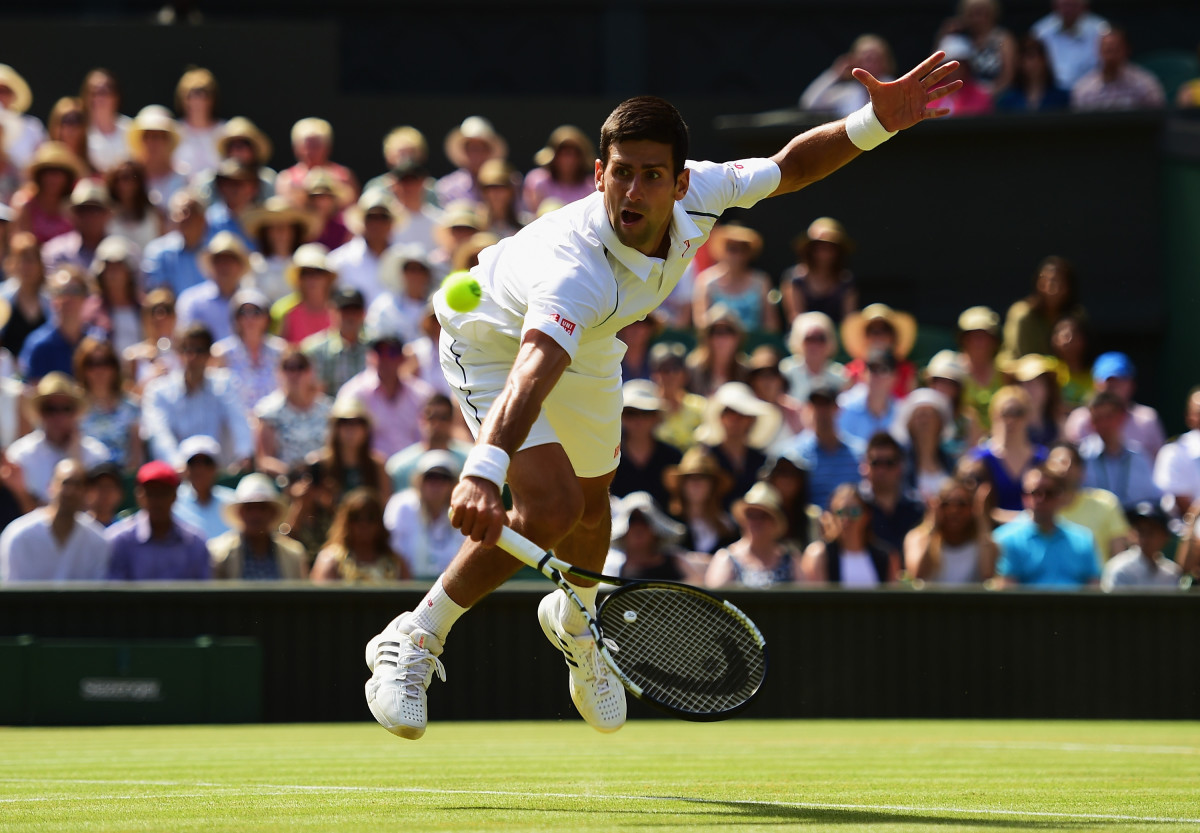
Andy Murray
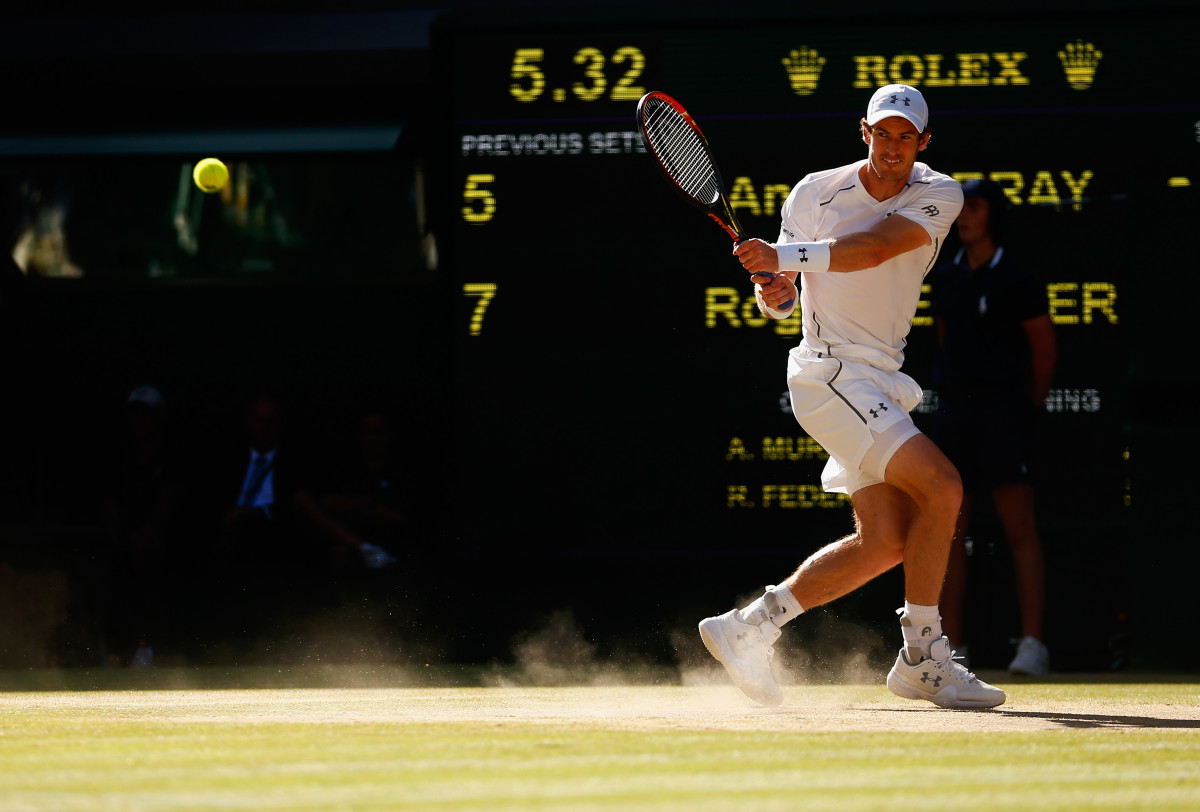
Andy Murray
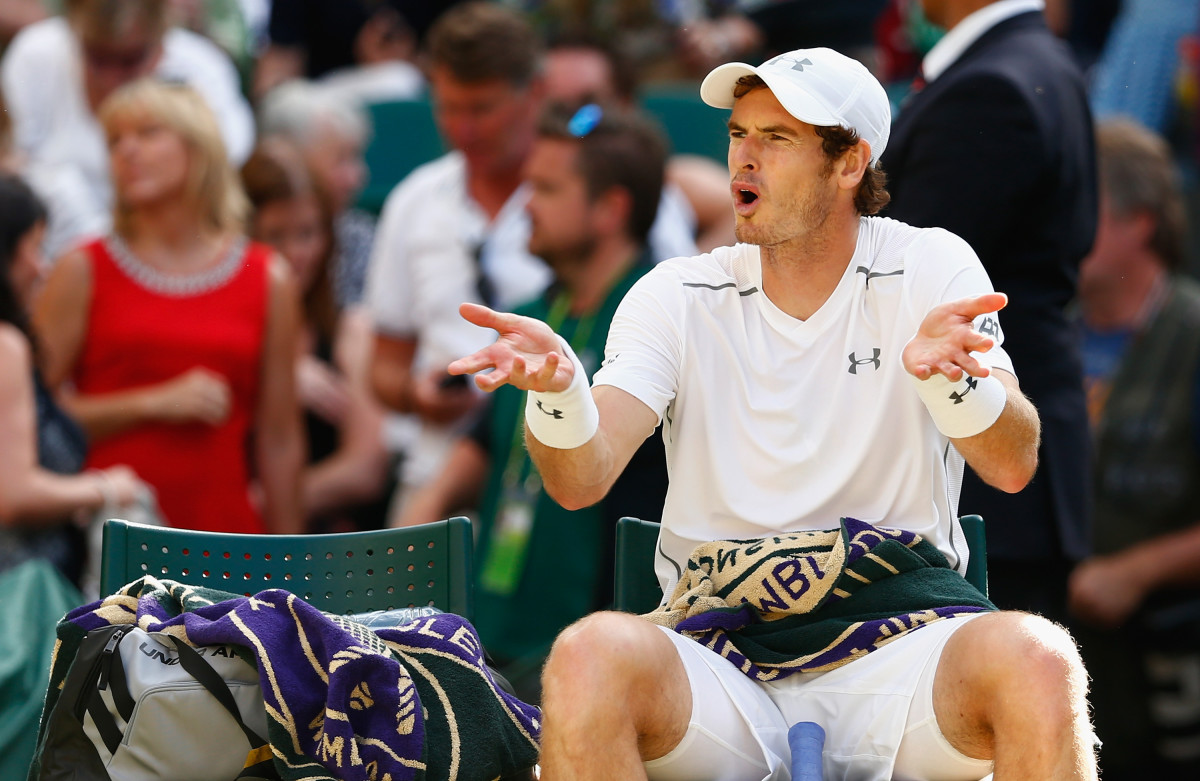
Wimbledon
Serena Williams
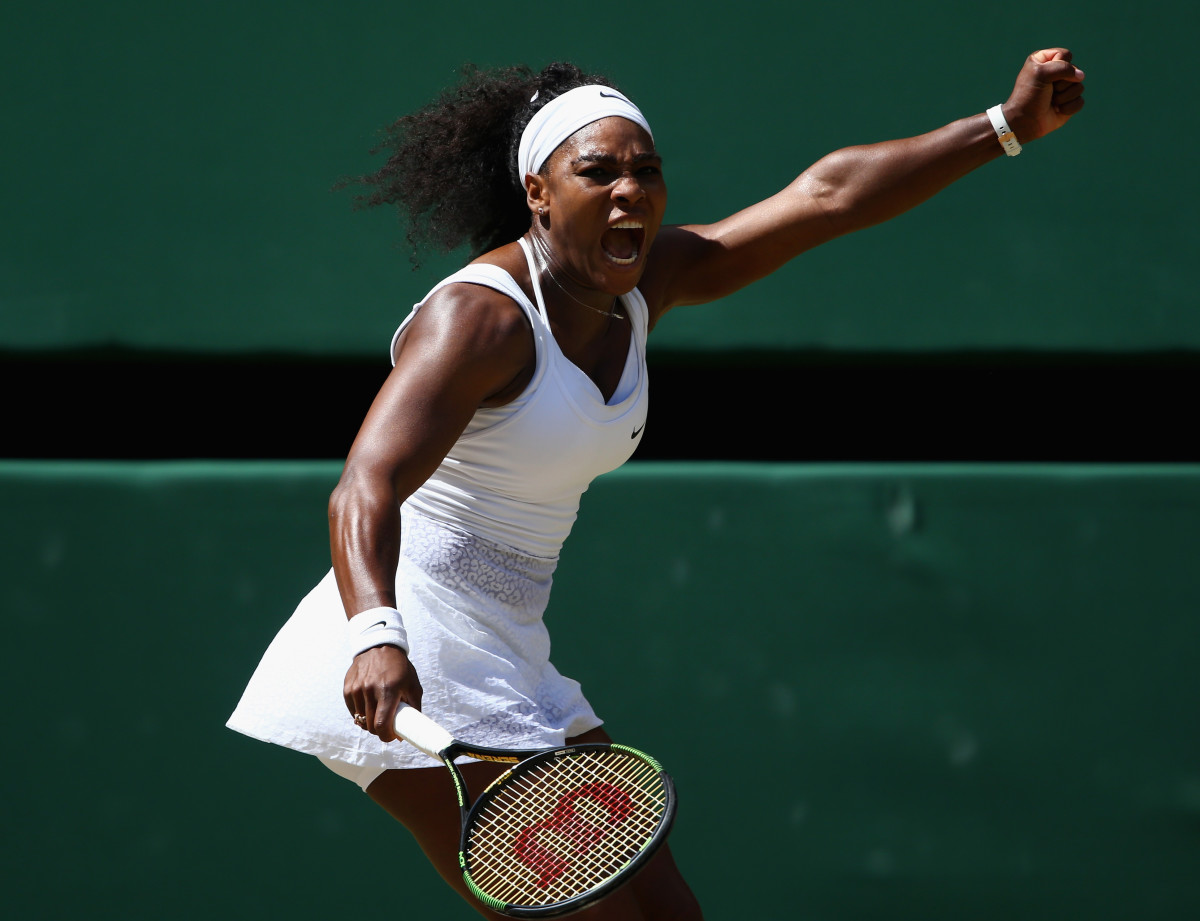
Serena Williams
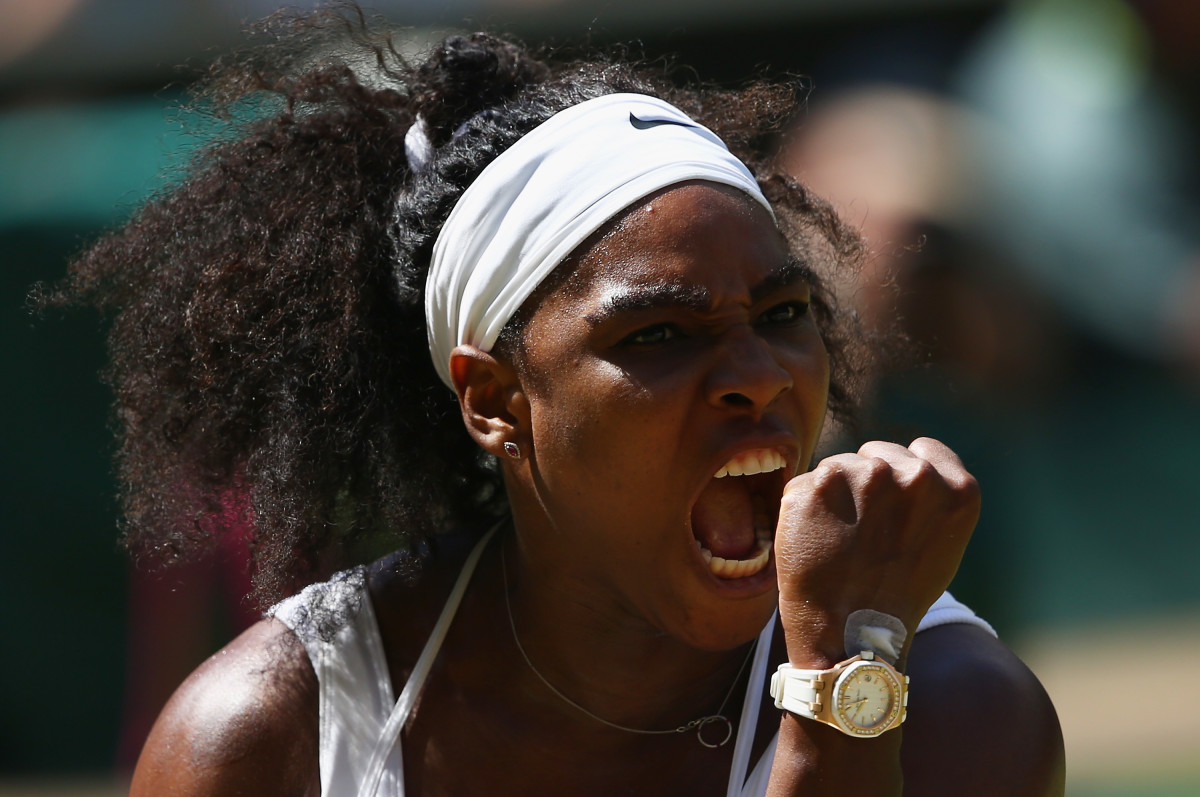
Serena Williams, Garbine Muguruza
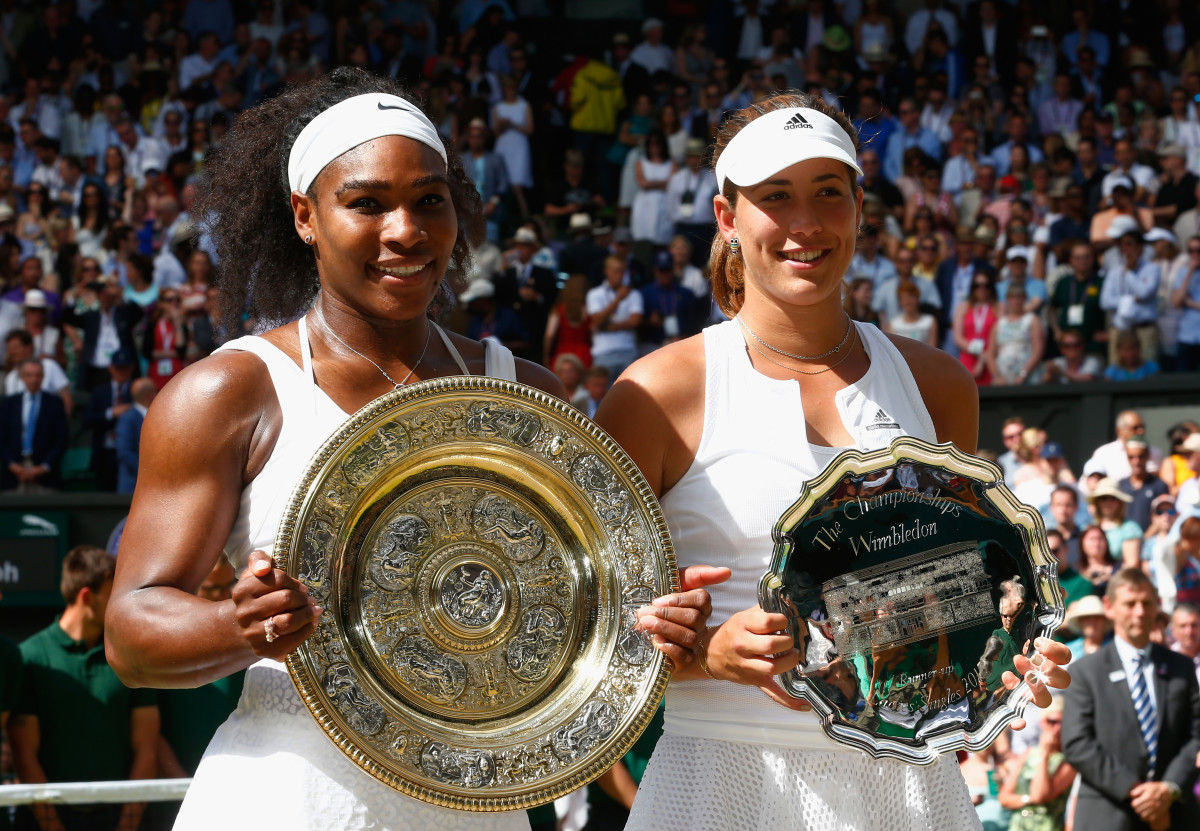
Serena Williams
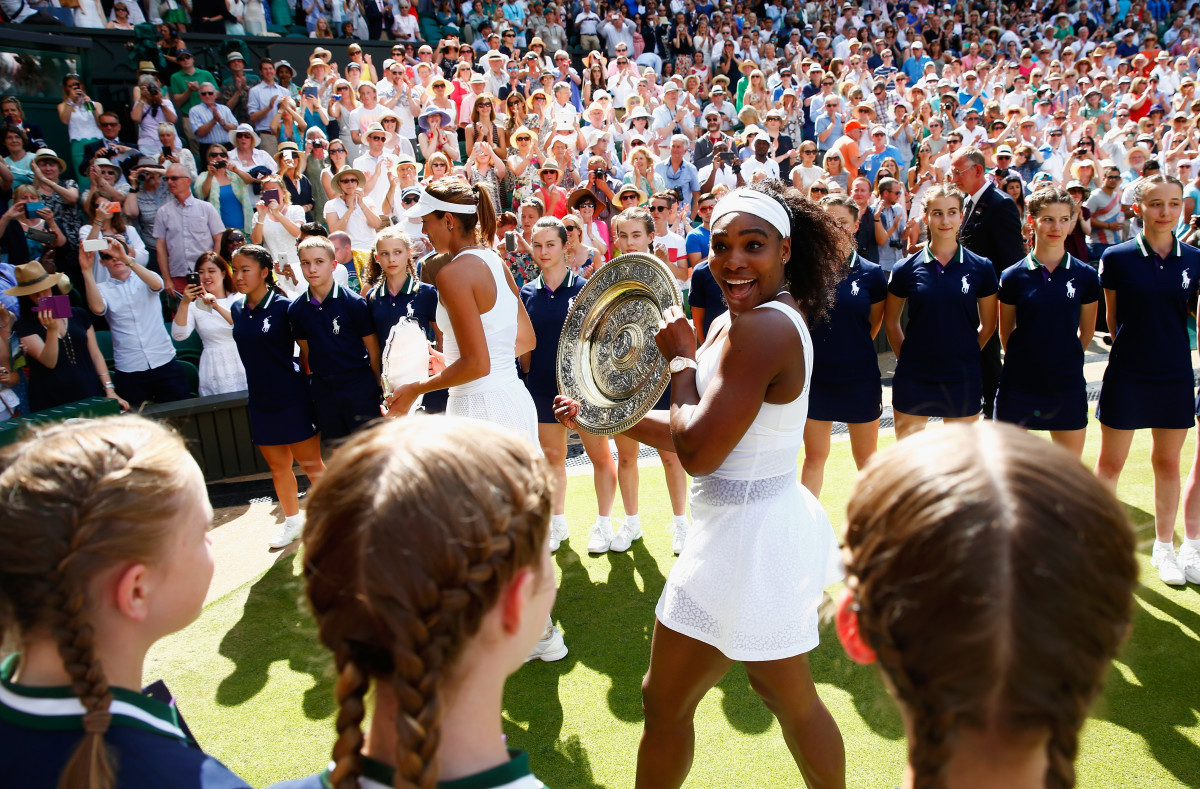
Garbine Muguruza
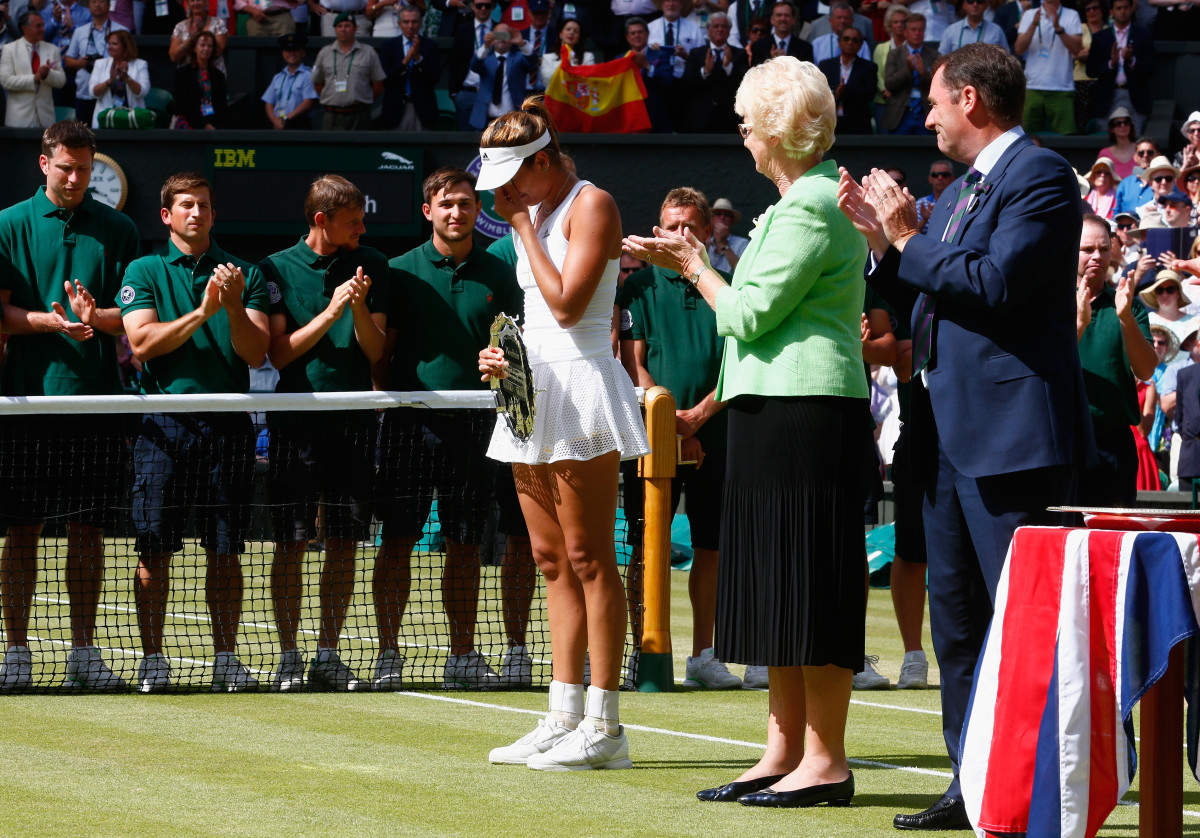
Kim and Andy Murray
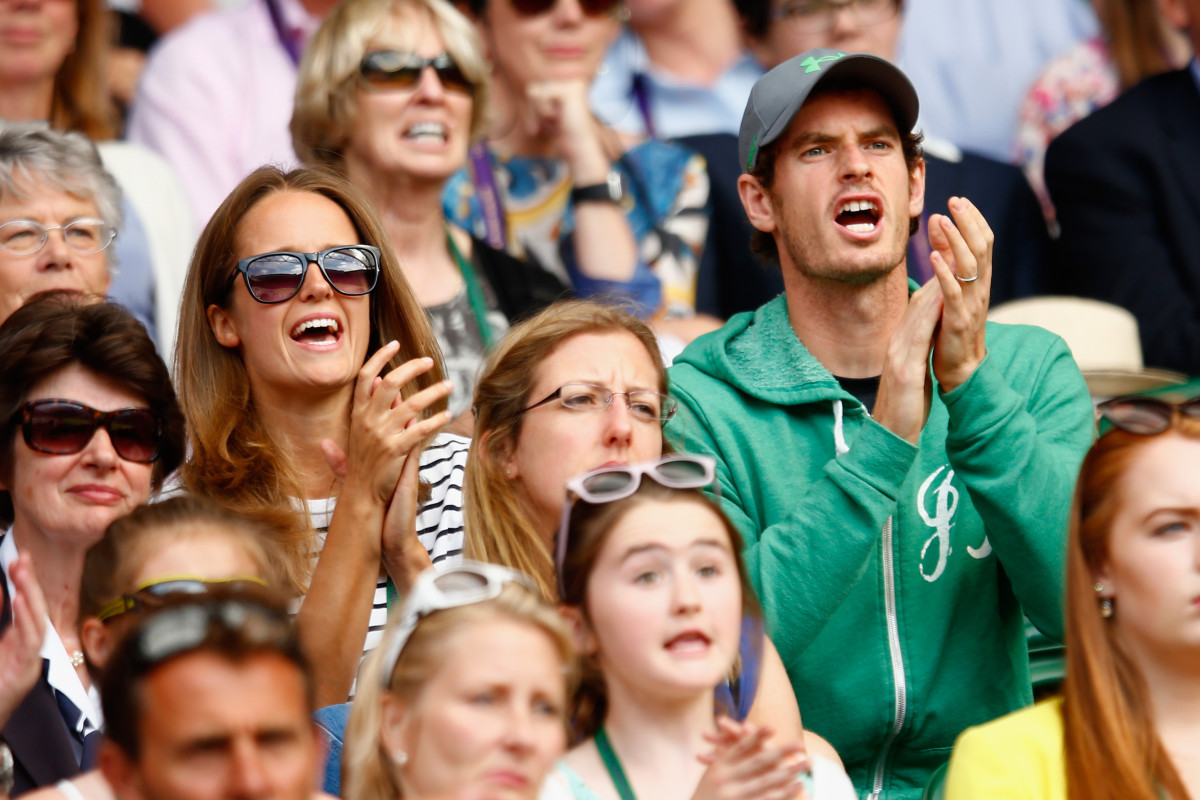
Martina Hingis and Sania Mirza
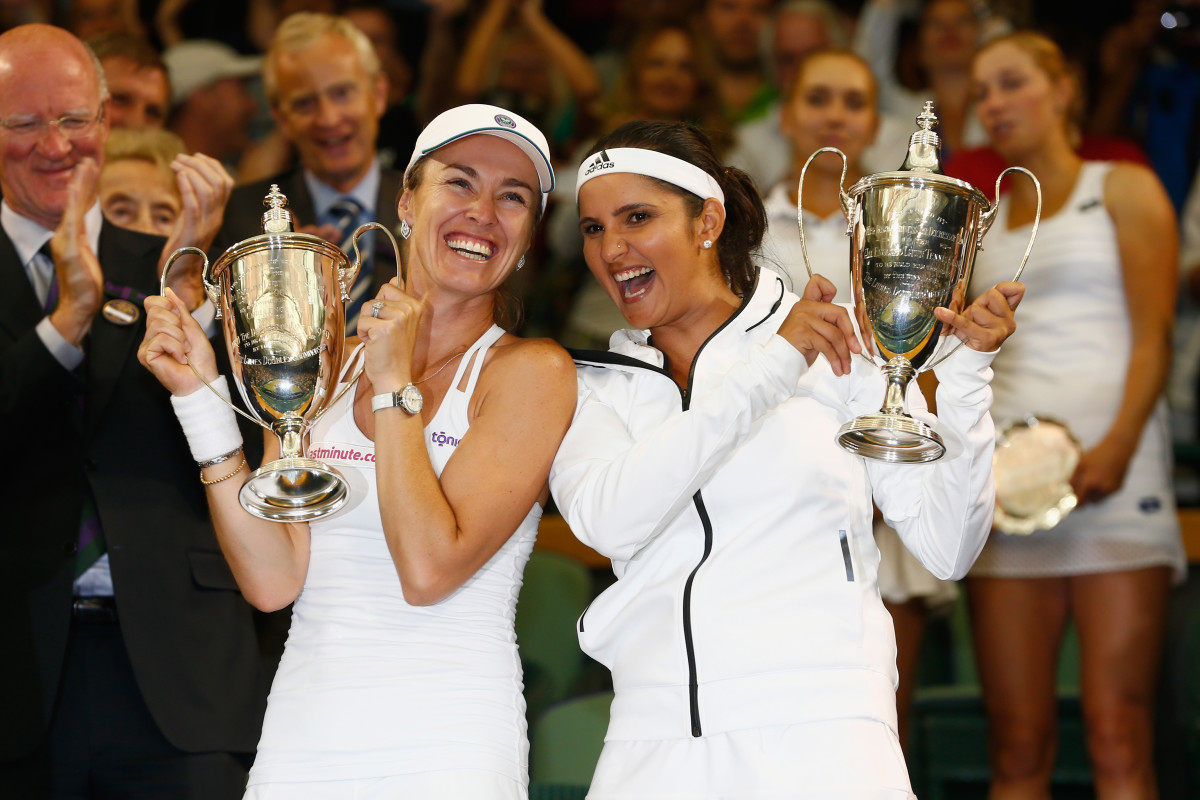
Novak Djokovic
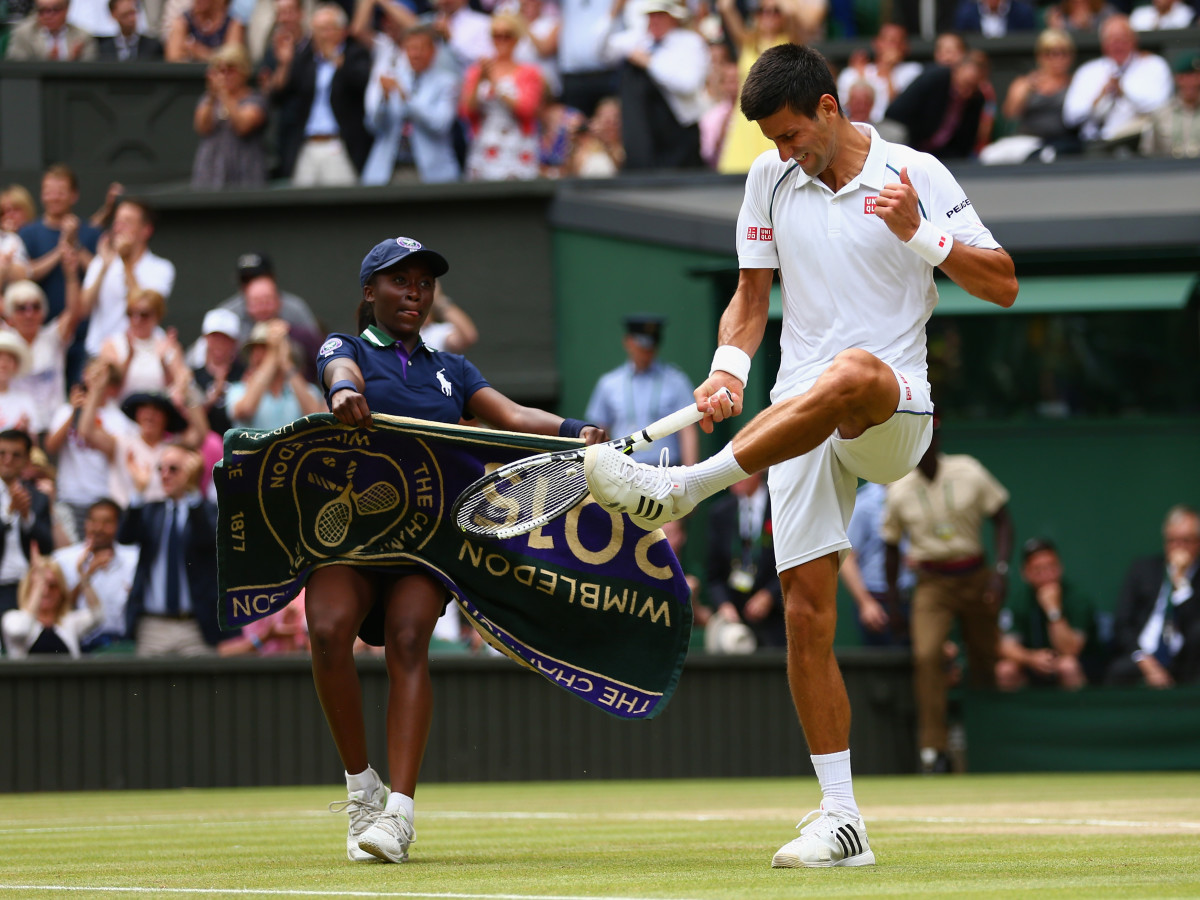
Novak Djokovic
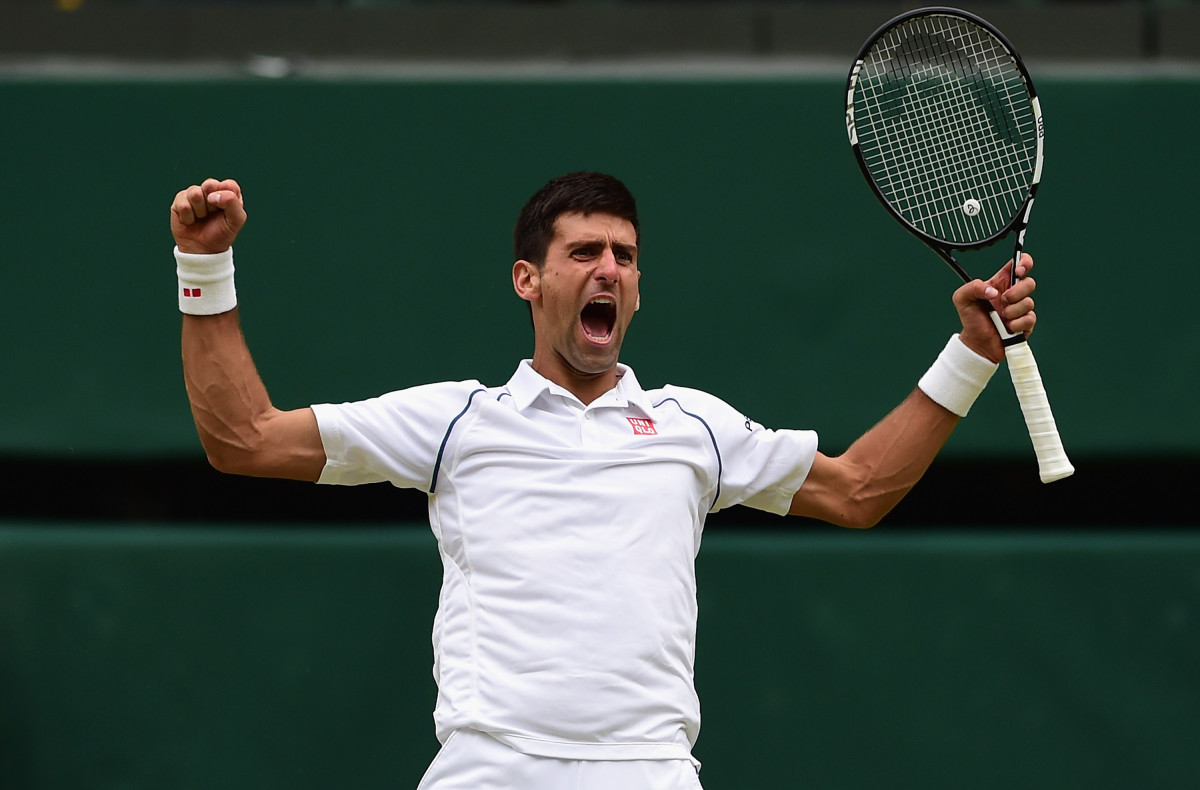
Novak Djokovic
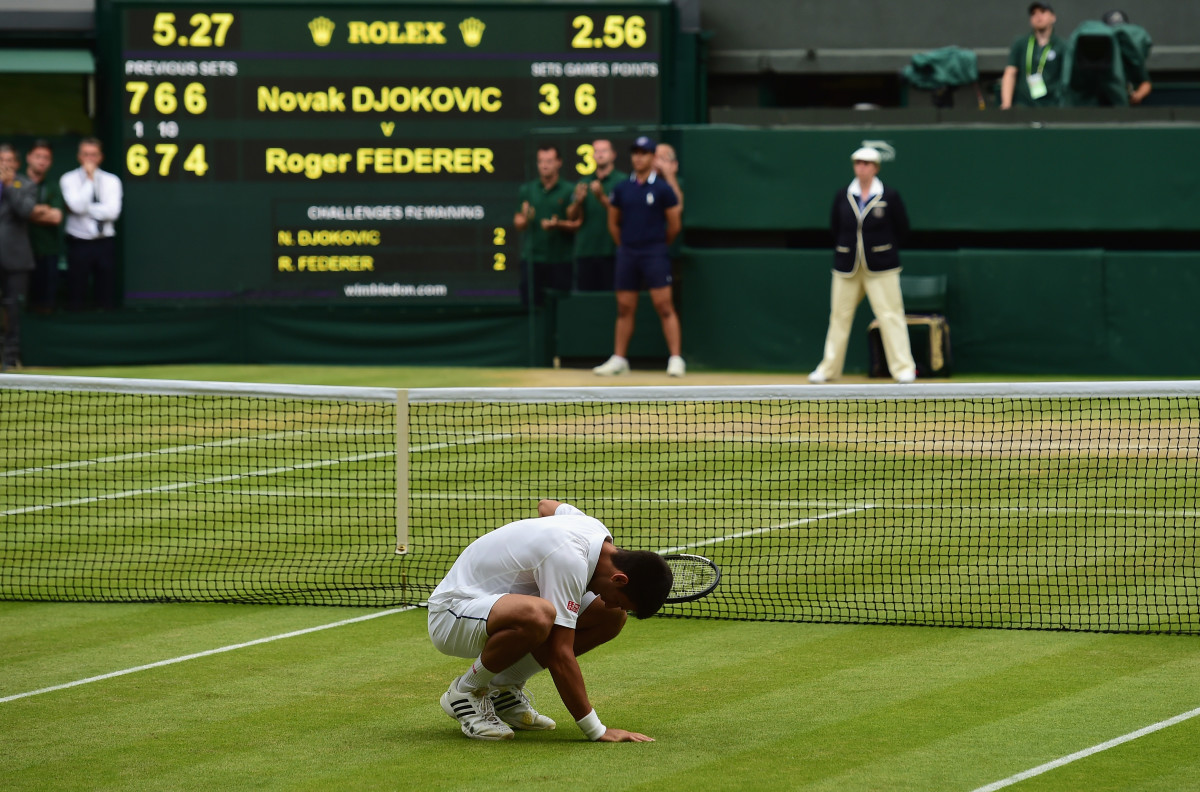
Novak Djokovic
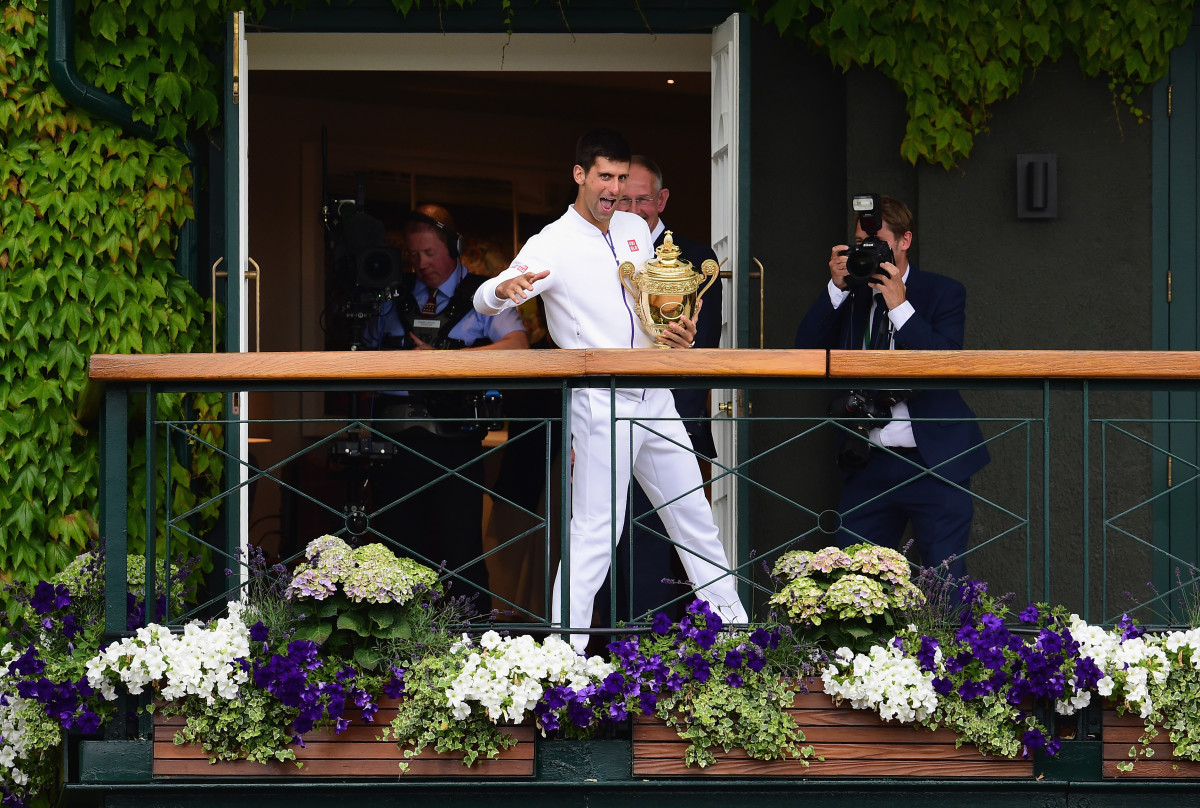
Bethanie Mattek-Sands
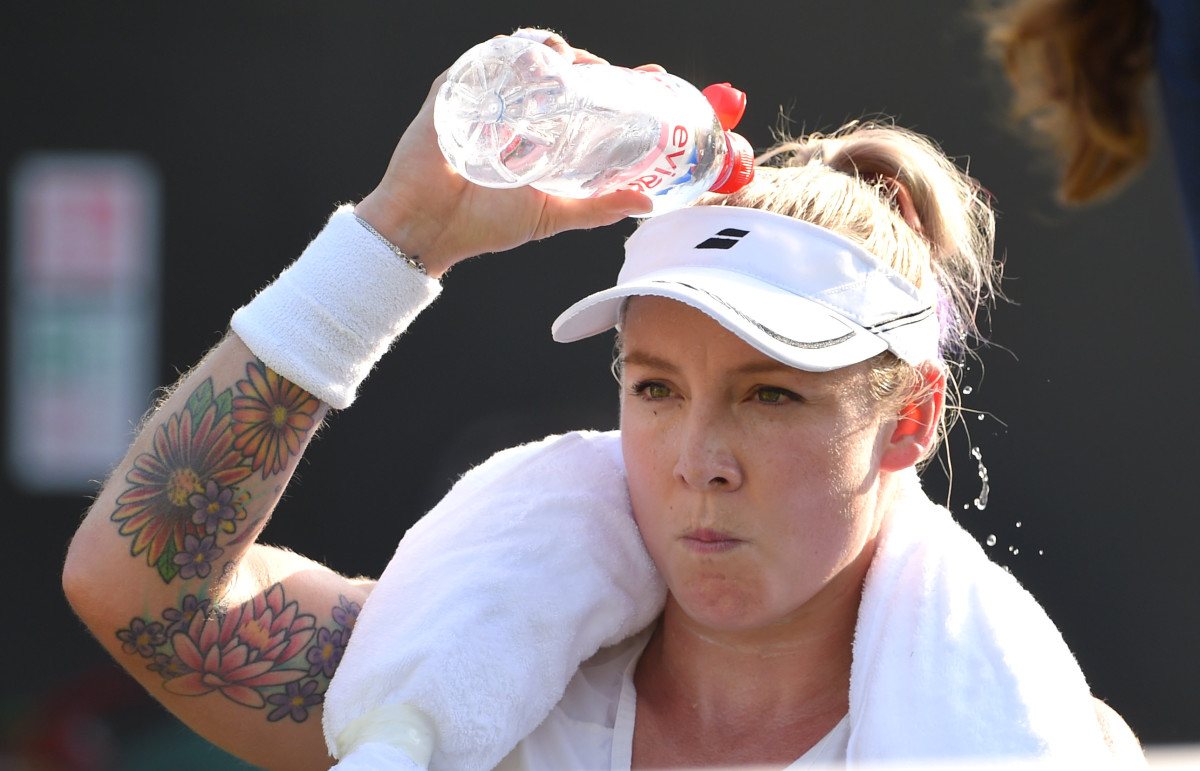
Yulia Putintseva
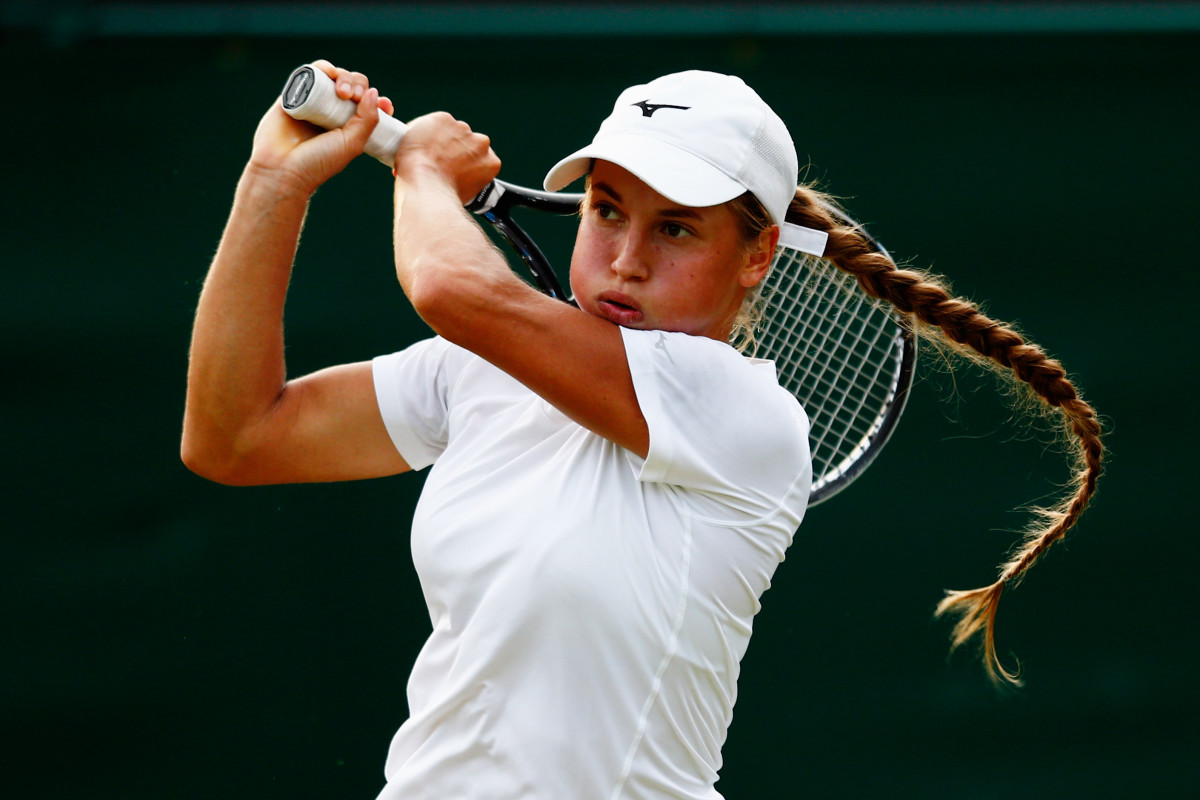
Andreas Seppi
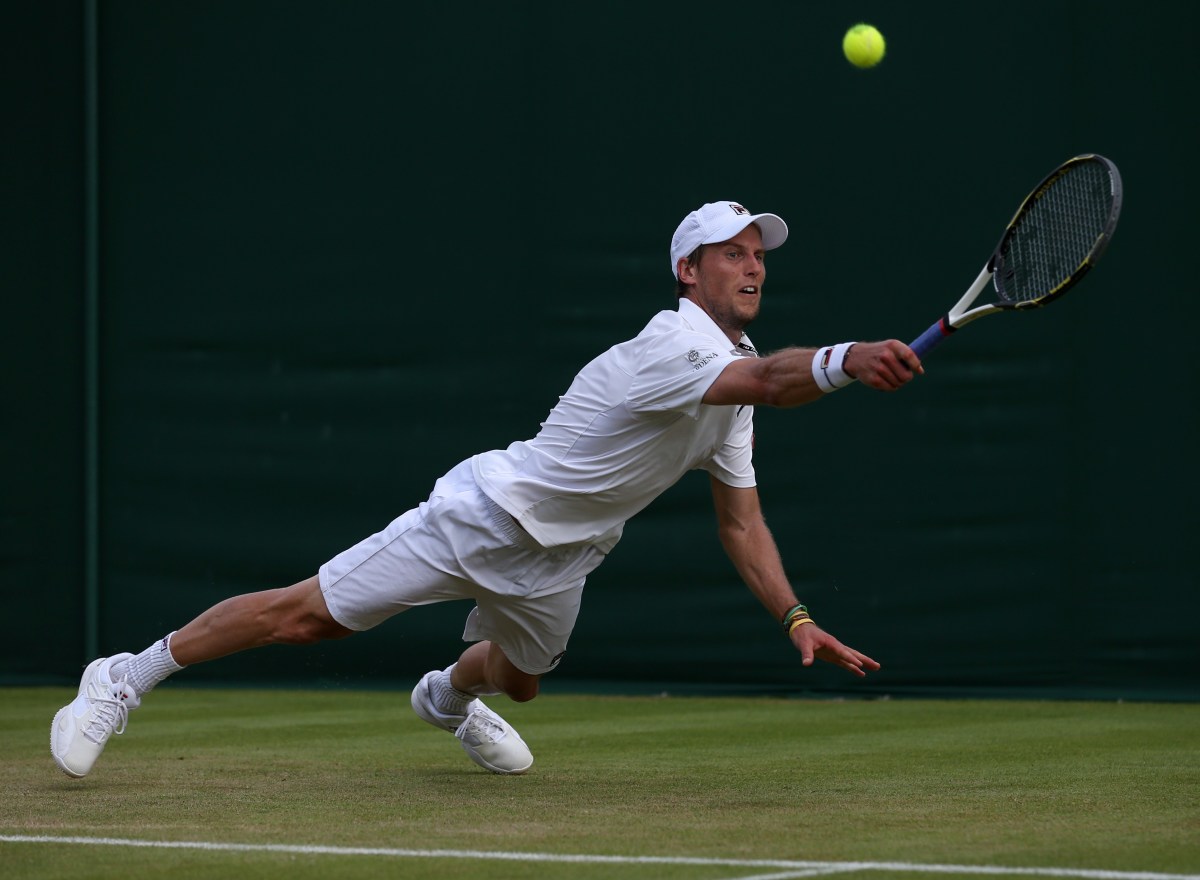
Anna Wintour
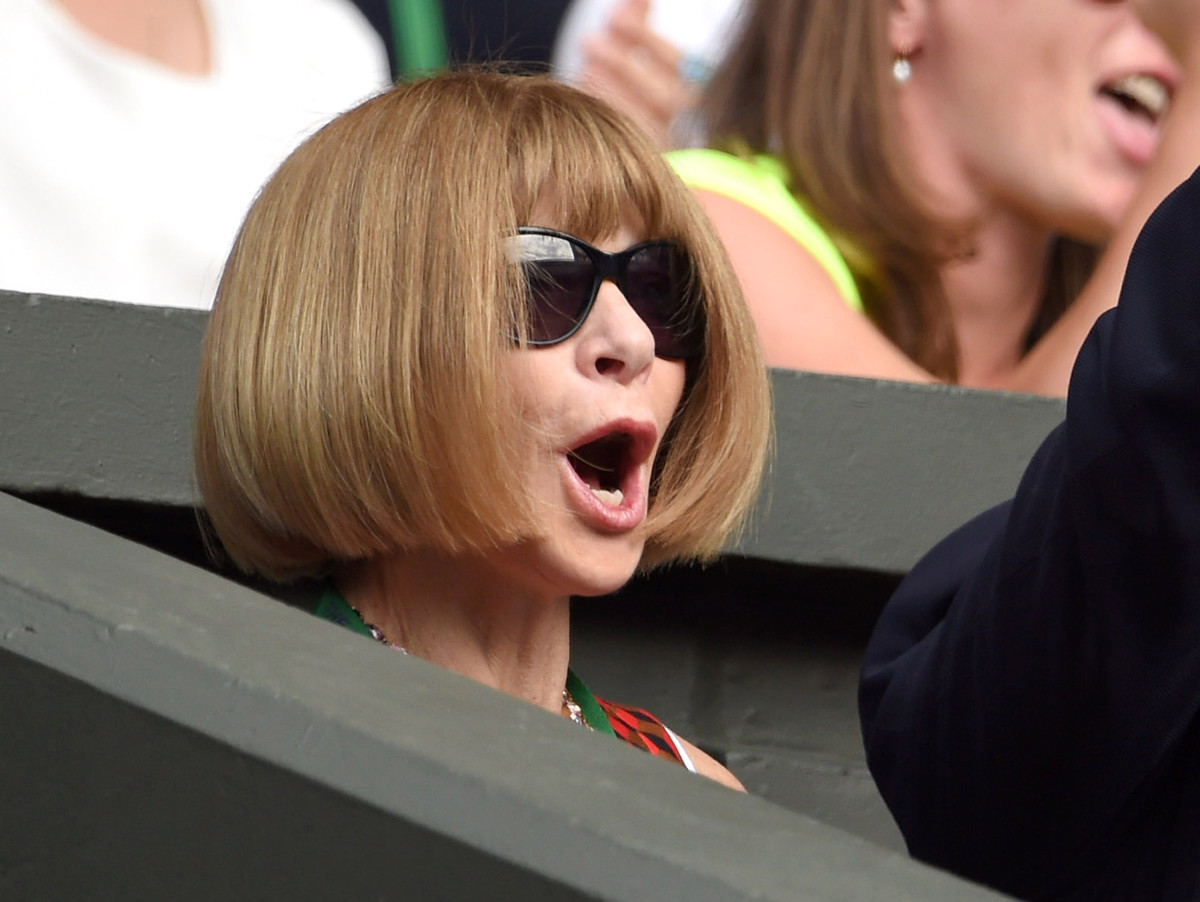
Dustin Brown
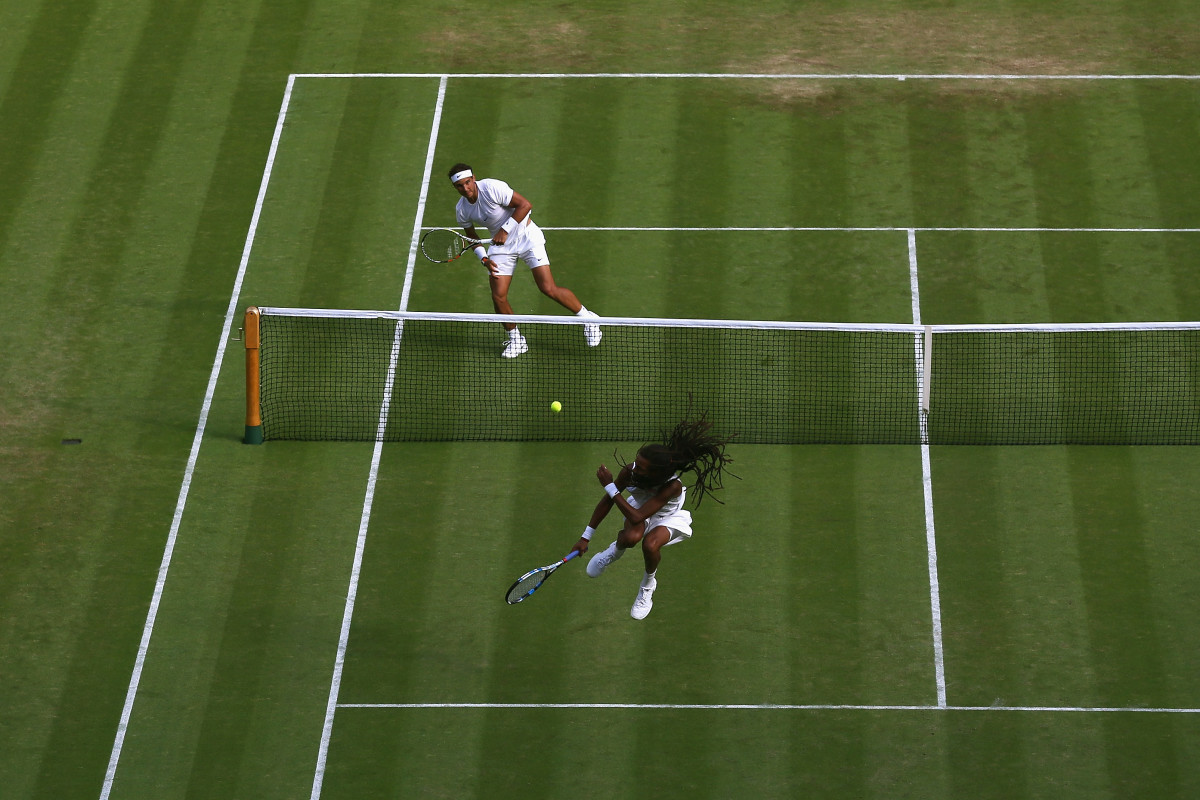
Dustin Brown
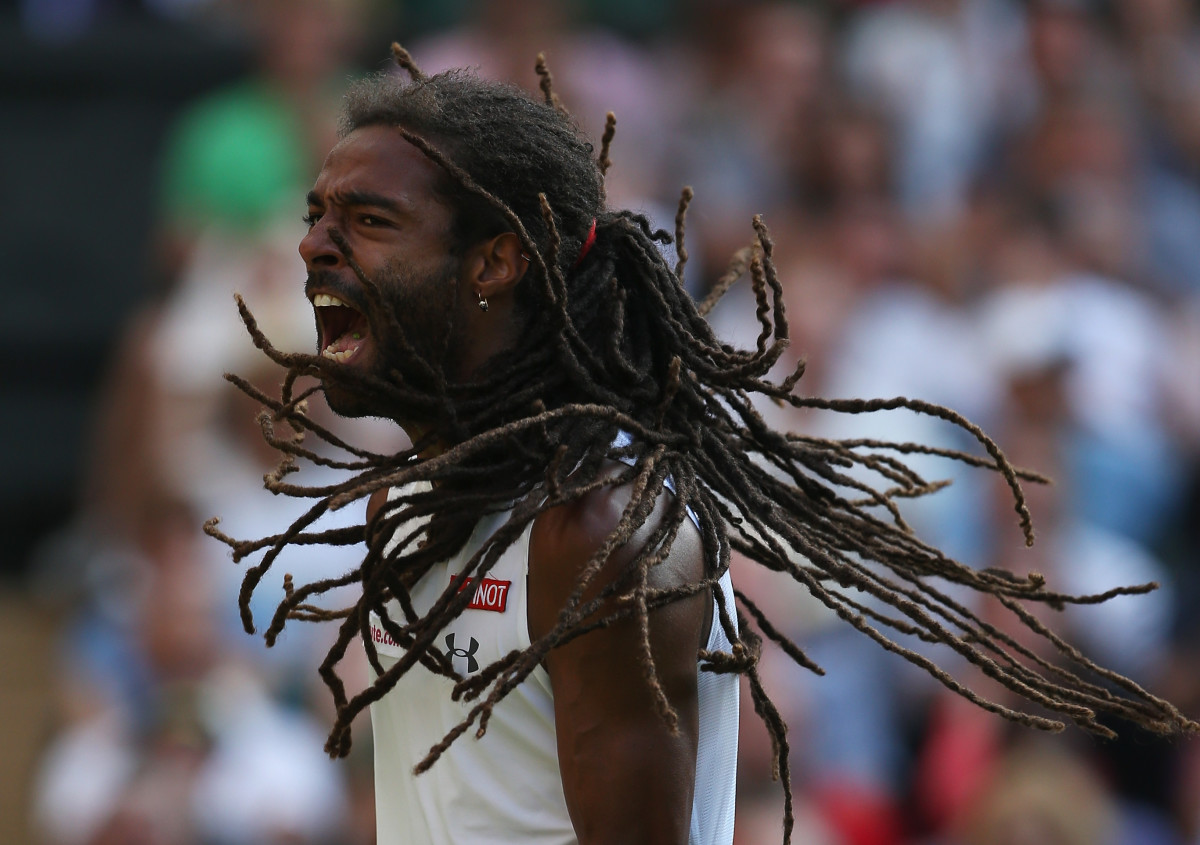
Bernard Tomic
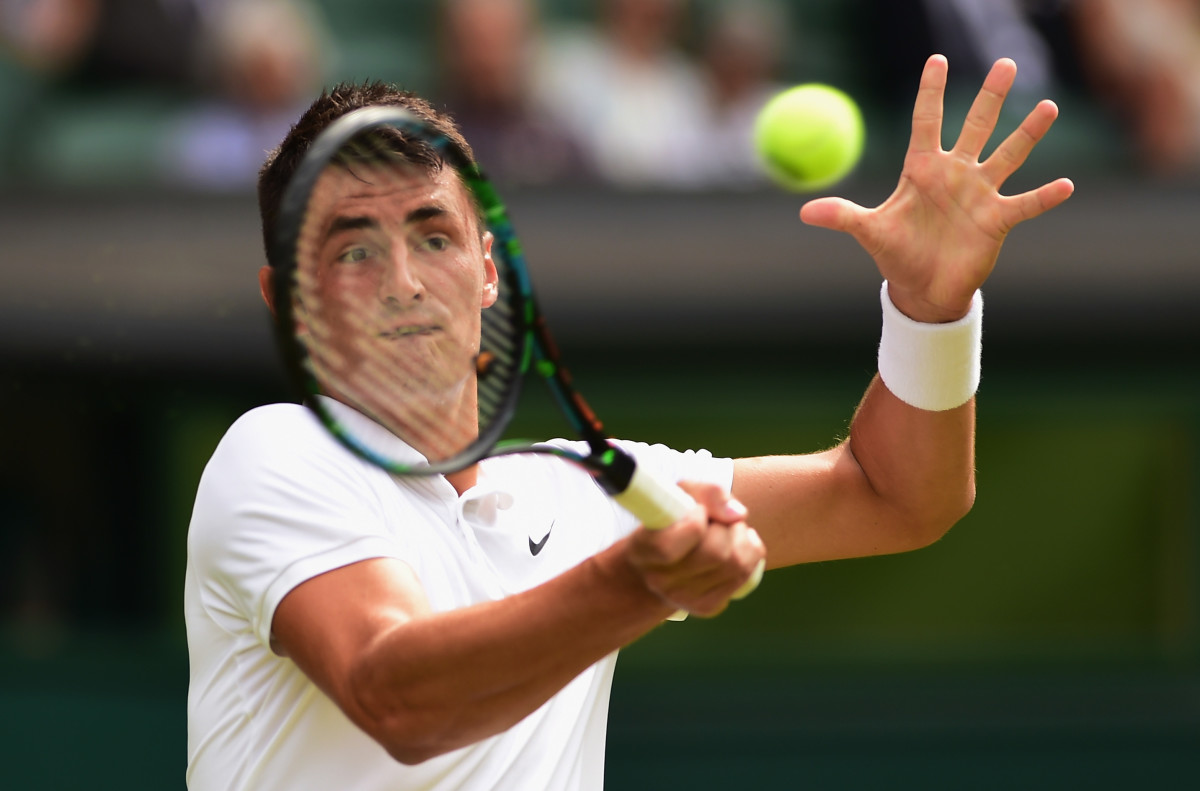
Novak Djokovic
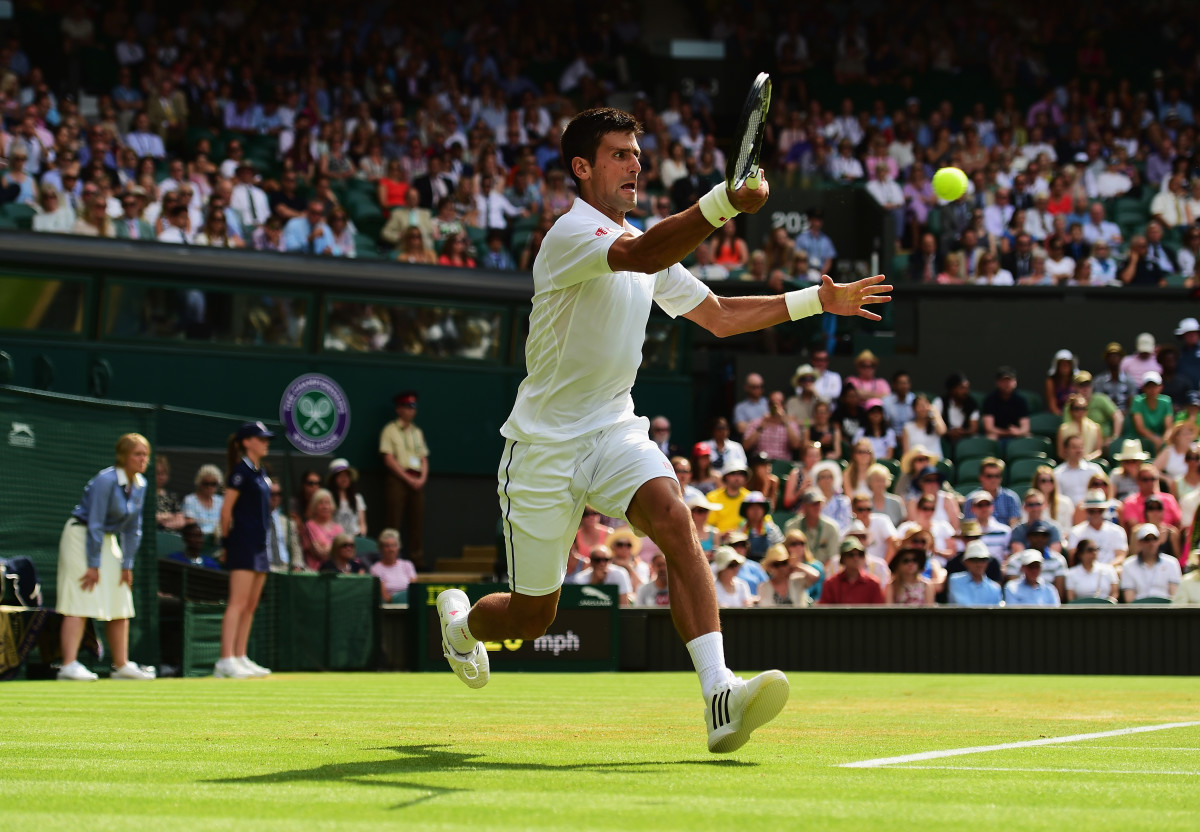
Serena Williams
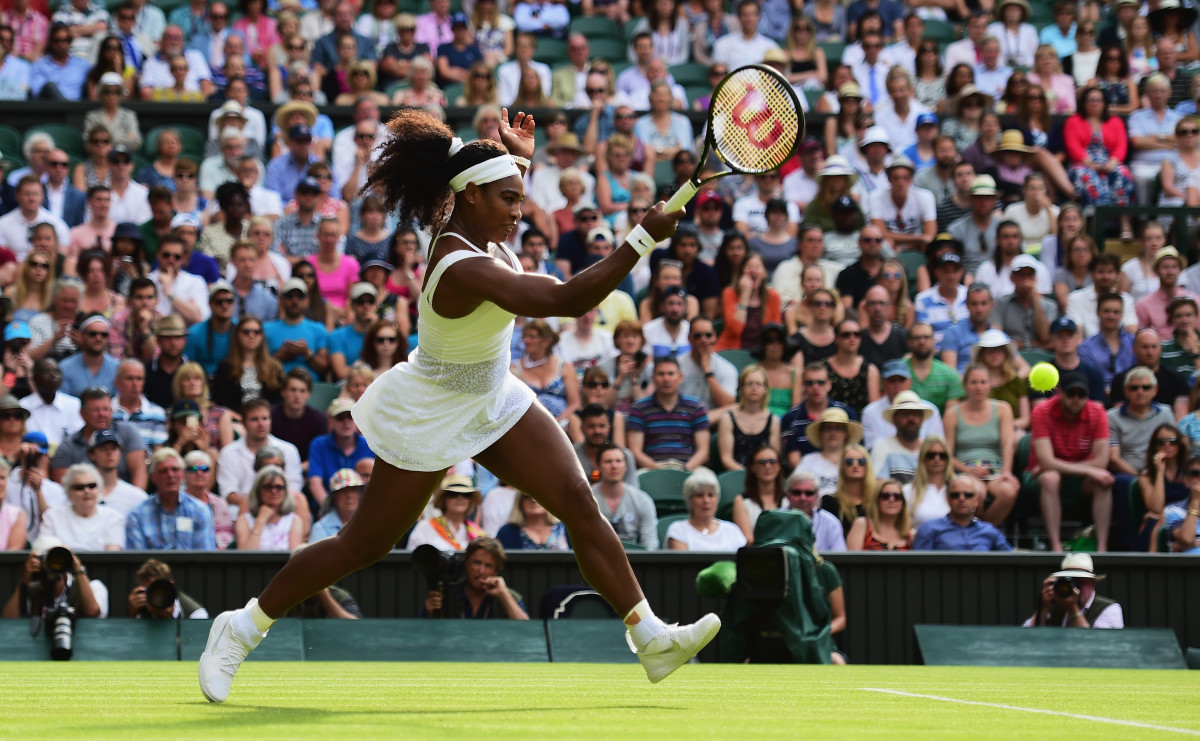
Serena Williams
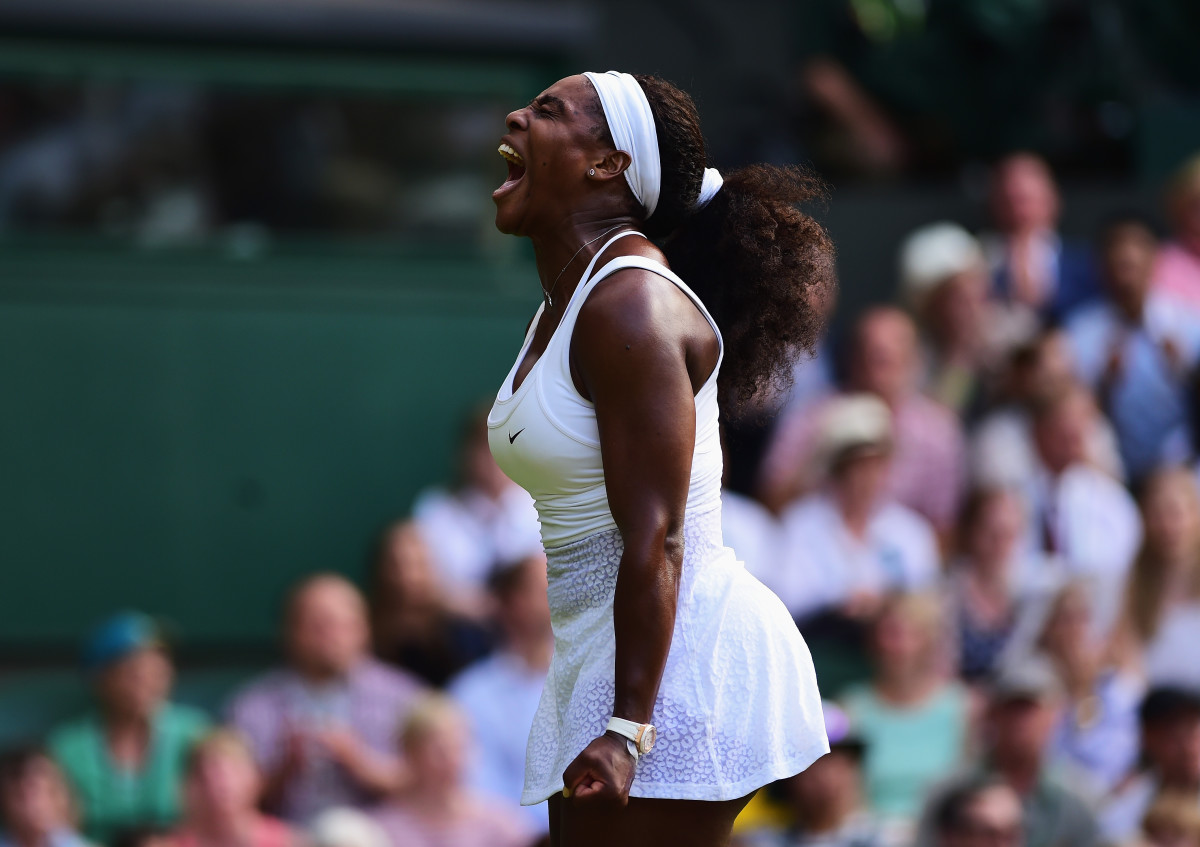
Heather Watson, Serena Williams
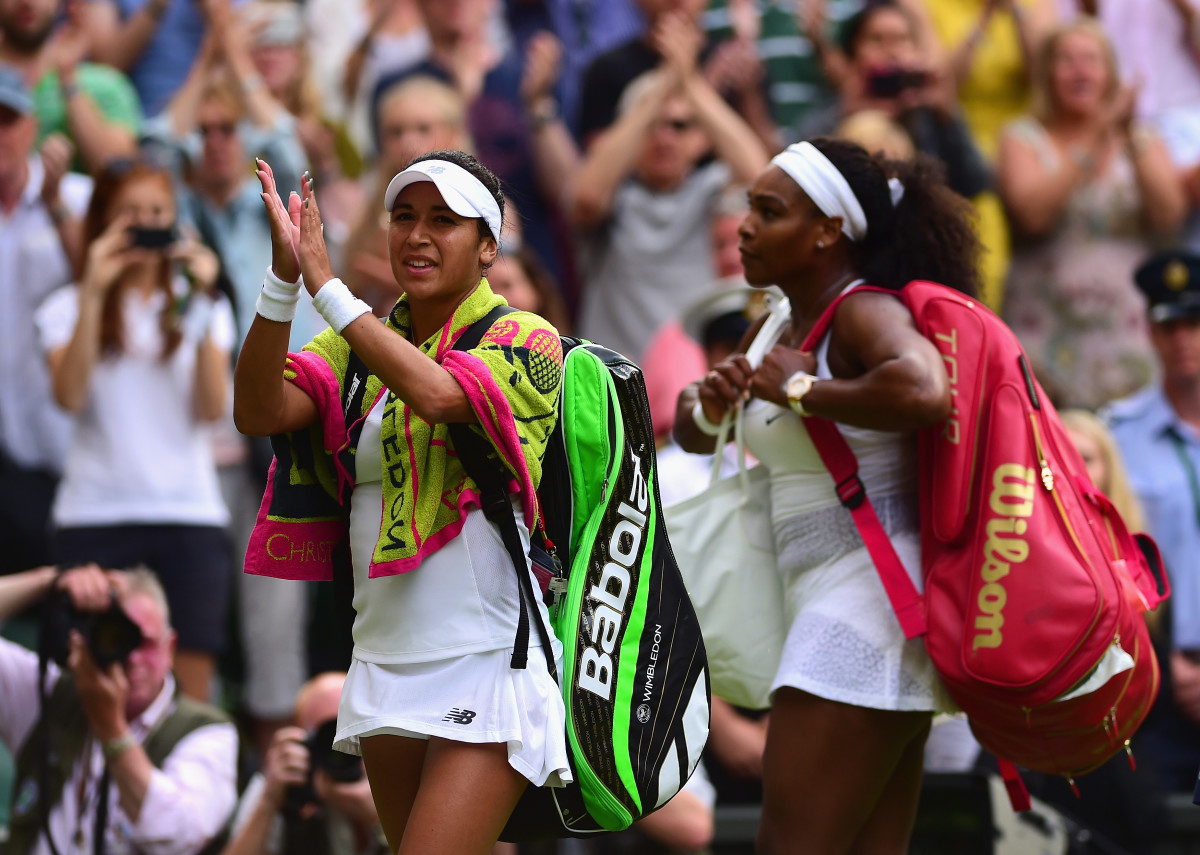
Petra Kvitova
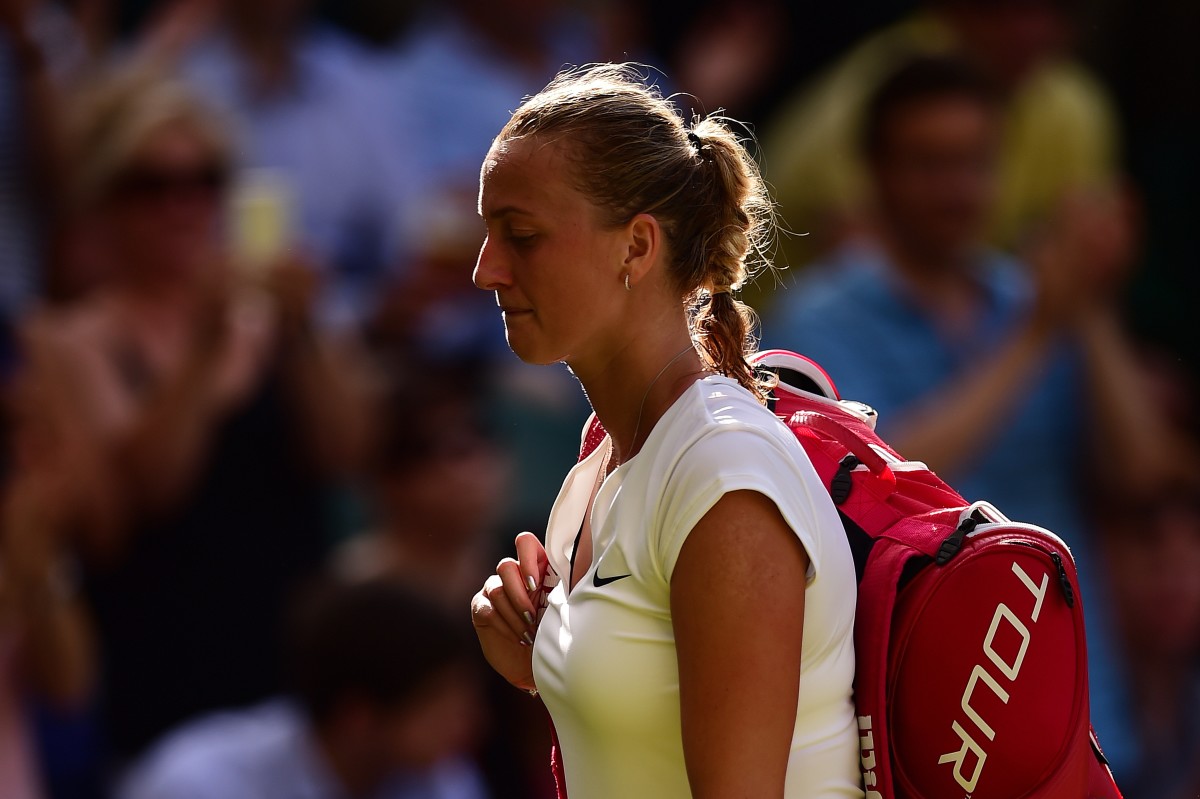
Petra Kvitova
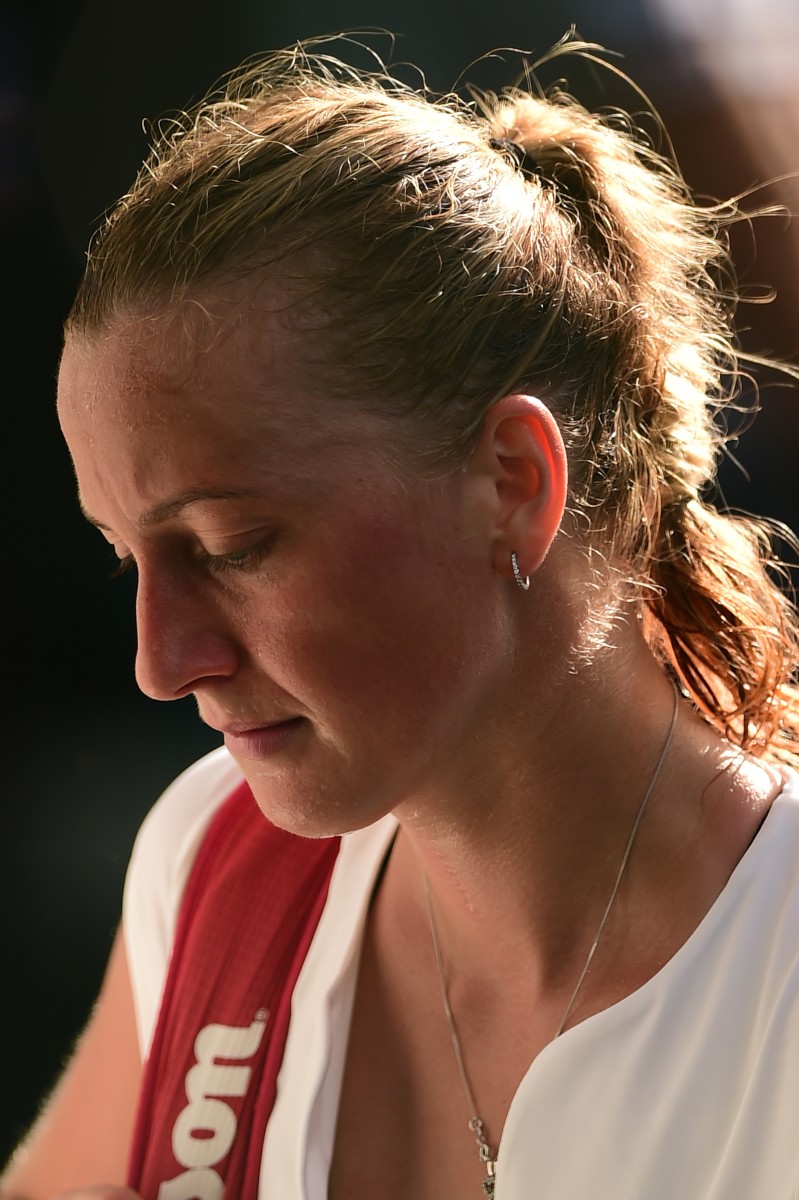
Vasek Pospisil
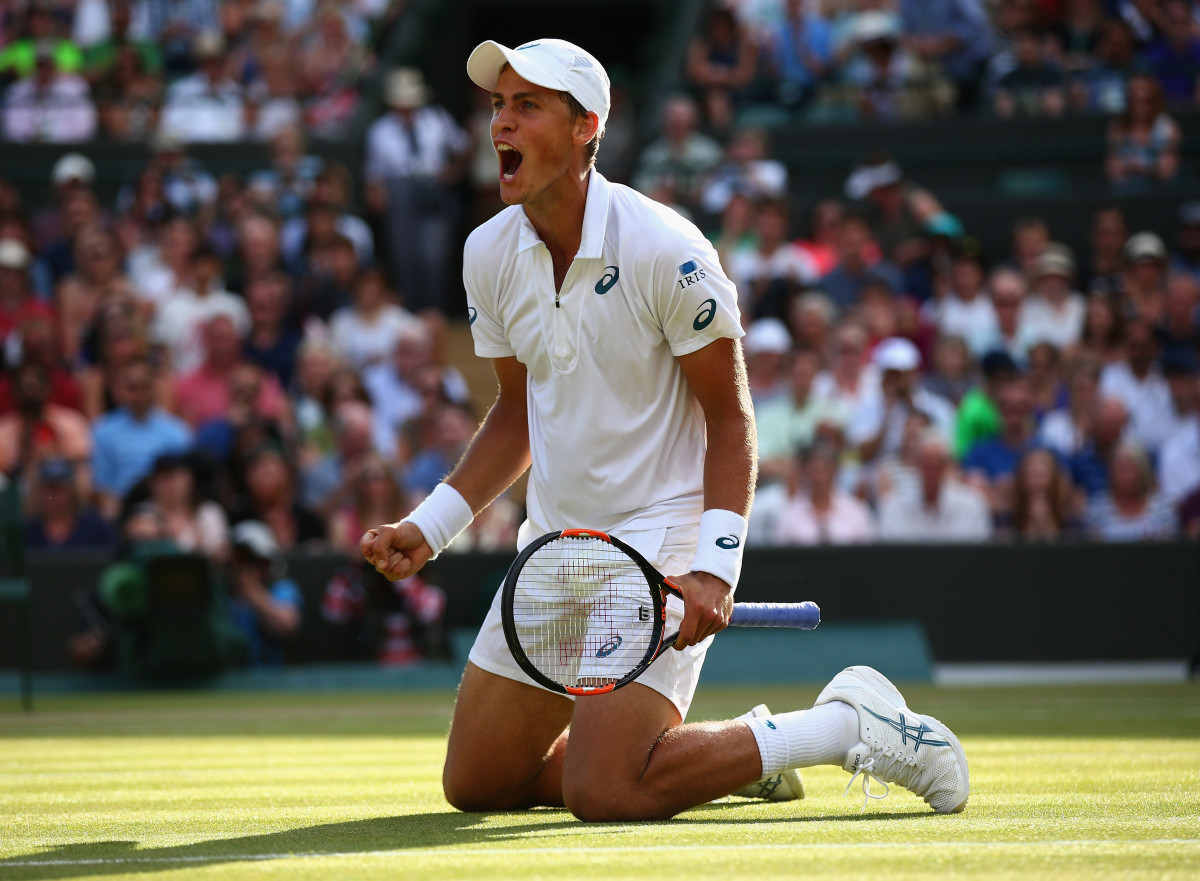
Jelena Jankovic
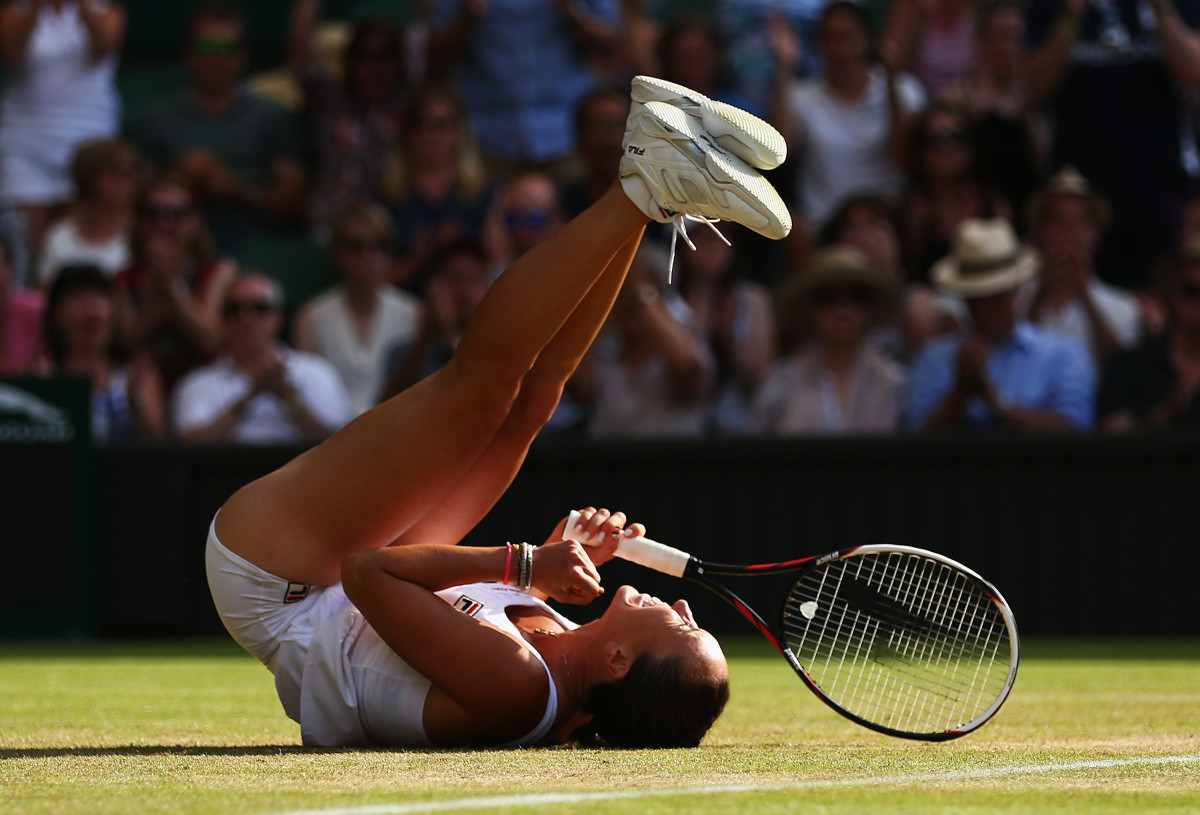
Wimbledon
Maria Sharapova
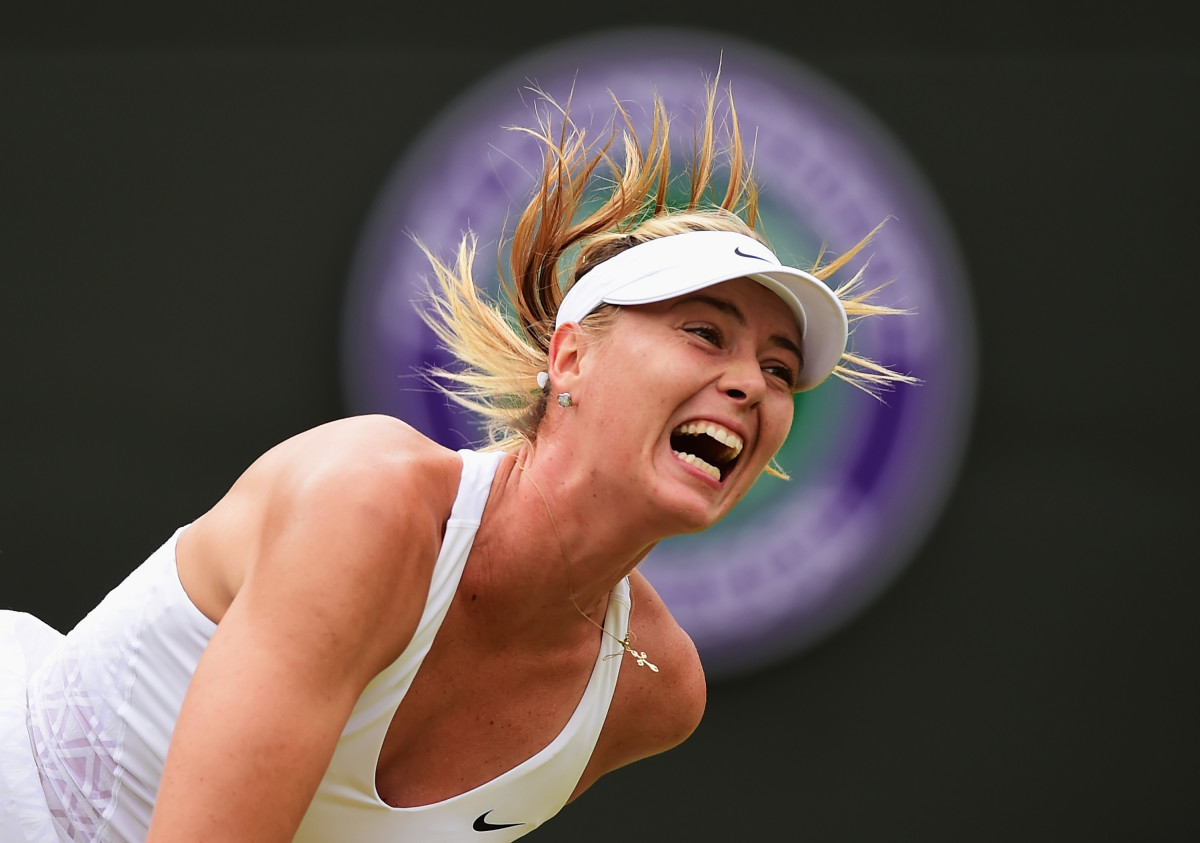
John Legend, Chrissy Teigen and Karlie Kloss
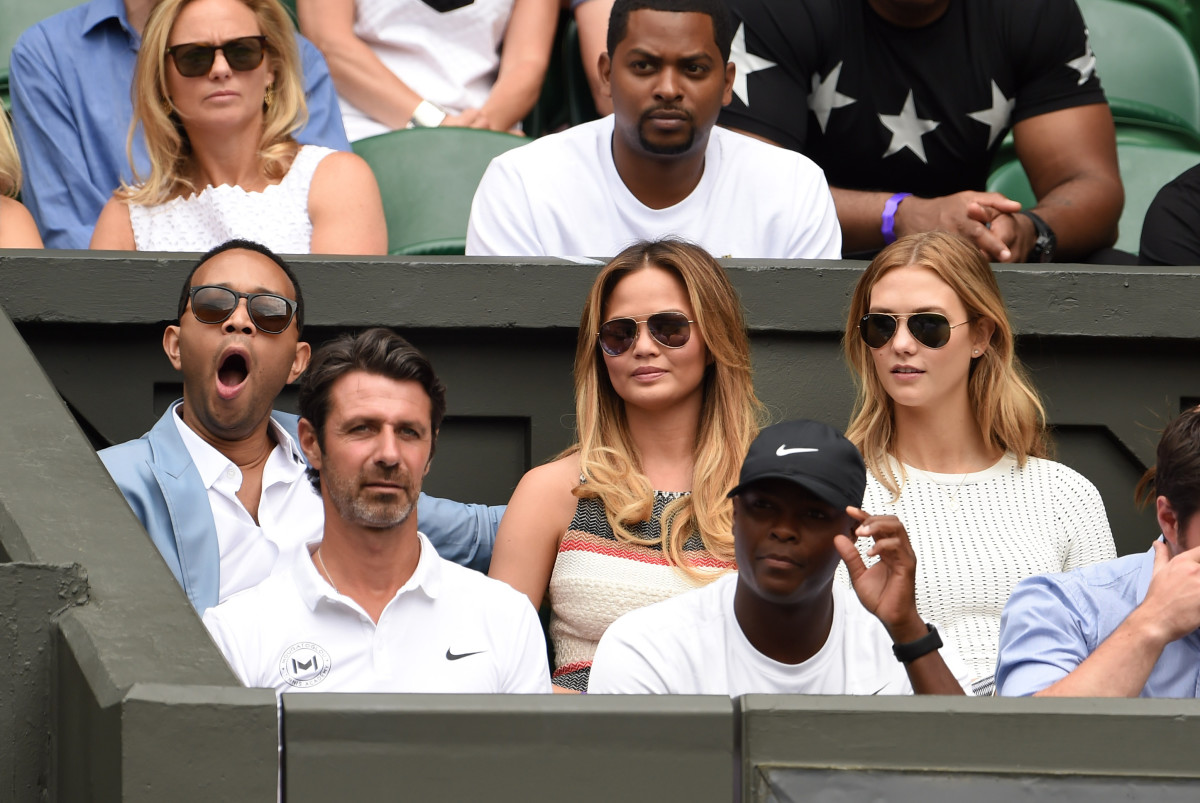
David Goffin
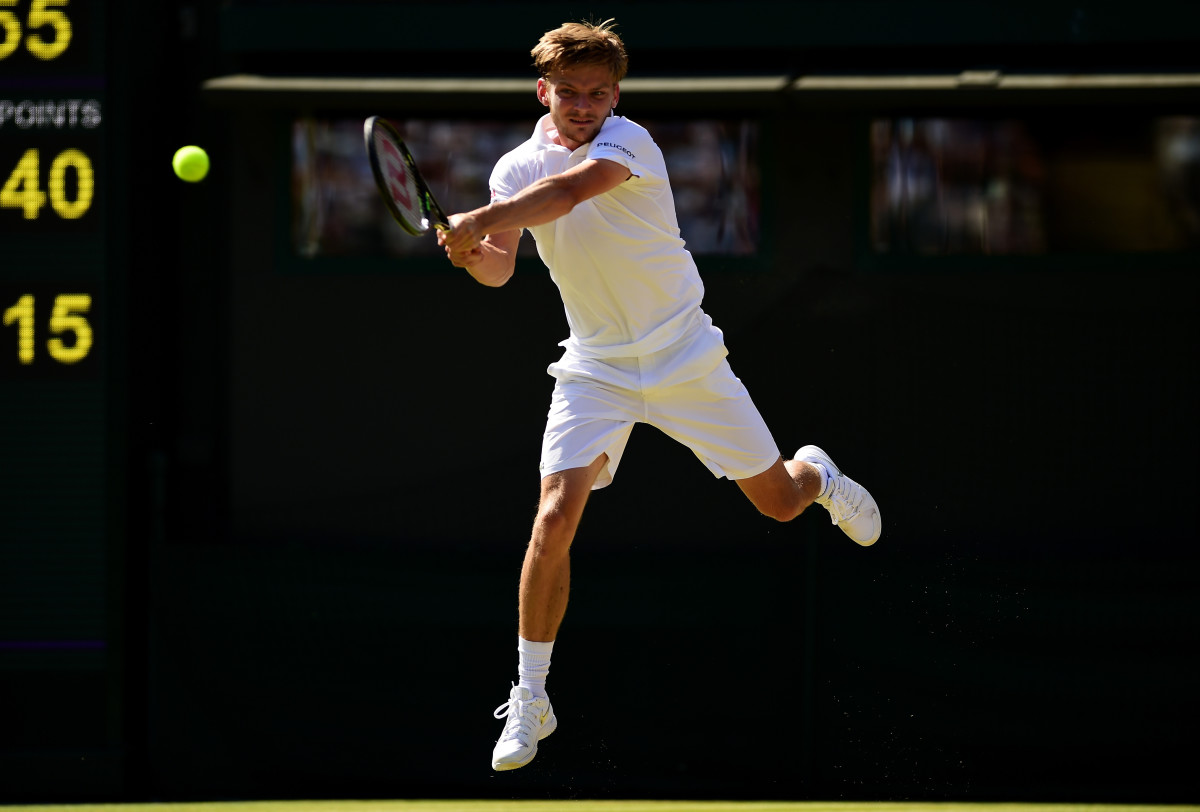
Garbine Muguruza
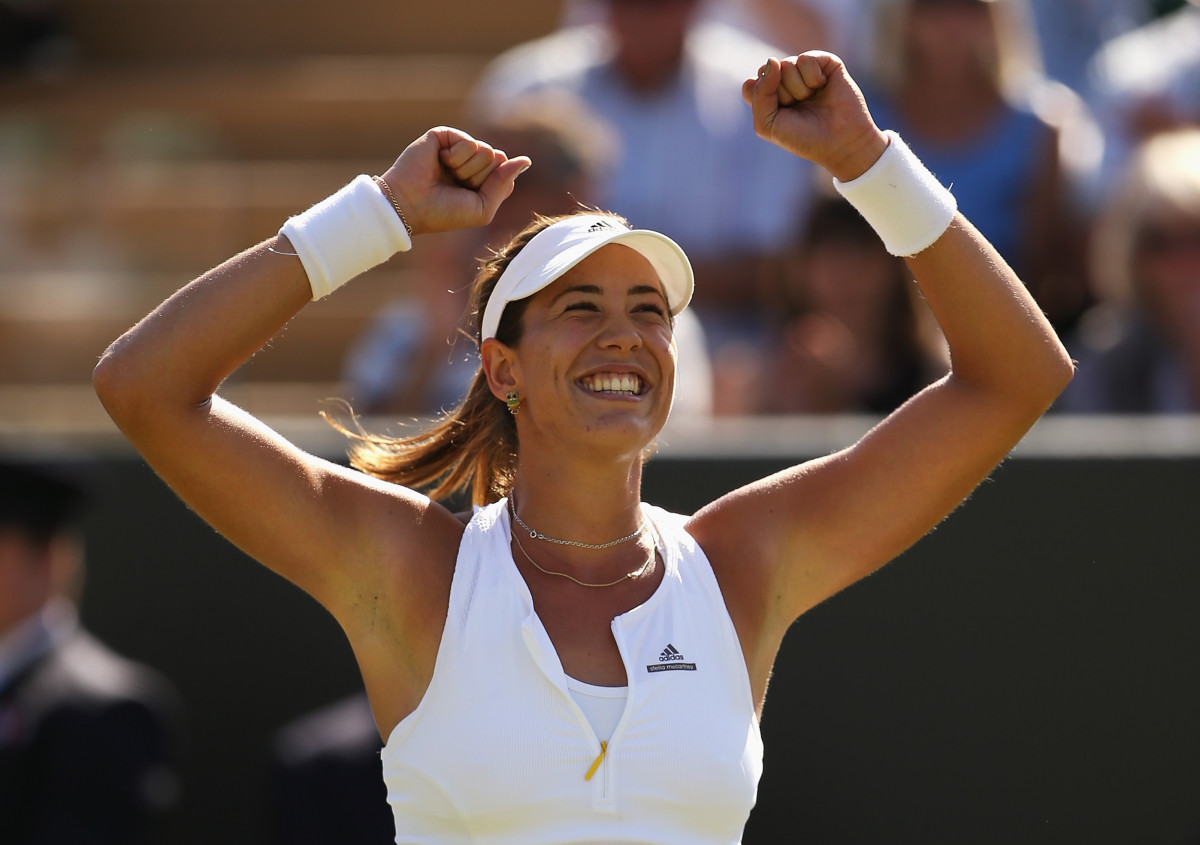
Timea Bacsinszky
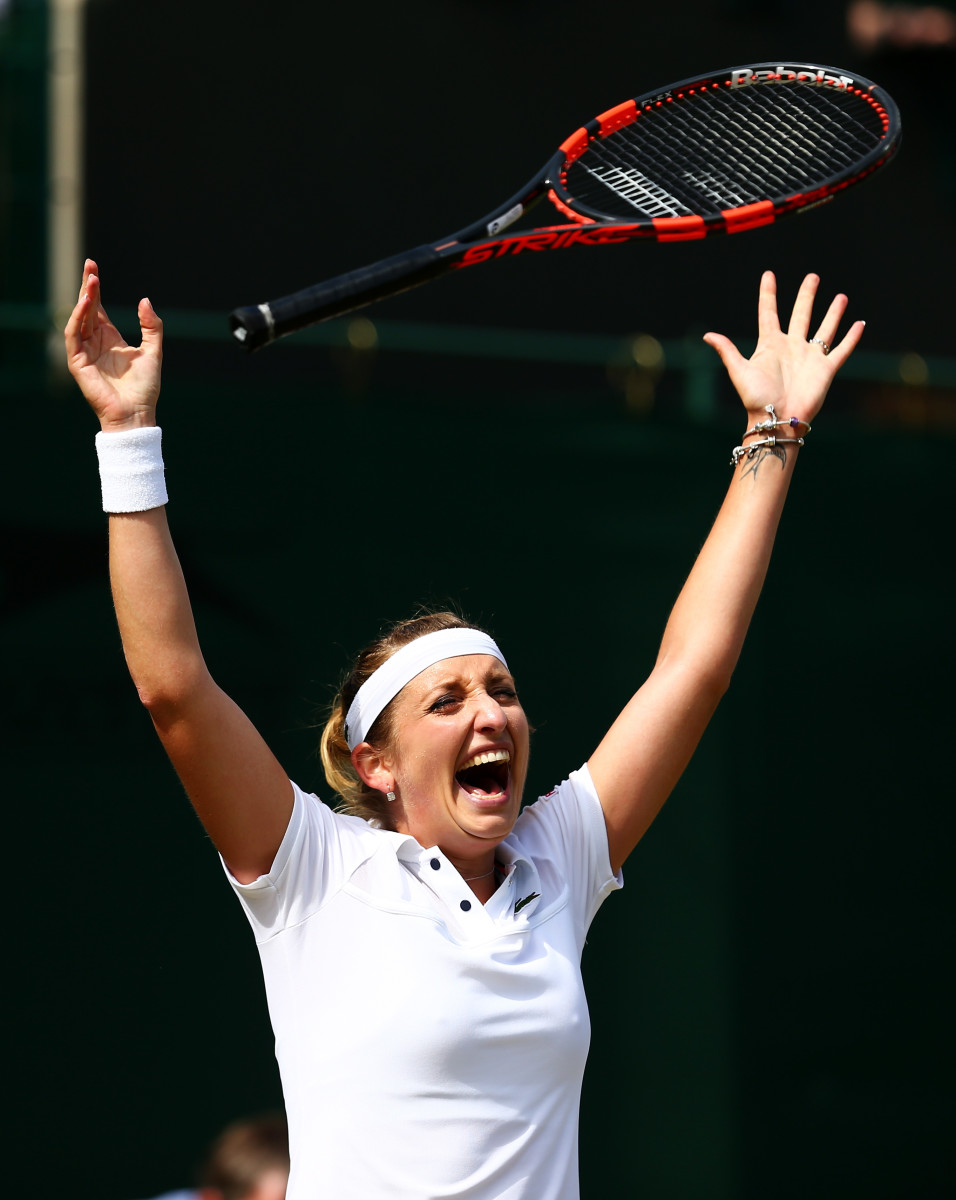
Kevin Anderson
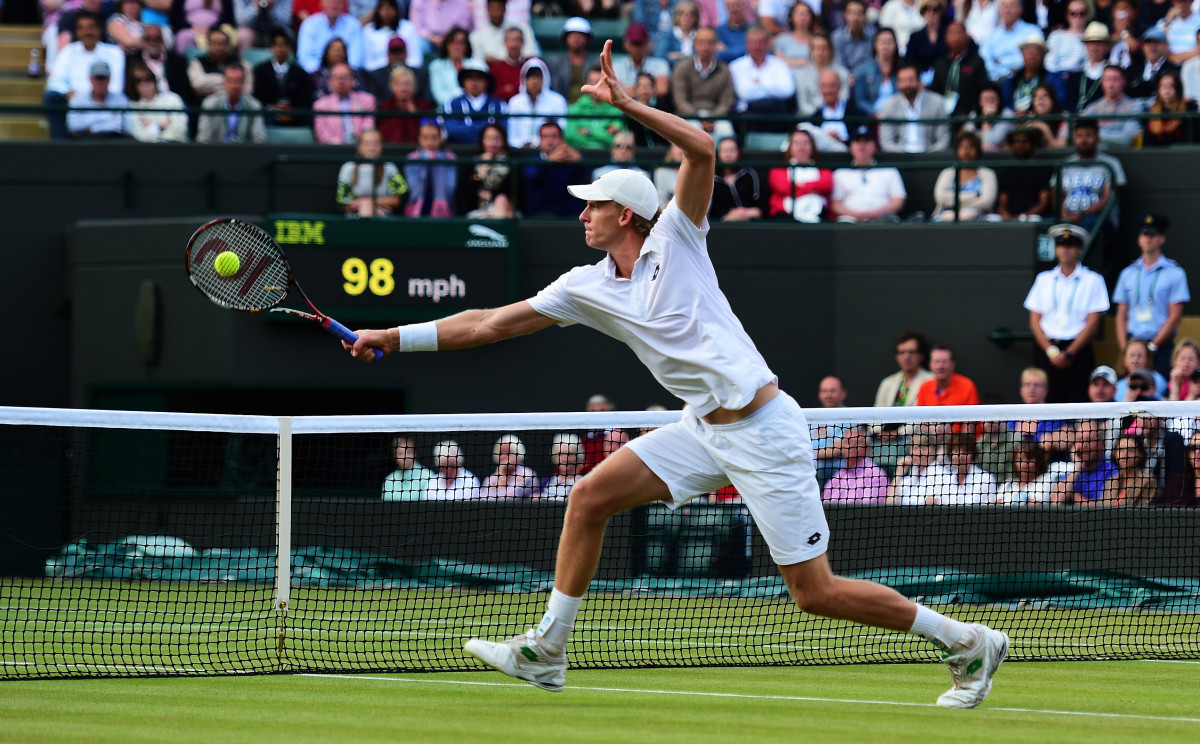
Lindsay Vonn
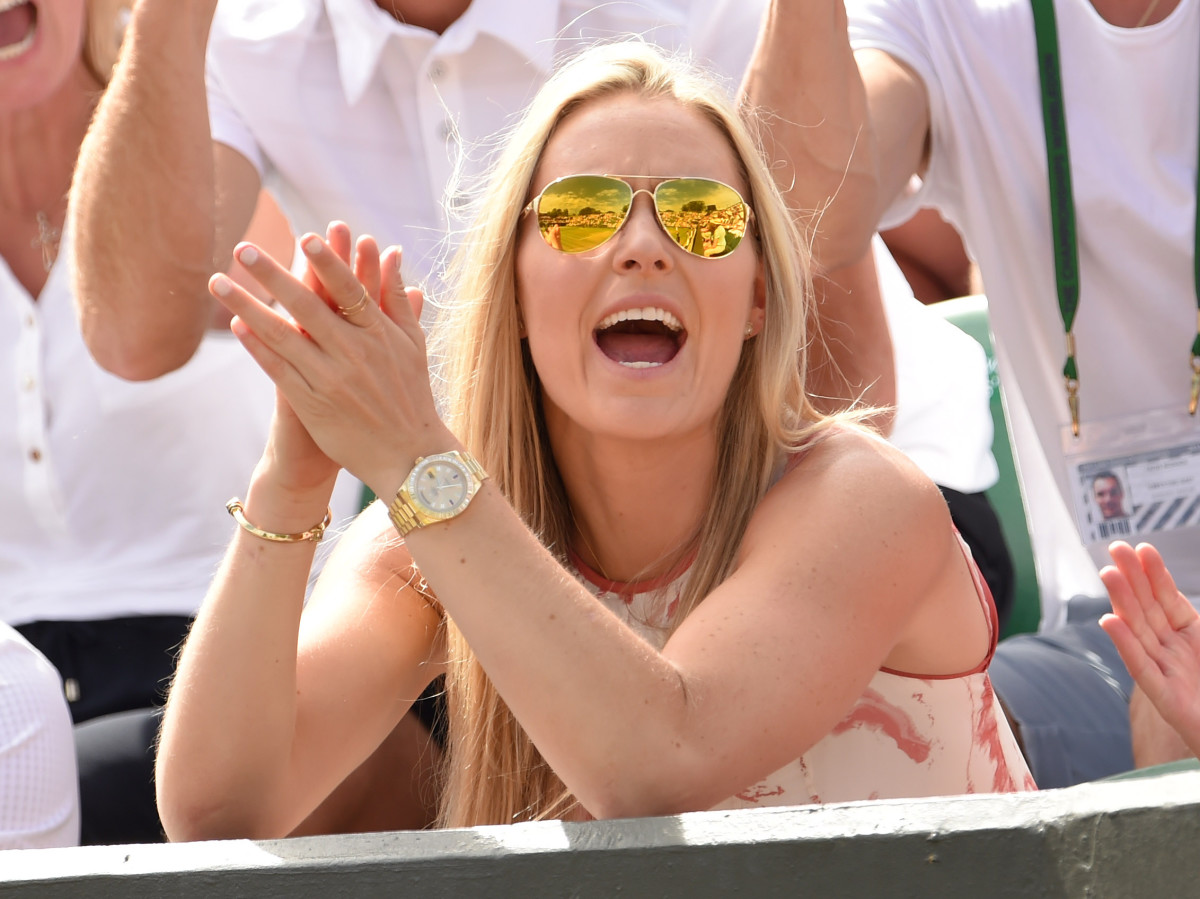
CoCo Vandeweghe
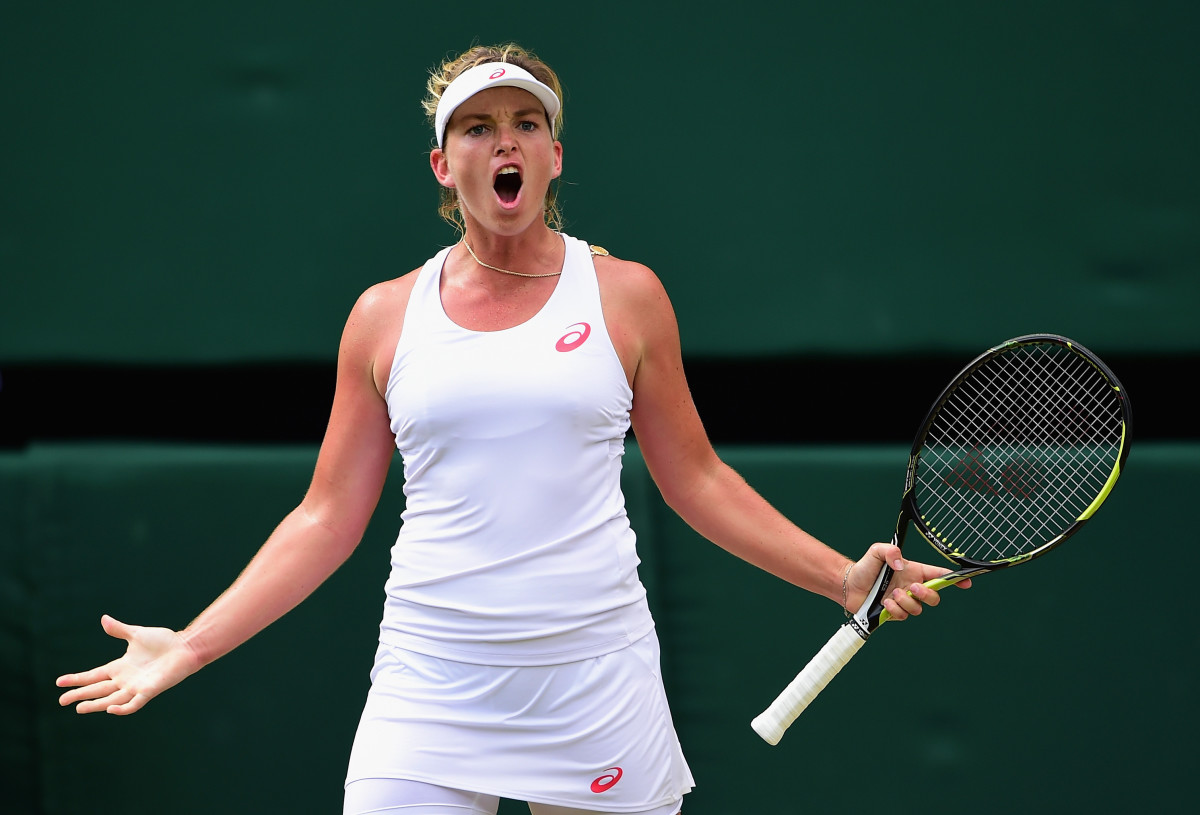
Wimbledon
Serena Williams
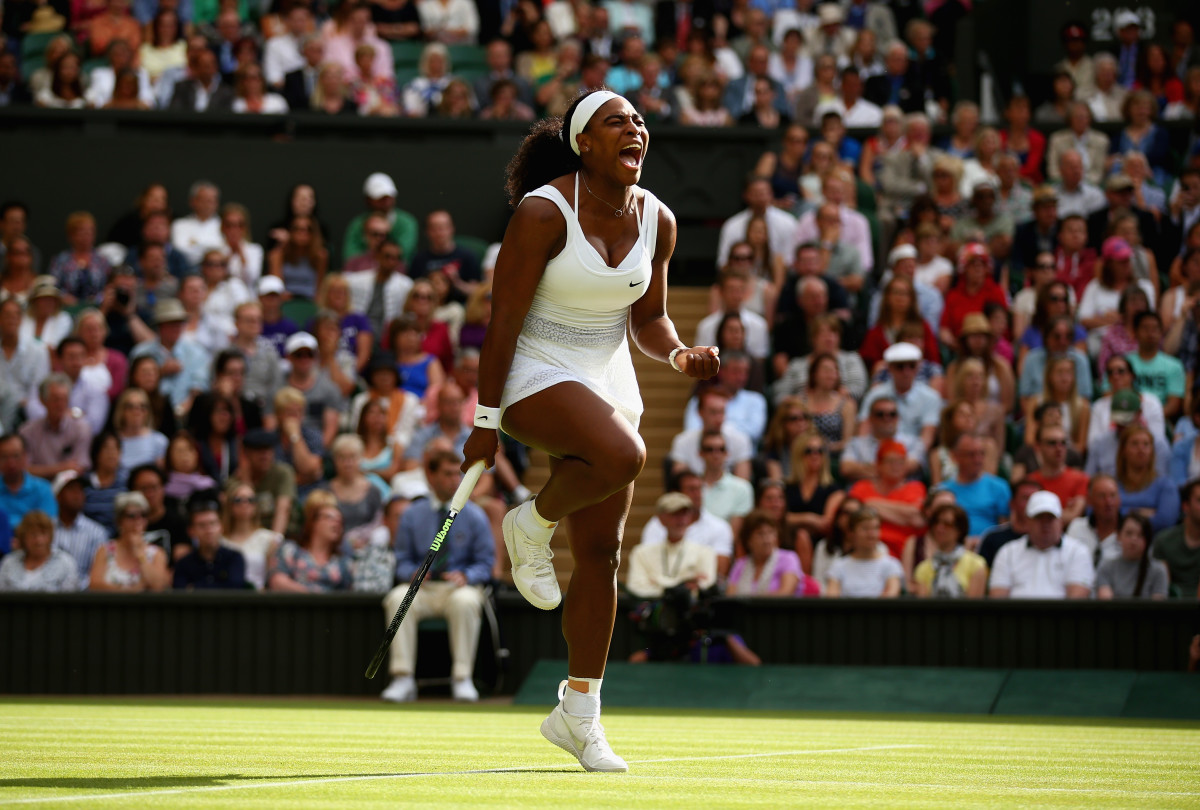
Serena Williams
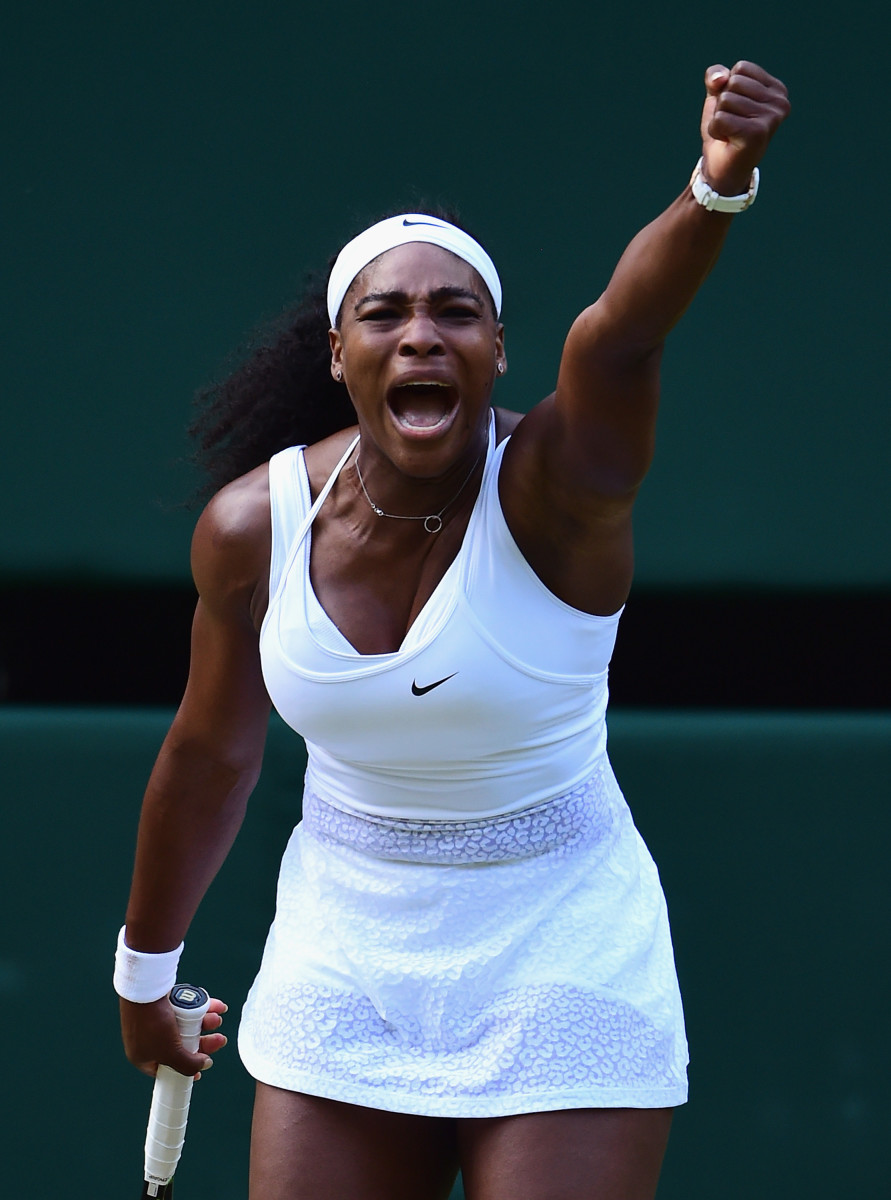
Victoria Azarenka
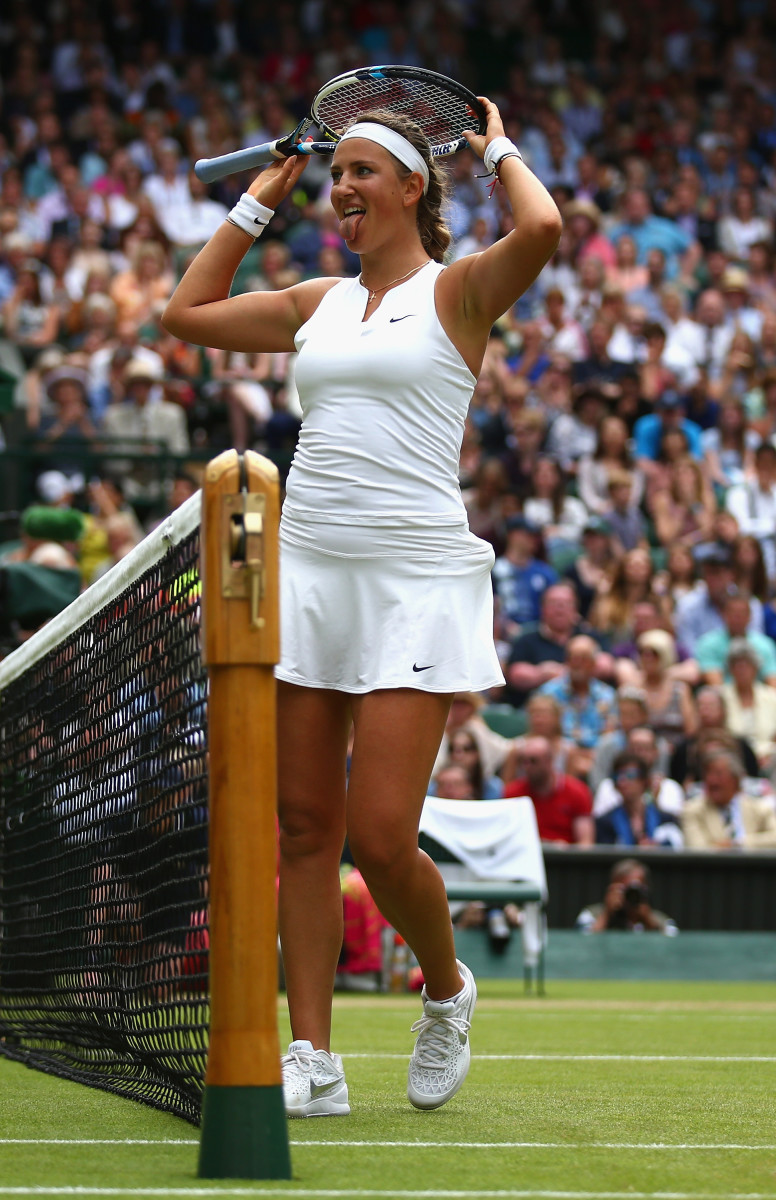
Venus Williams and Drake
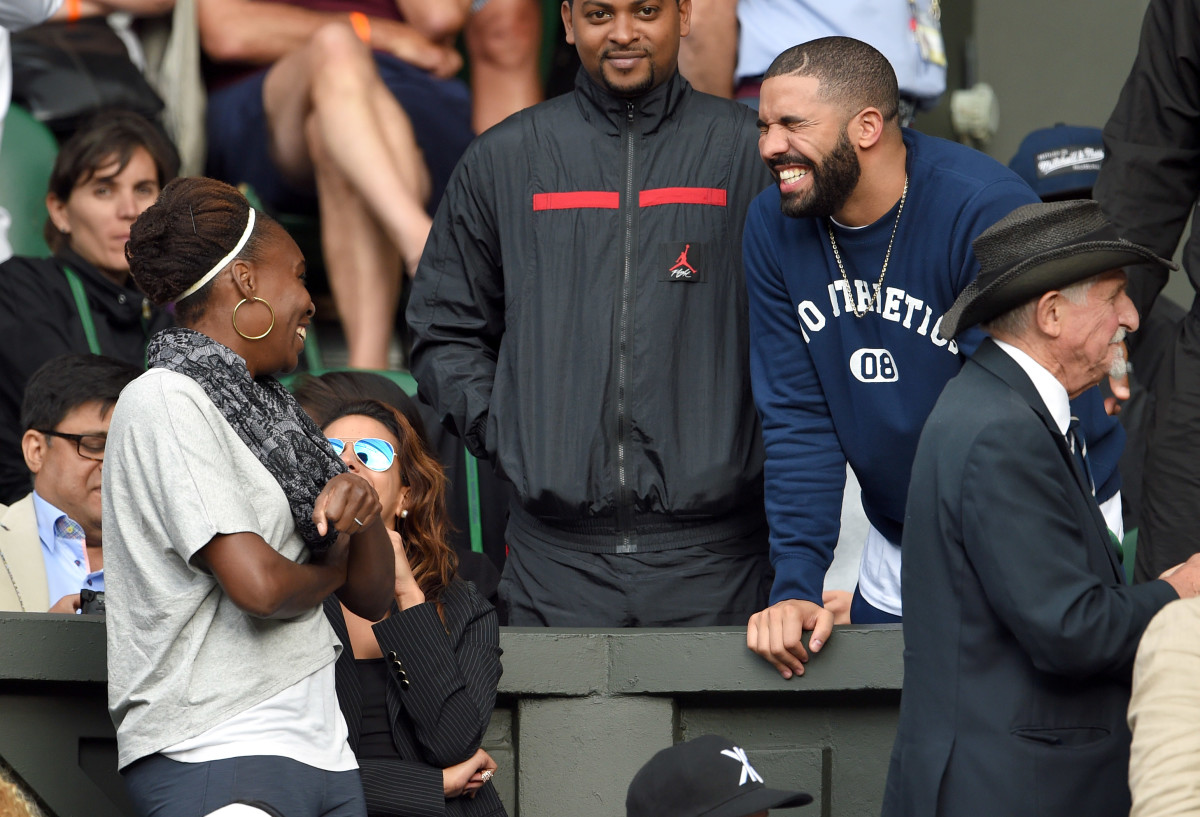
Andy Murray
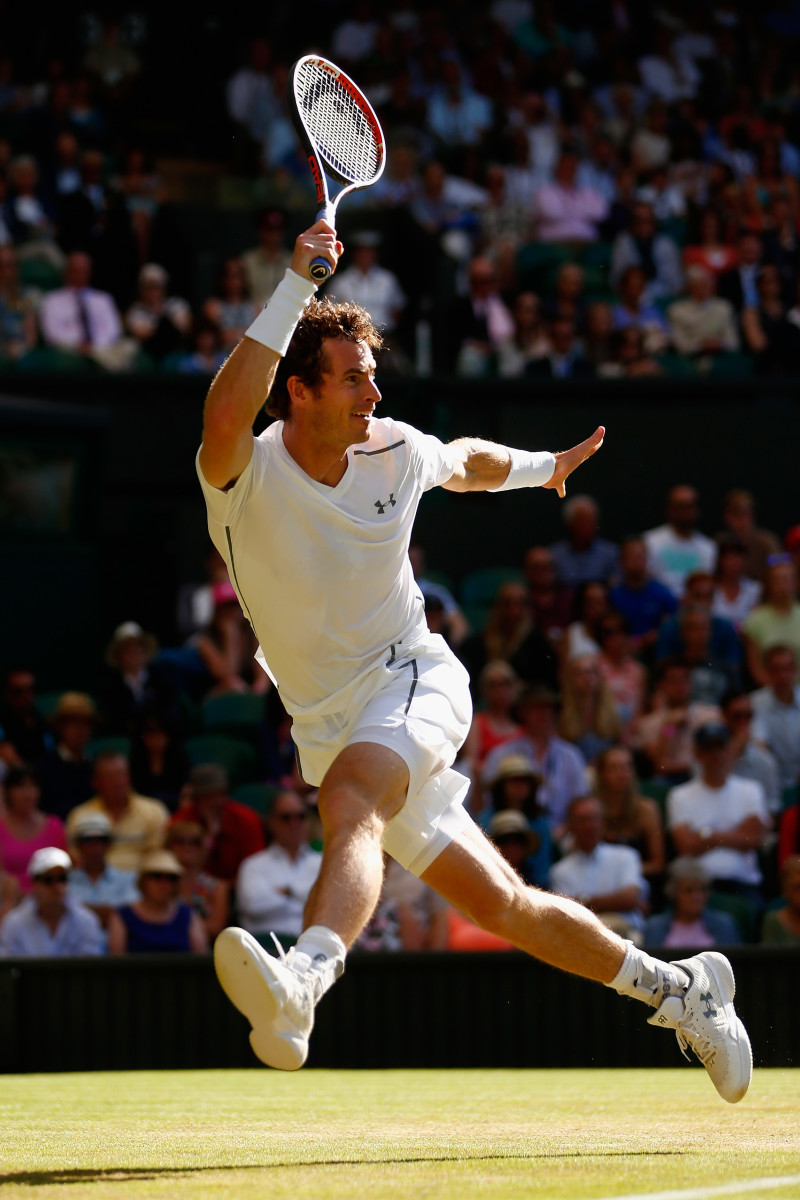
David Beckham and son, Romeo
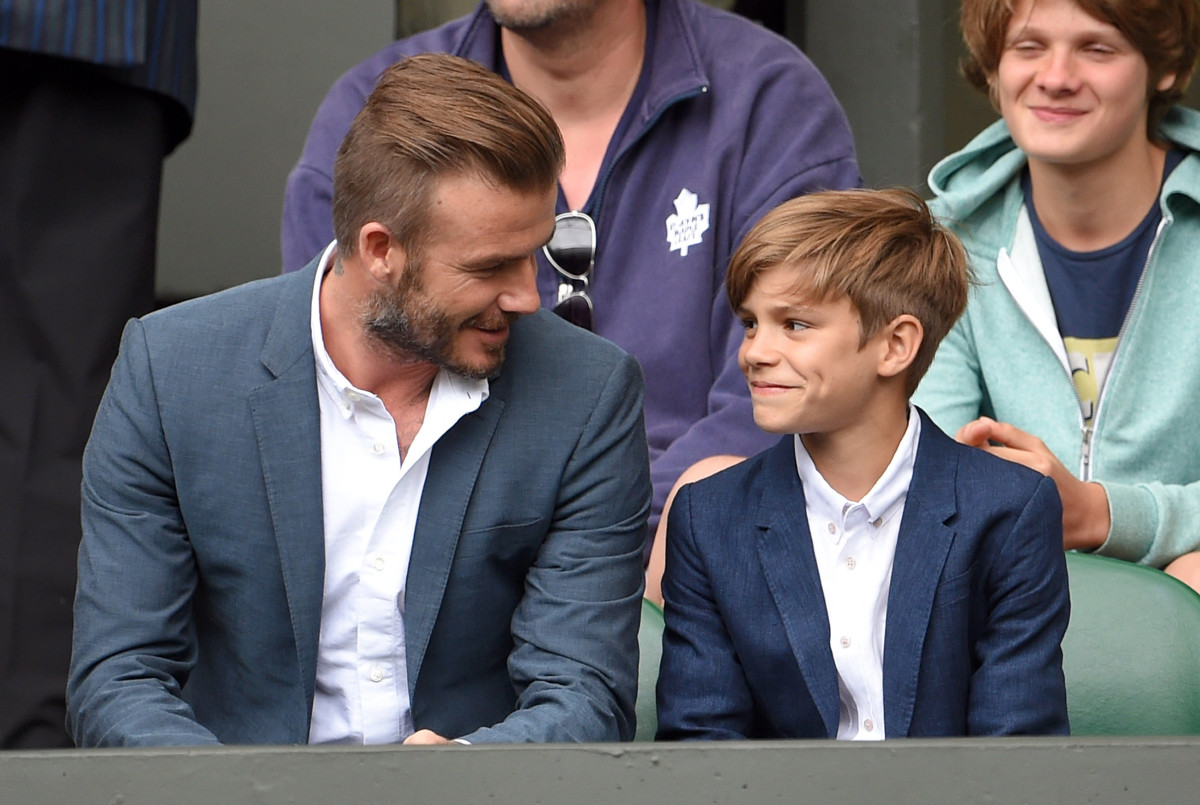
Bradley Cooper and Mirka Federer
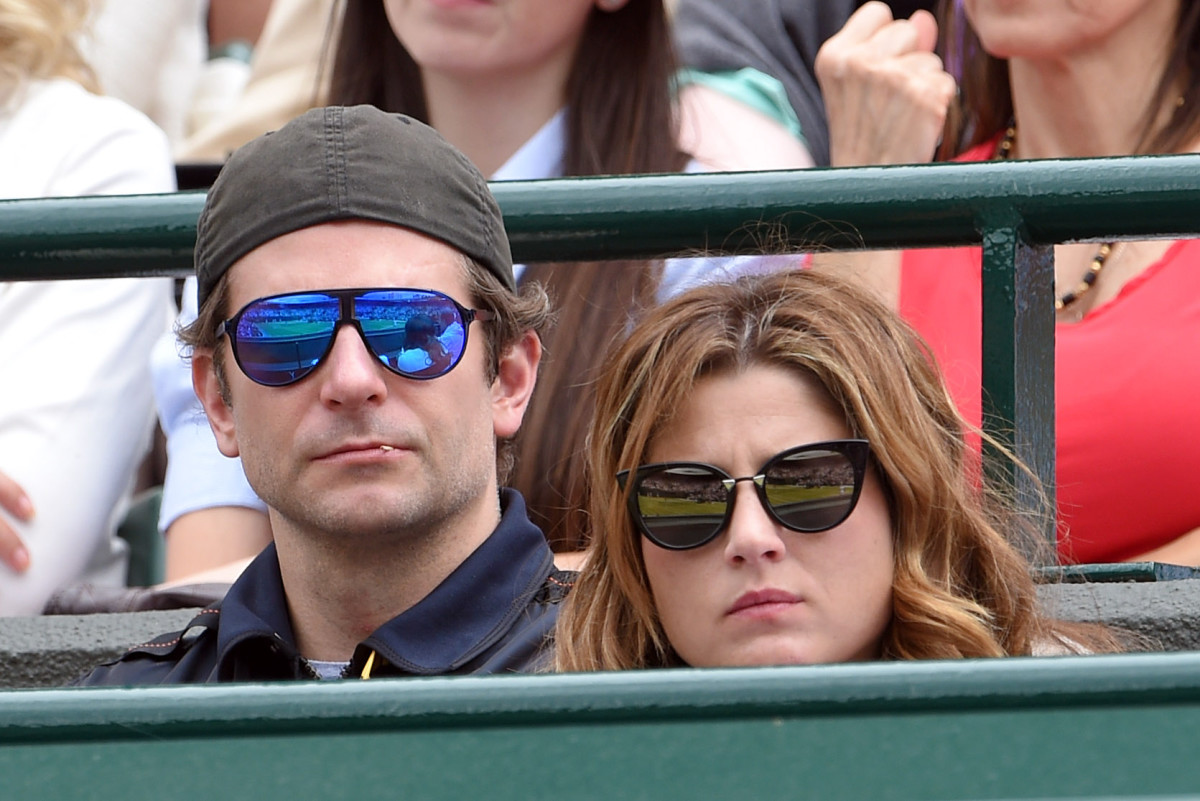
A major non-structural change occurred in 2000 when the All England Club switched from a mixture of 70% ryegrass and 30% red fescue for its playing surface to 100% ryegrass for increased durability. The tournament still uses Rufus, a trained Harris Hawk, to patrol the courts for one hour the mornings of The Championships prior to the gates opening as a deterrent to pigeons roosting on the grounds.
In 2009, a new 4,000-seat No. 2 Court replaced No. 13 Court. (There is now no longer a No. 13 Court on the grounds, as the 19 championship grass courts are all numbered 1 through 19, except for Centre taking the place of 13.) At the same time, a brand-new No. 3 Court gave The Championships a 2,000-seat venue where the old No. 2 Court and No. 3 Court previously stood.
• My first Wimbledon: SI editor chronicles first All England Club visit
While the Wimbledon grounds enjoyed the addition of 6,000 new stadium-style seats in 2009, the most talked about addition that year came with Centre Court’s brand-new retractable roof.
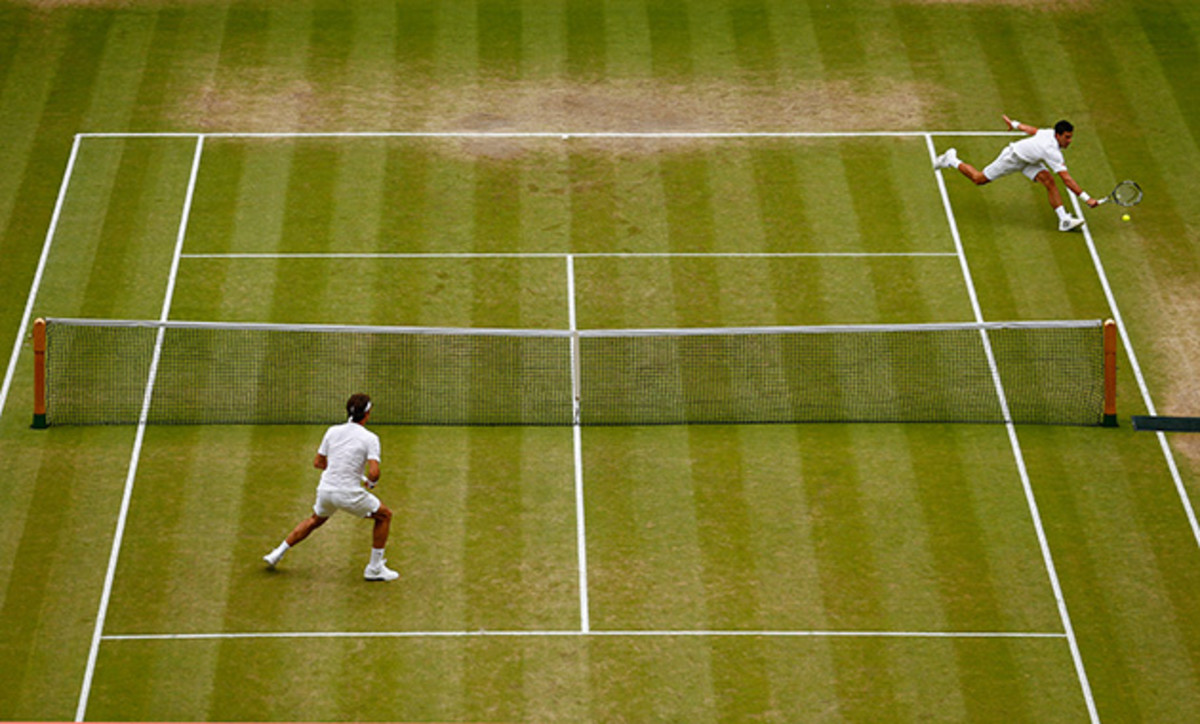
Plans remain to continue expansion of The Championships, including with a retractable roof over No. 1 Court. Now, though, the site can house 39,000 spectators on the grounds at one time with its 19 championship grass courts, 22 practice courts and a mix of clay, indoor and acrylic courts used by the club throughout the year. Including parking, the club covers over 42 acres. This year’s tournament will take place from June 27 to July 10, 2016 and mark the 130th edition of the Grand Slam tournament, the 49th in the Open Era.
Worple Road simply couldn’t hold the popularity of tennis in London’s Wimbledon, even in the 1920s, much to the benefit of Wimbledon High School.
TimNewcombcovers sportsaesthetics—stadiums to sneakers—and training for Sports Illustrated. Follow him on Twitter at@tdnewccomb.
